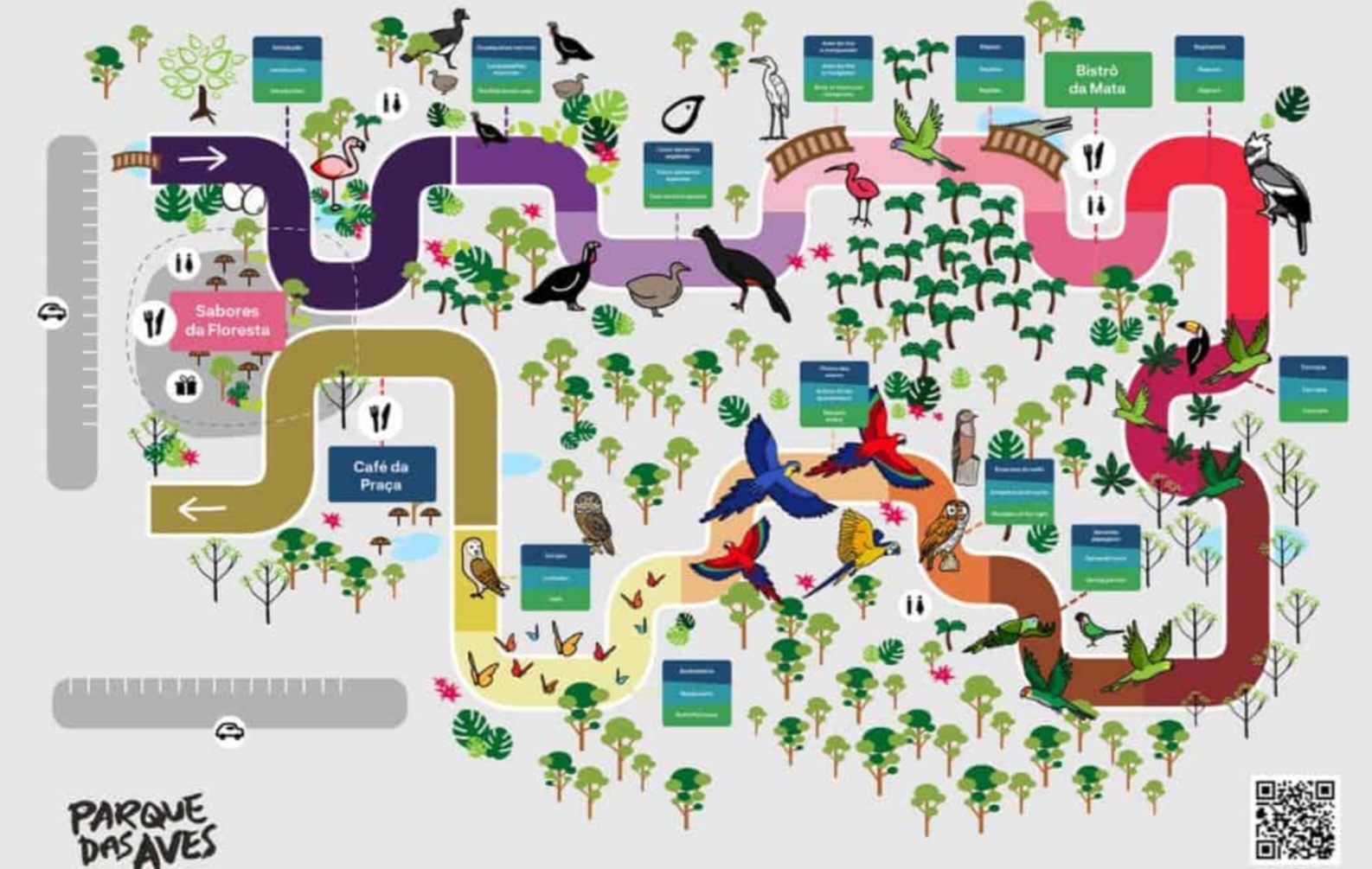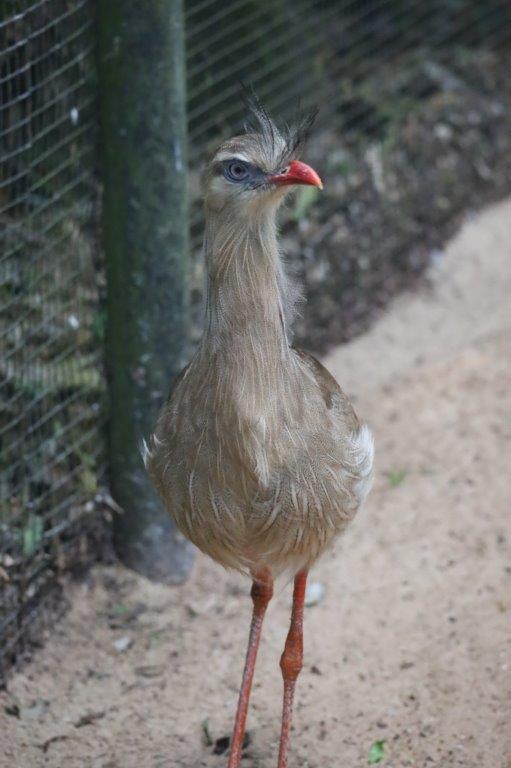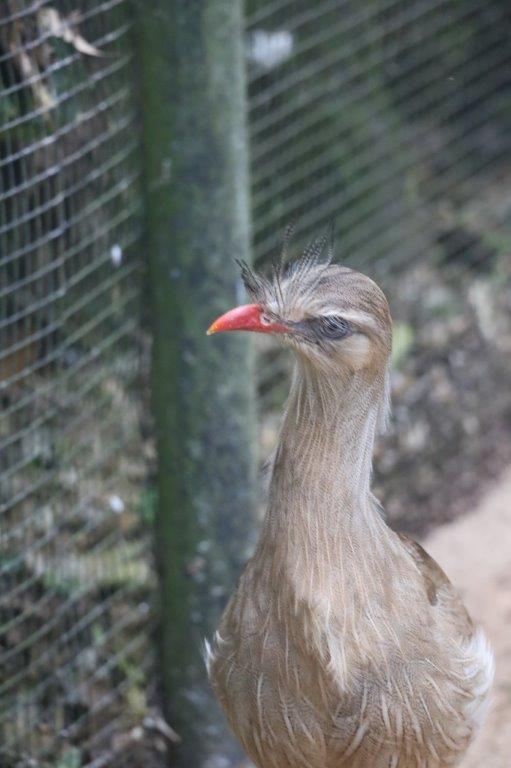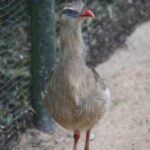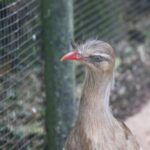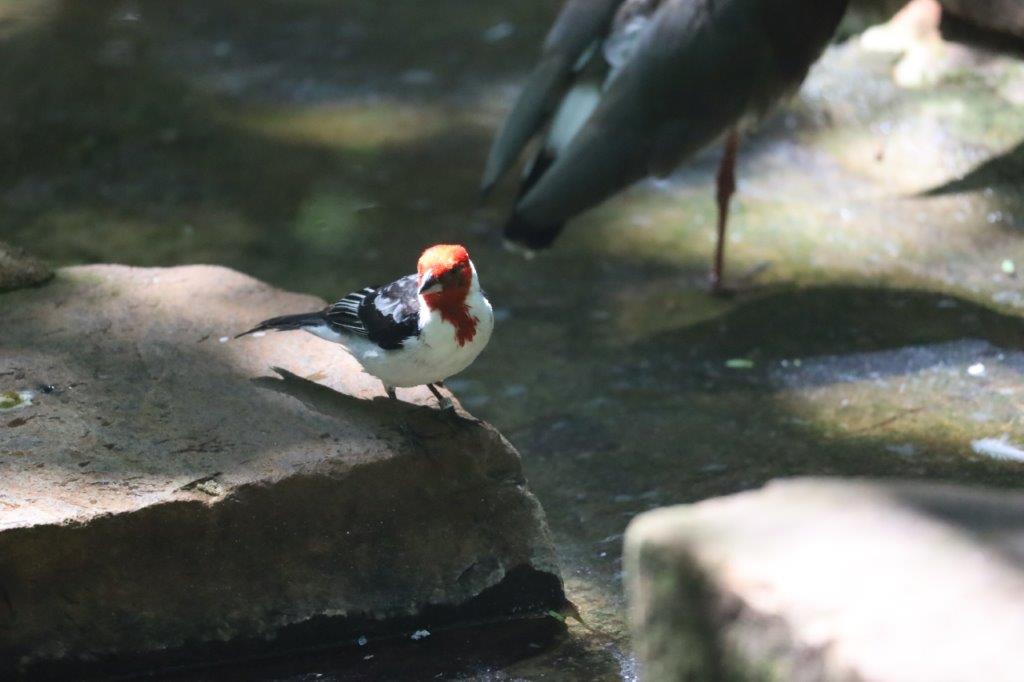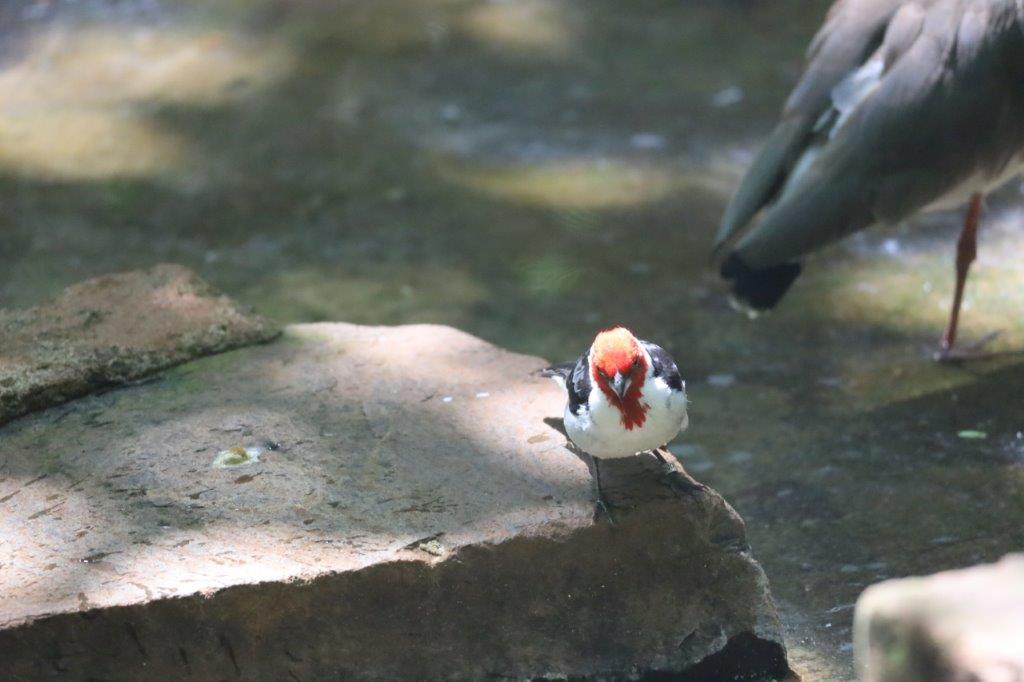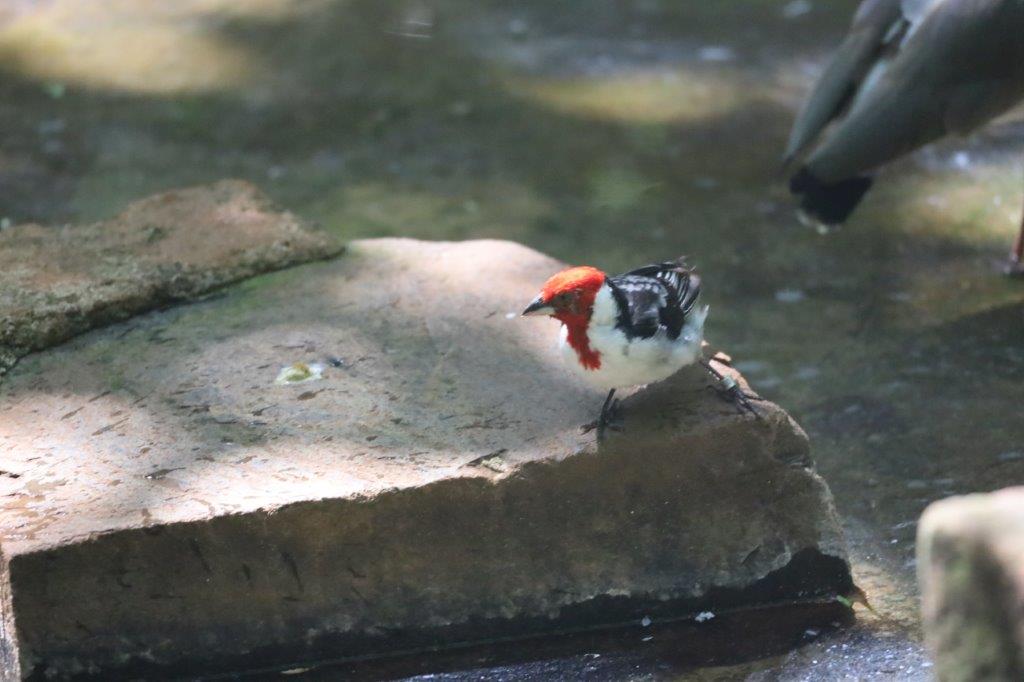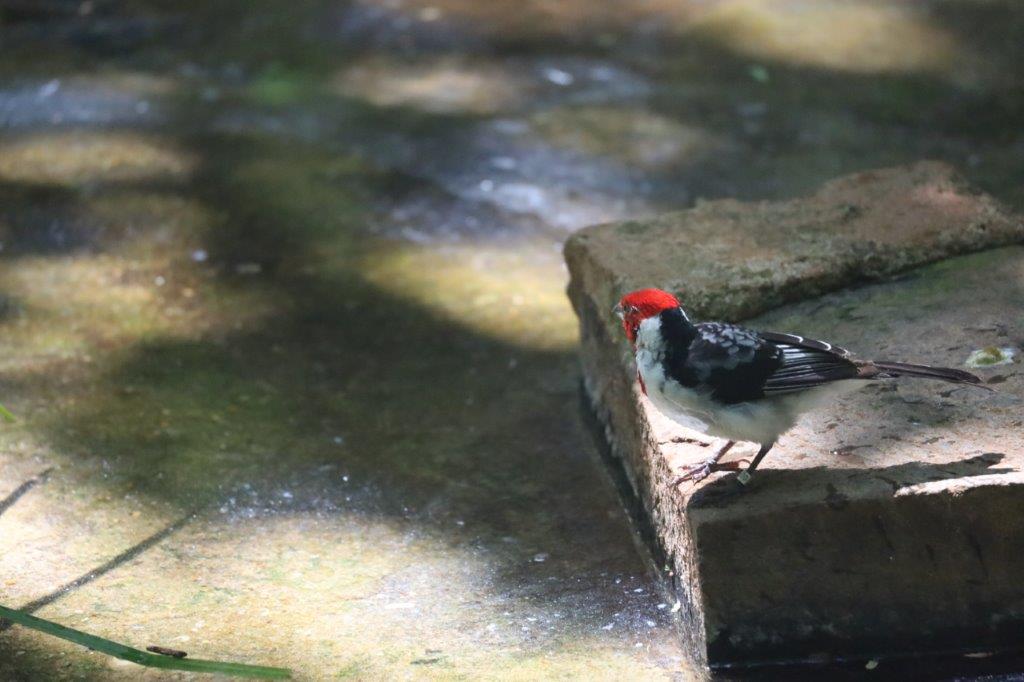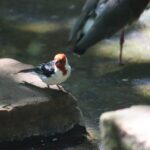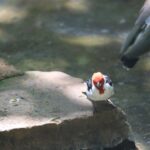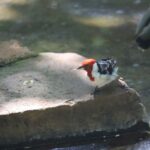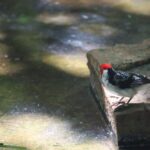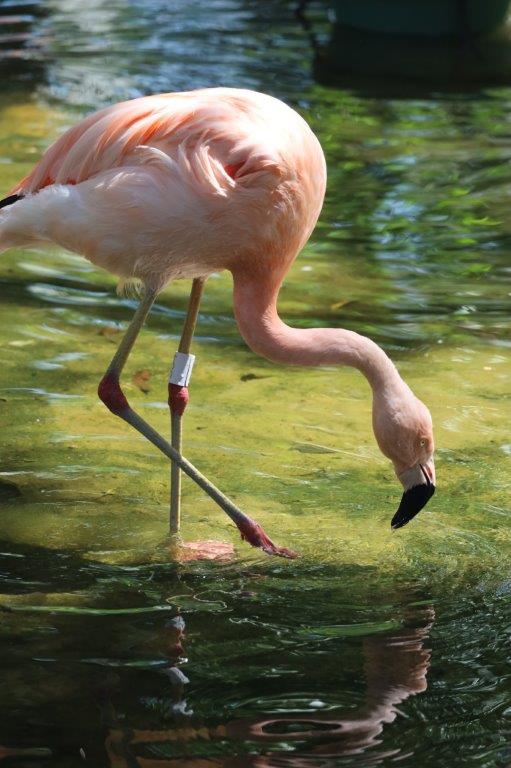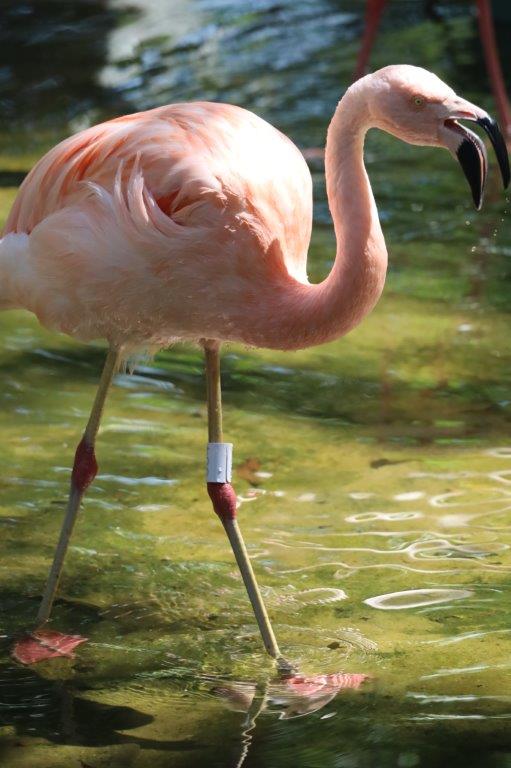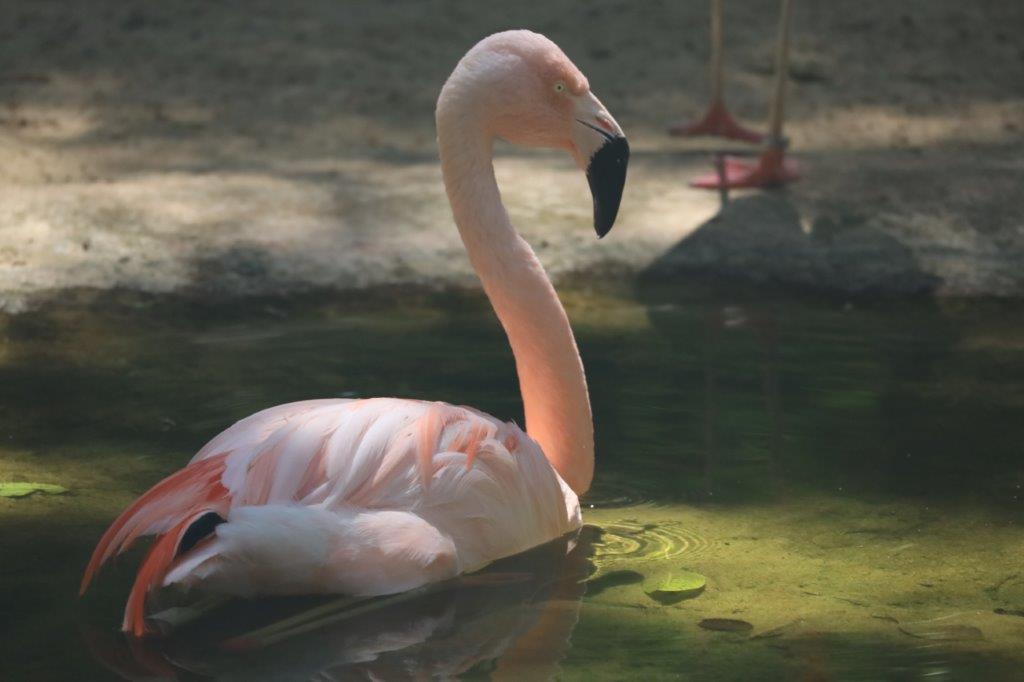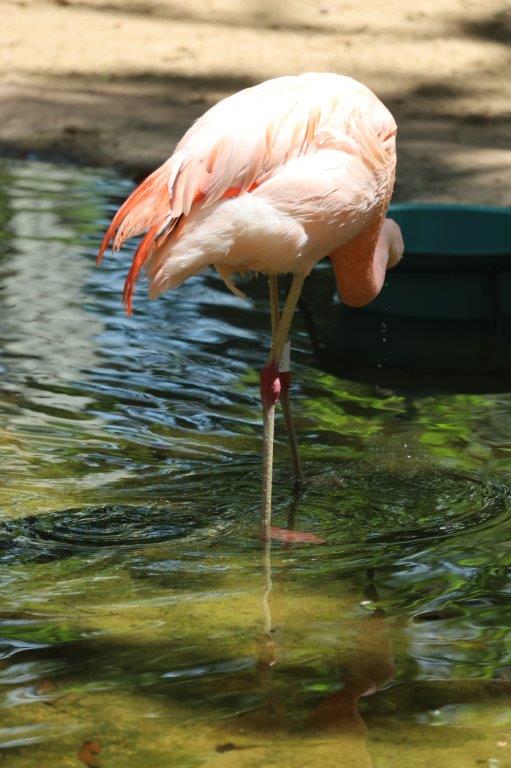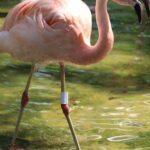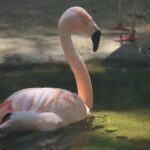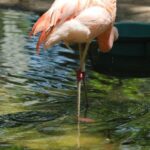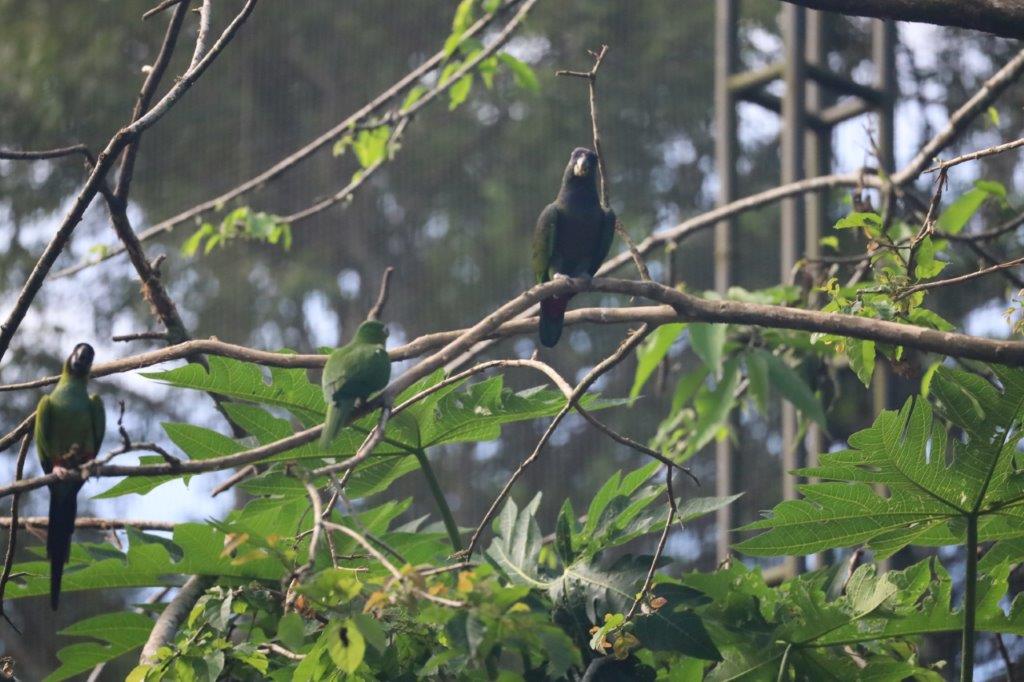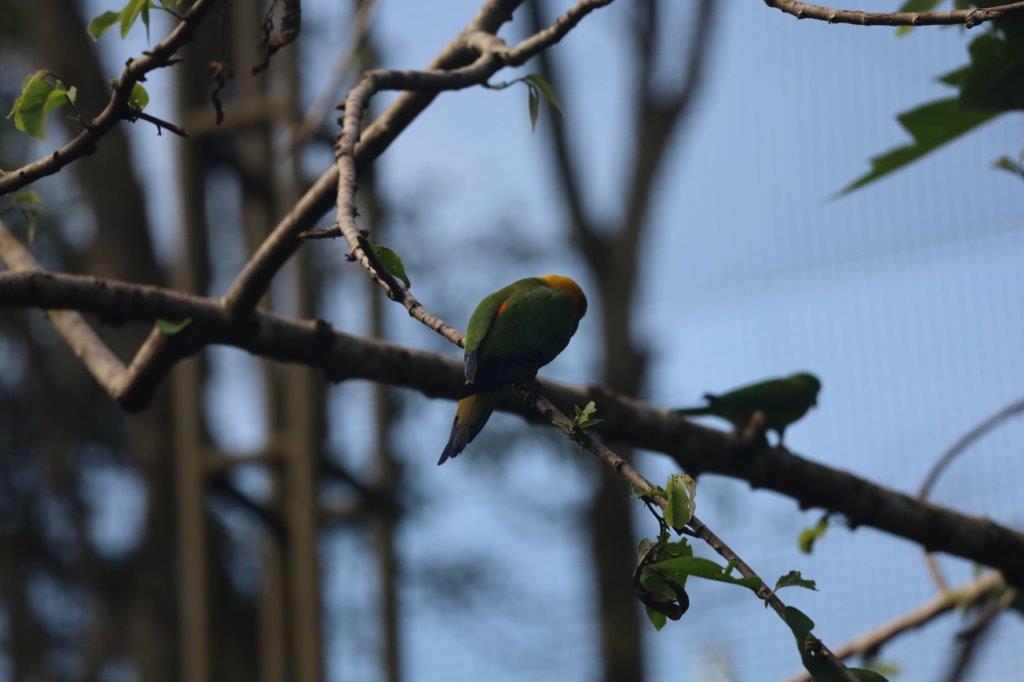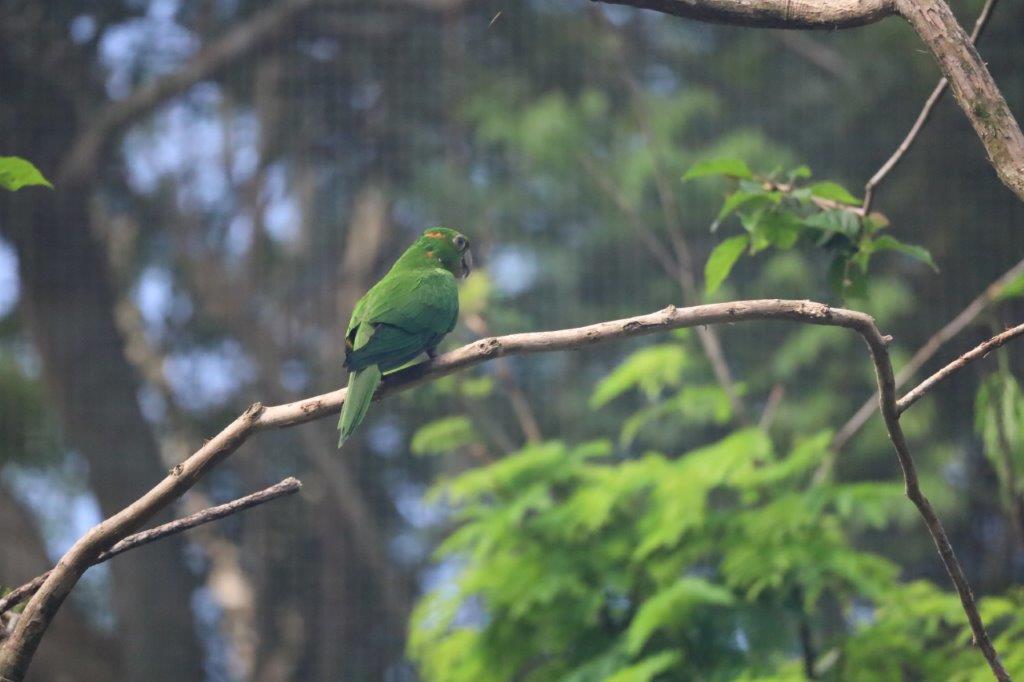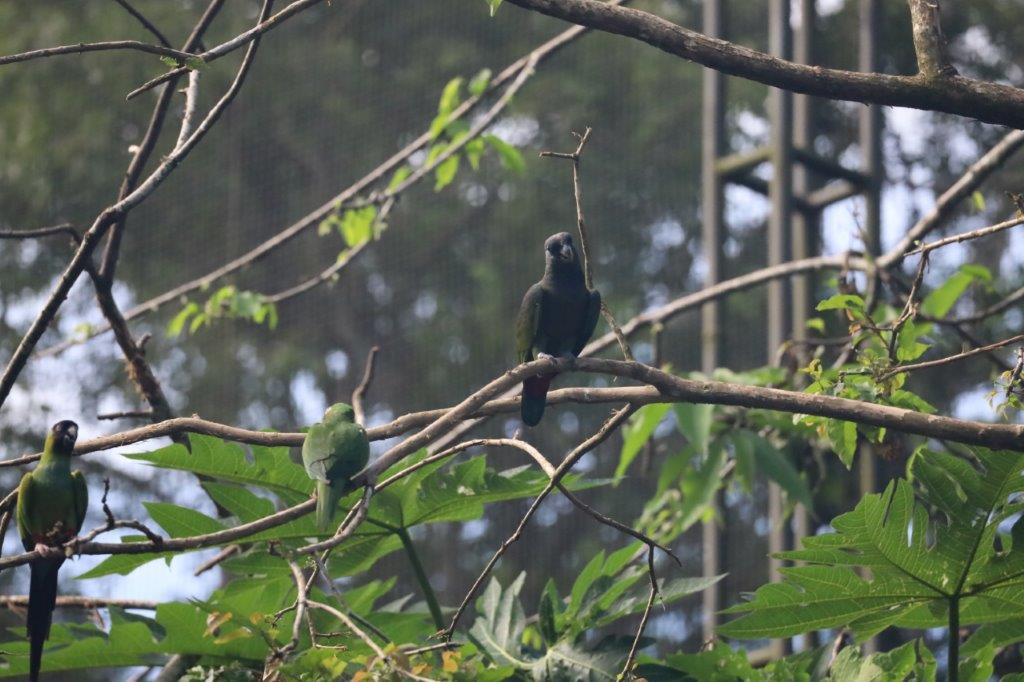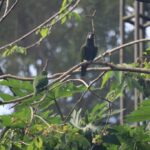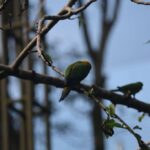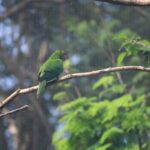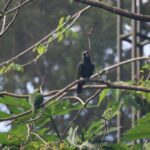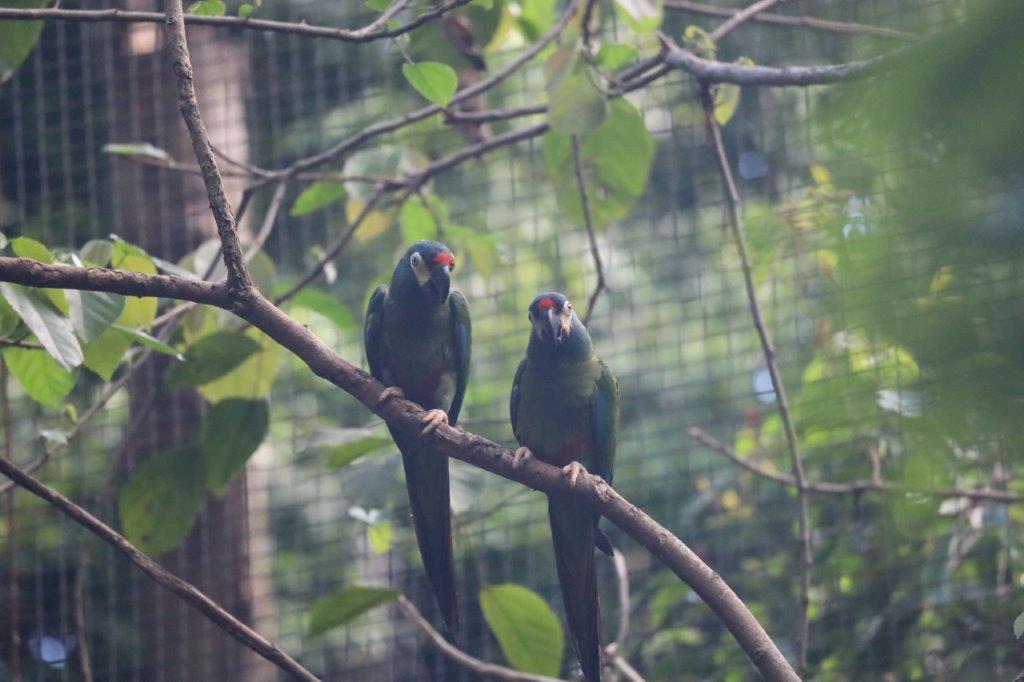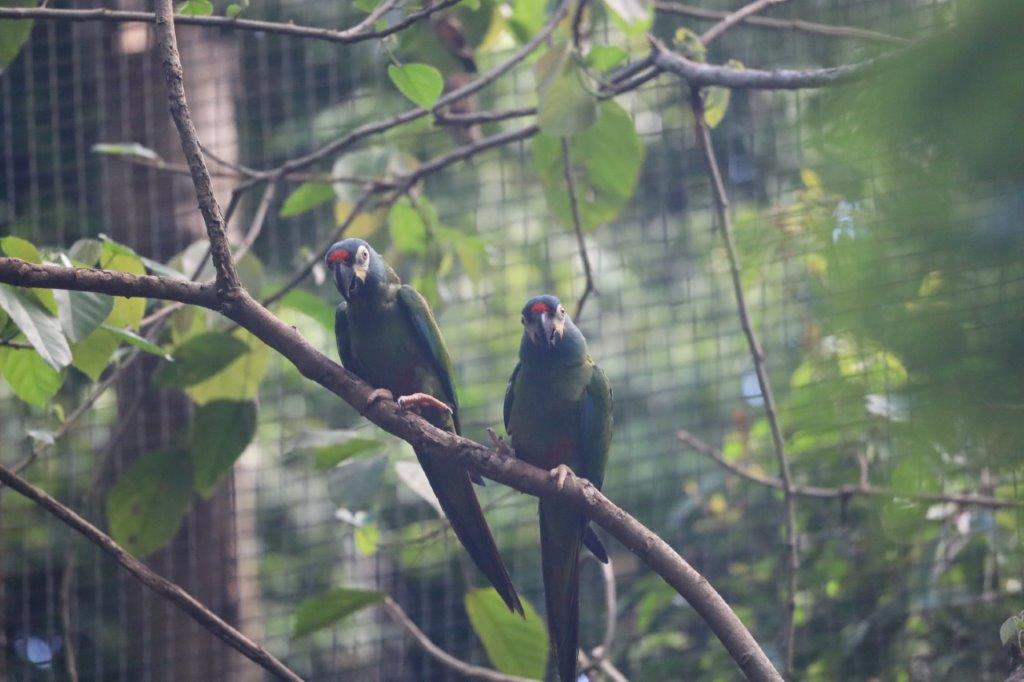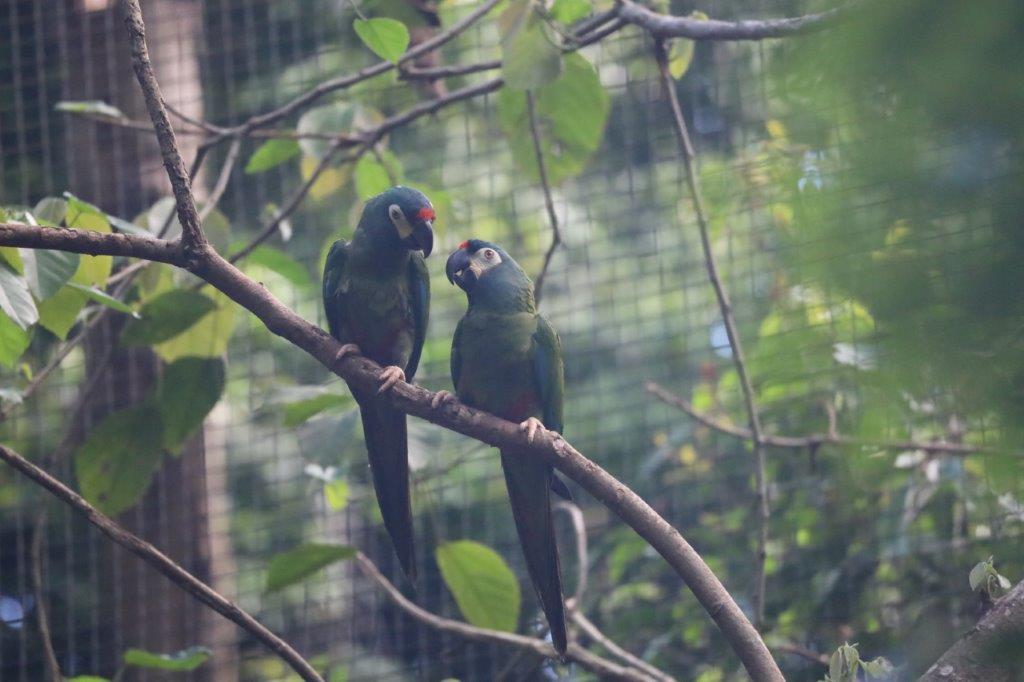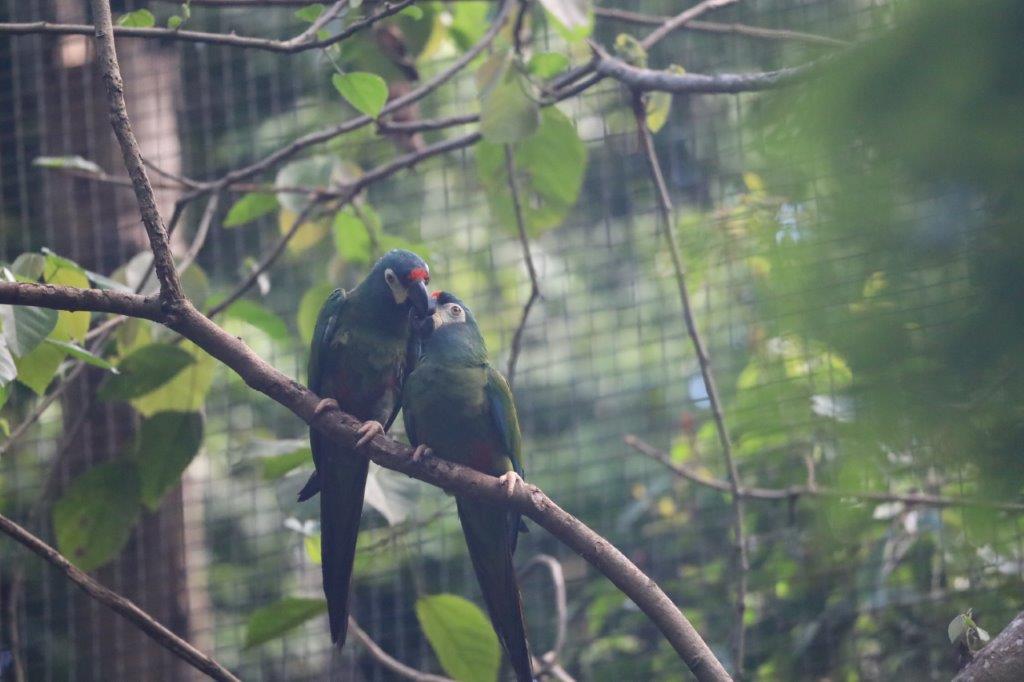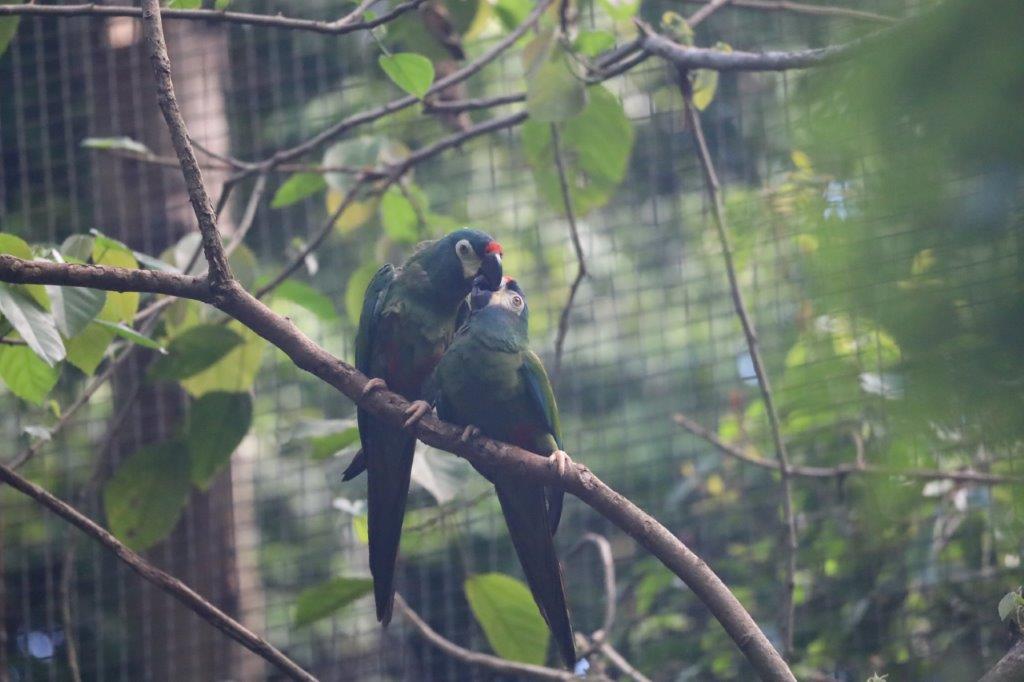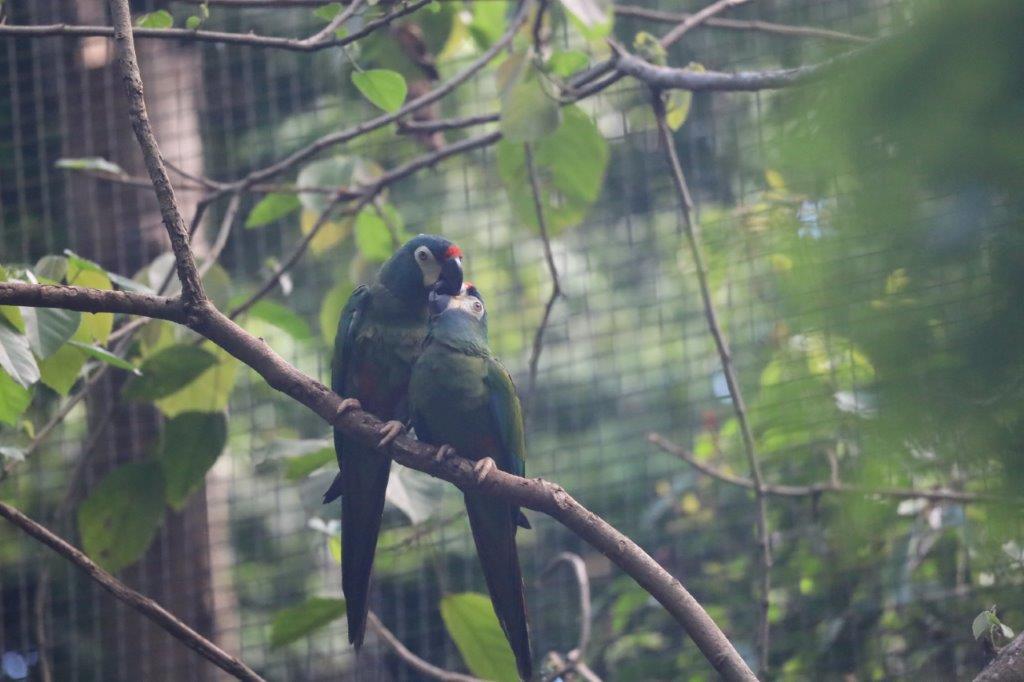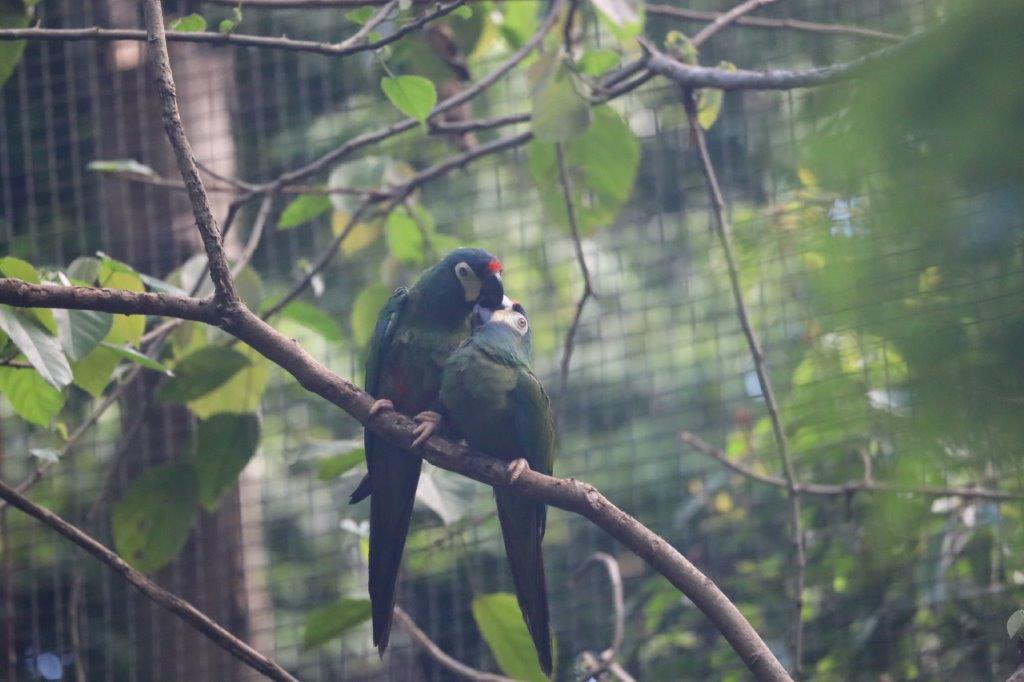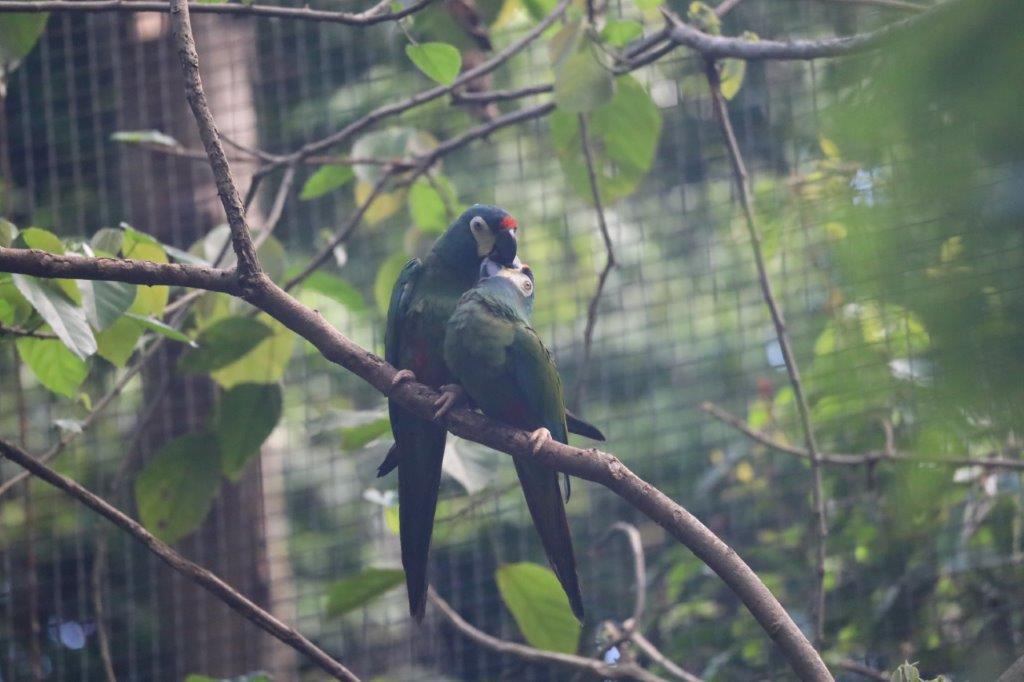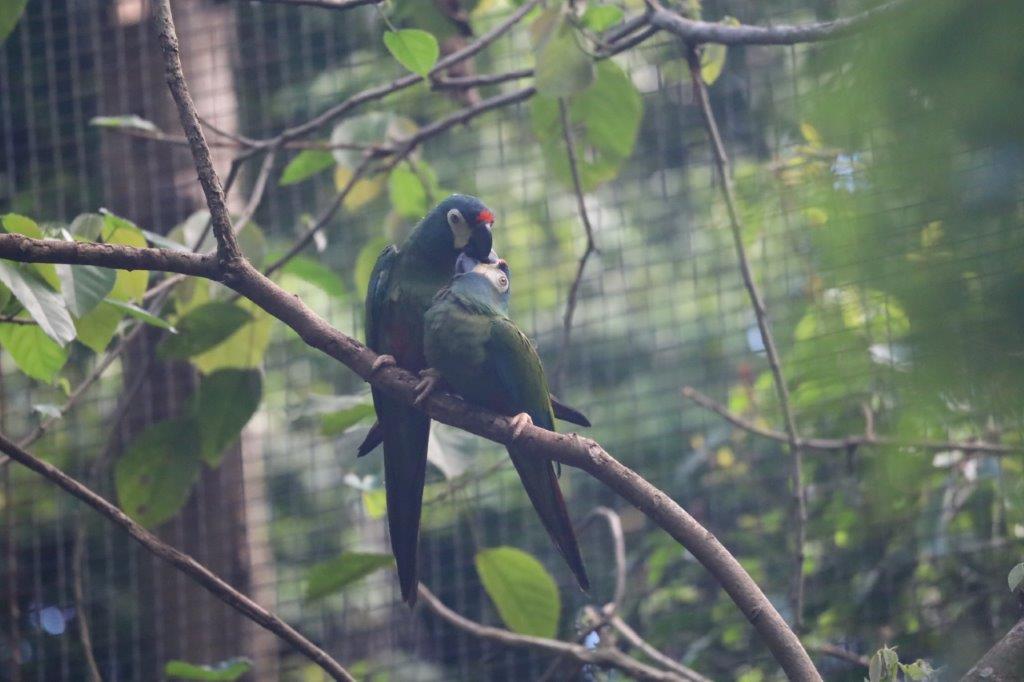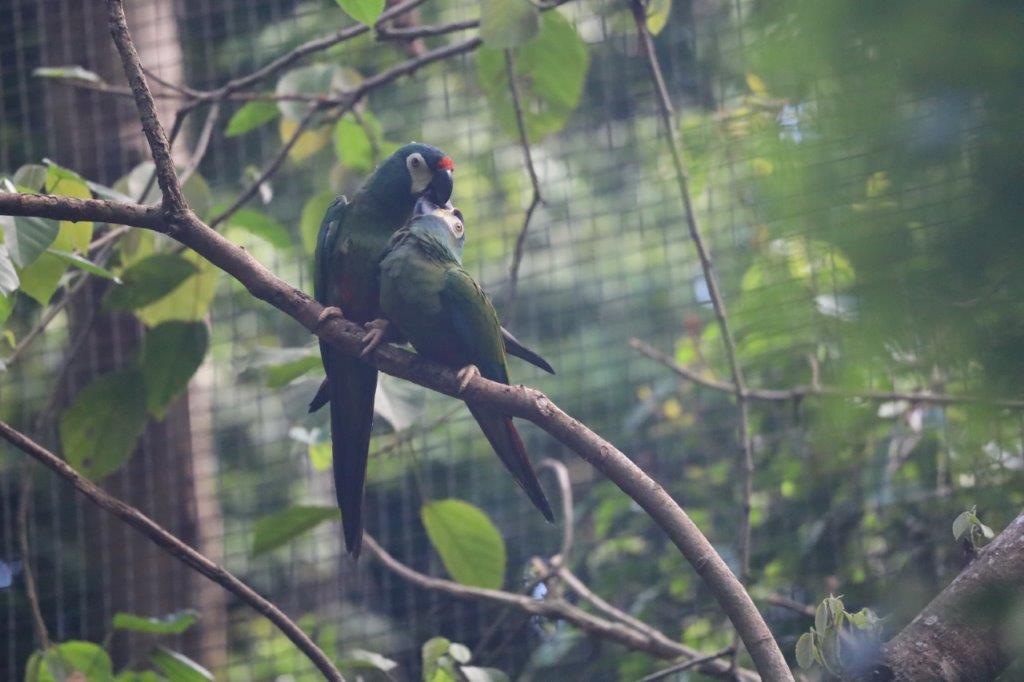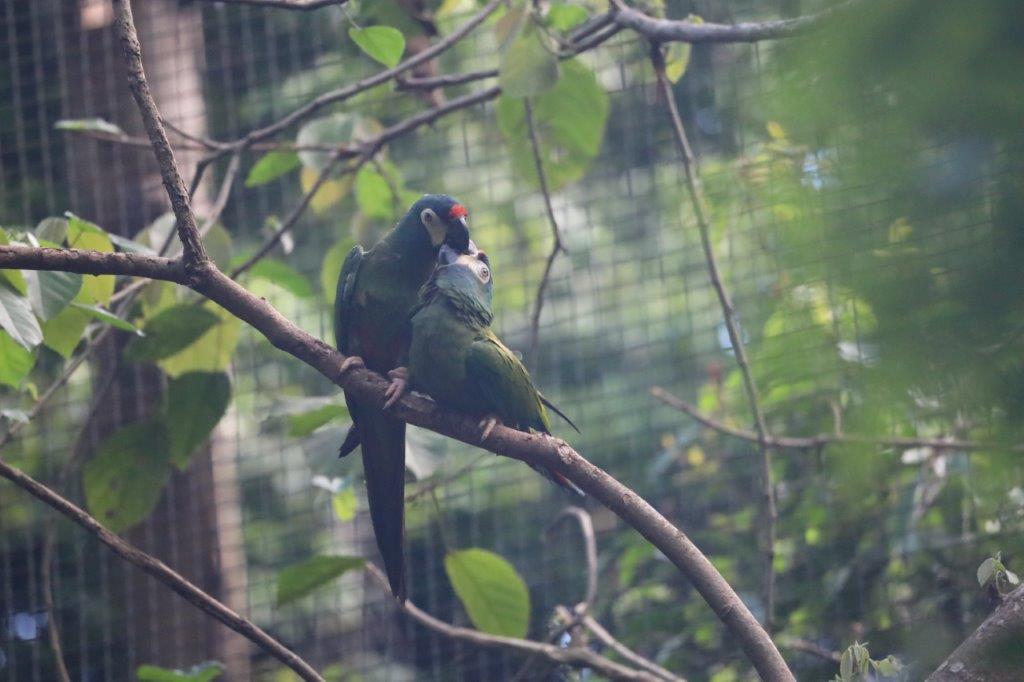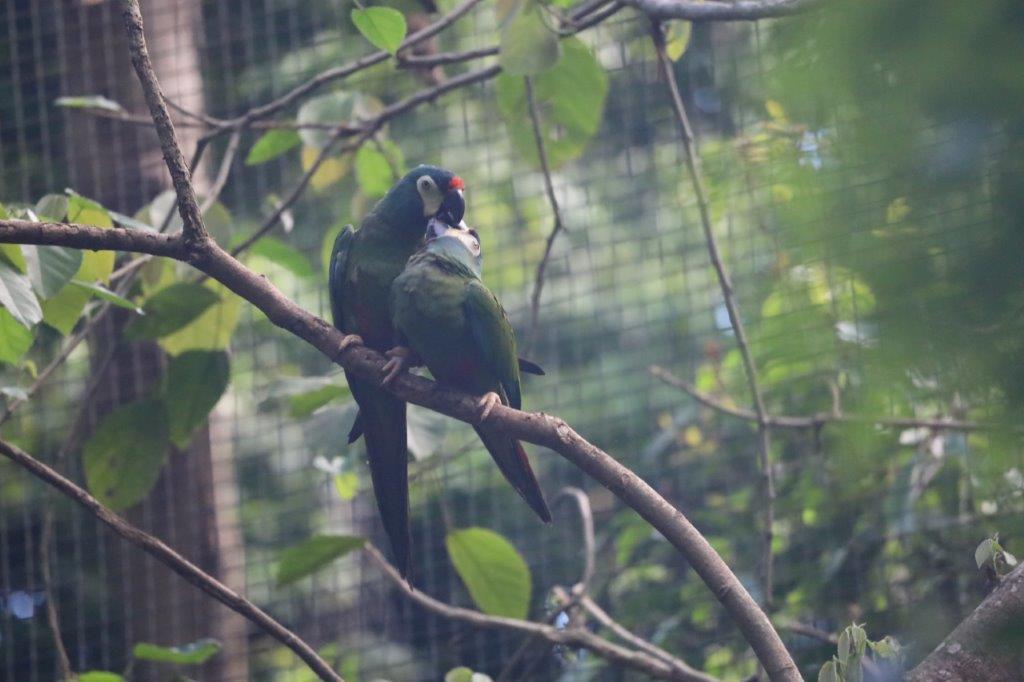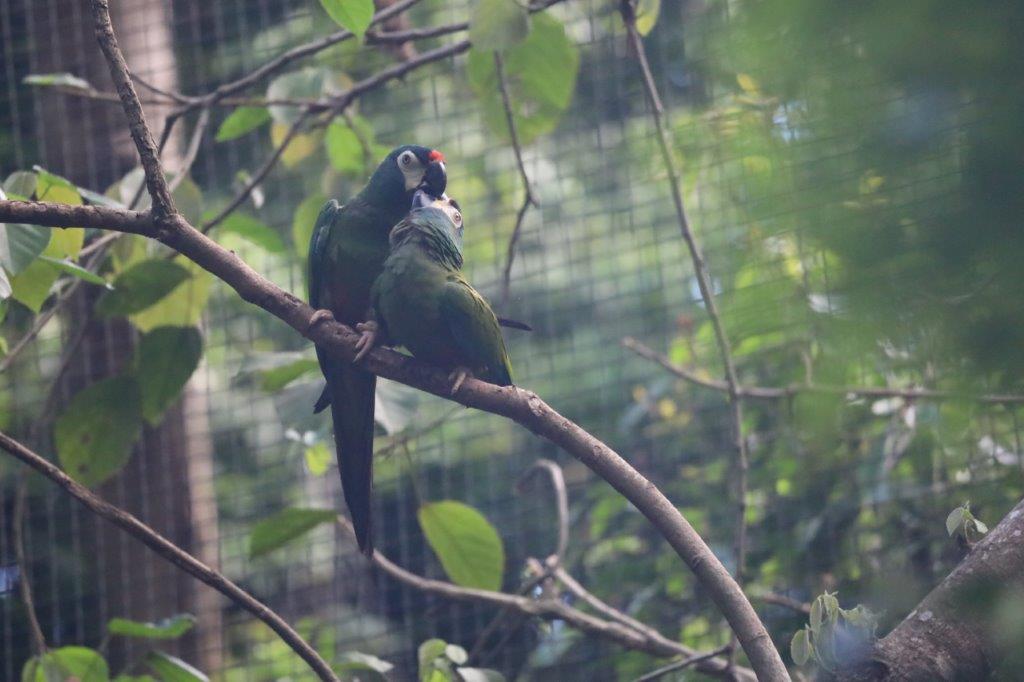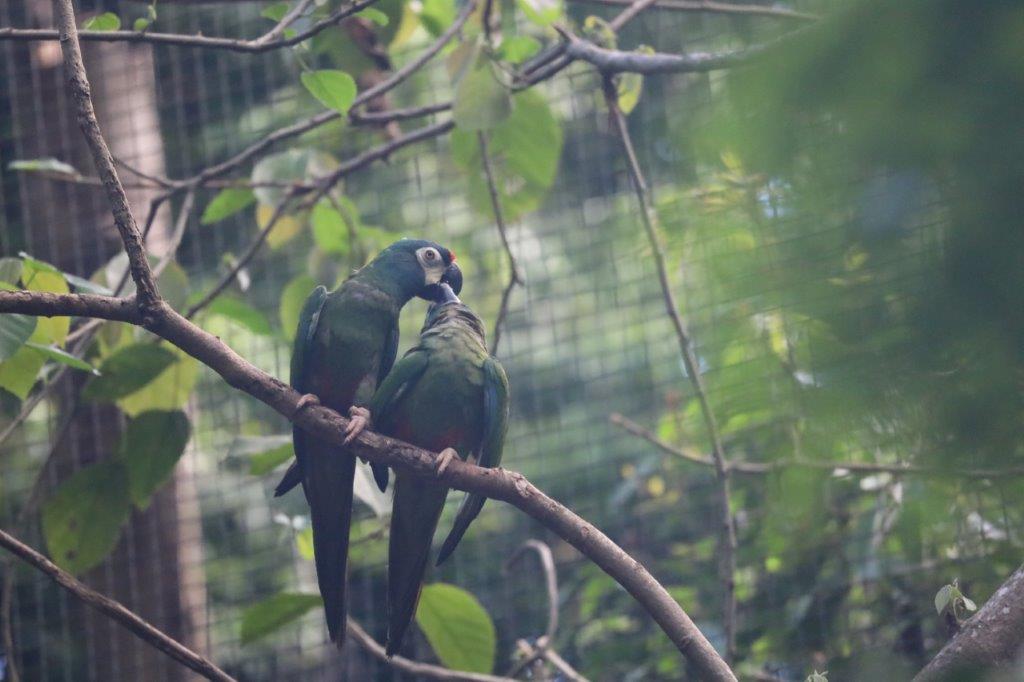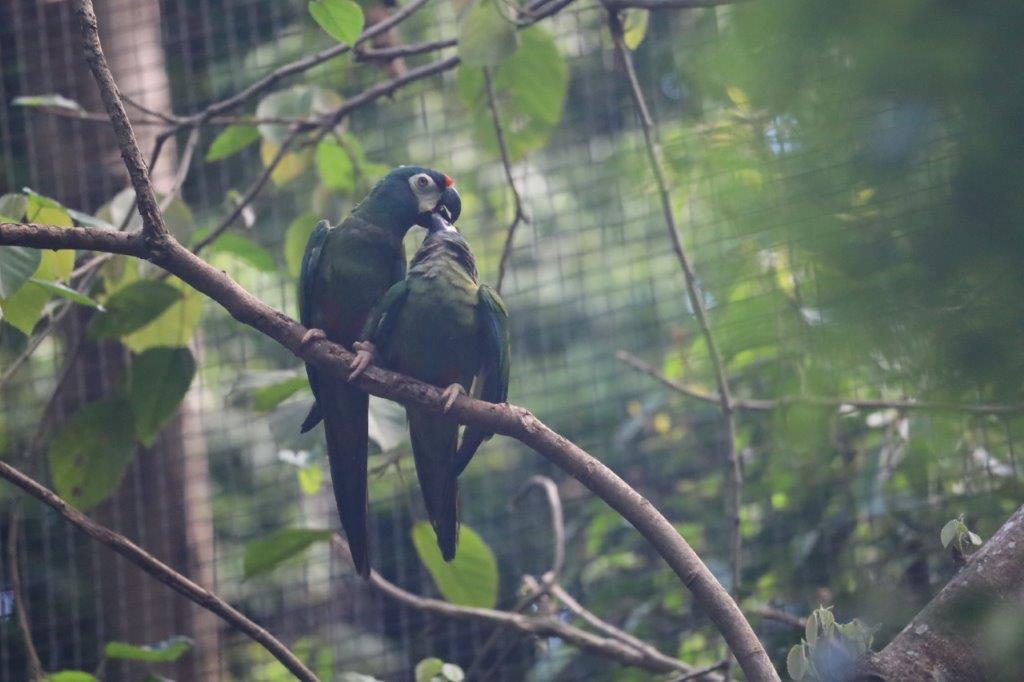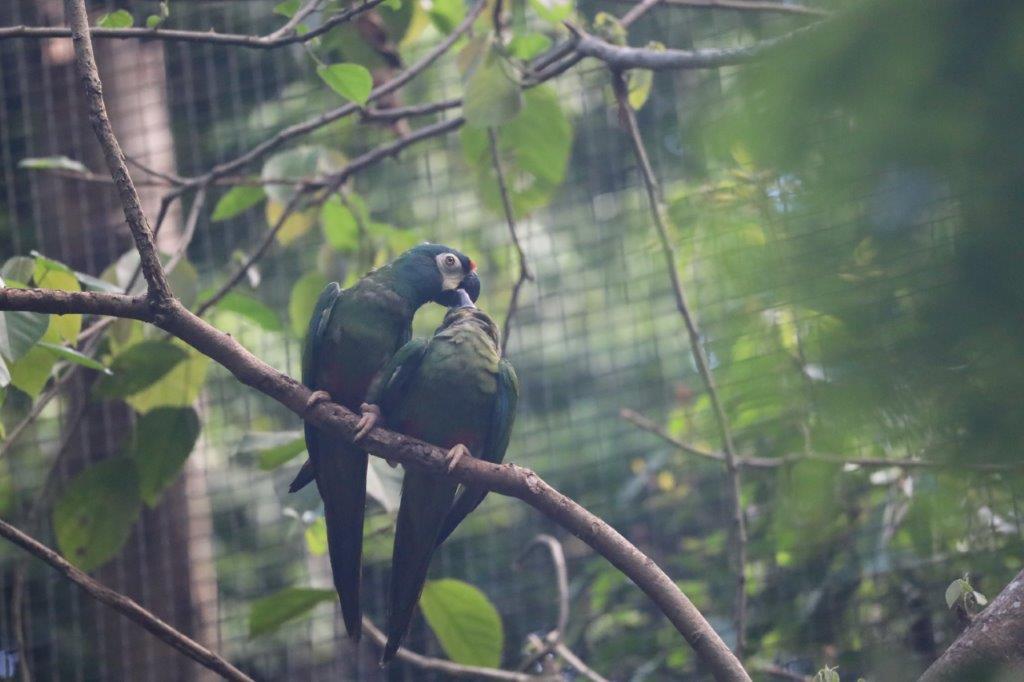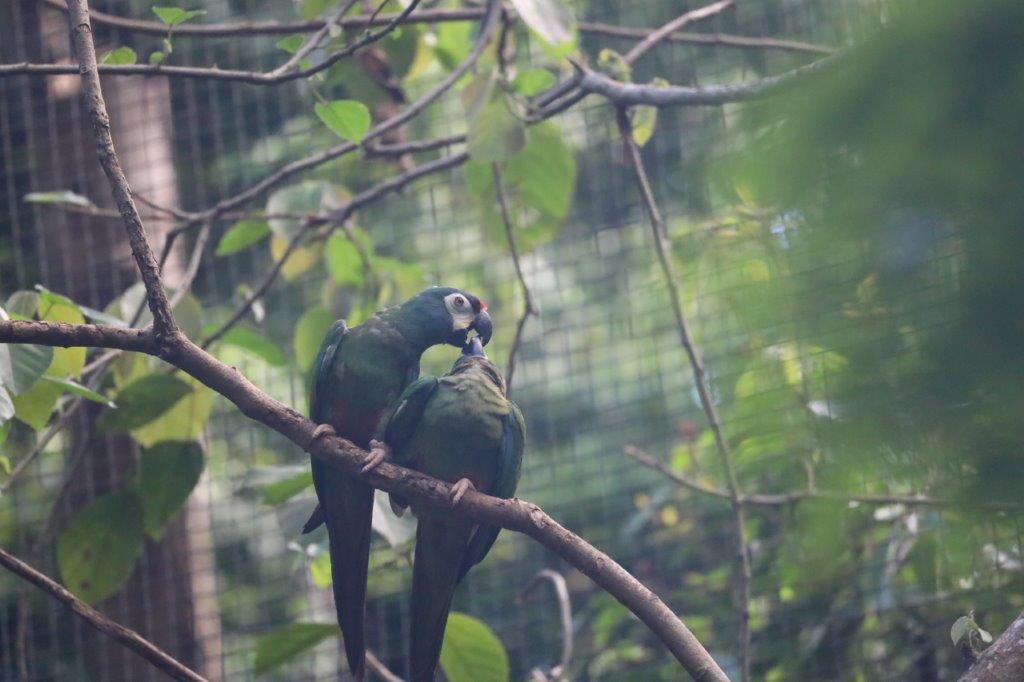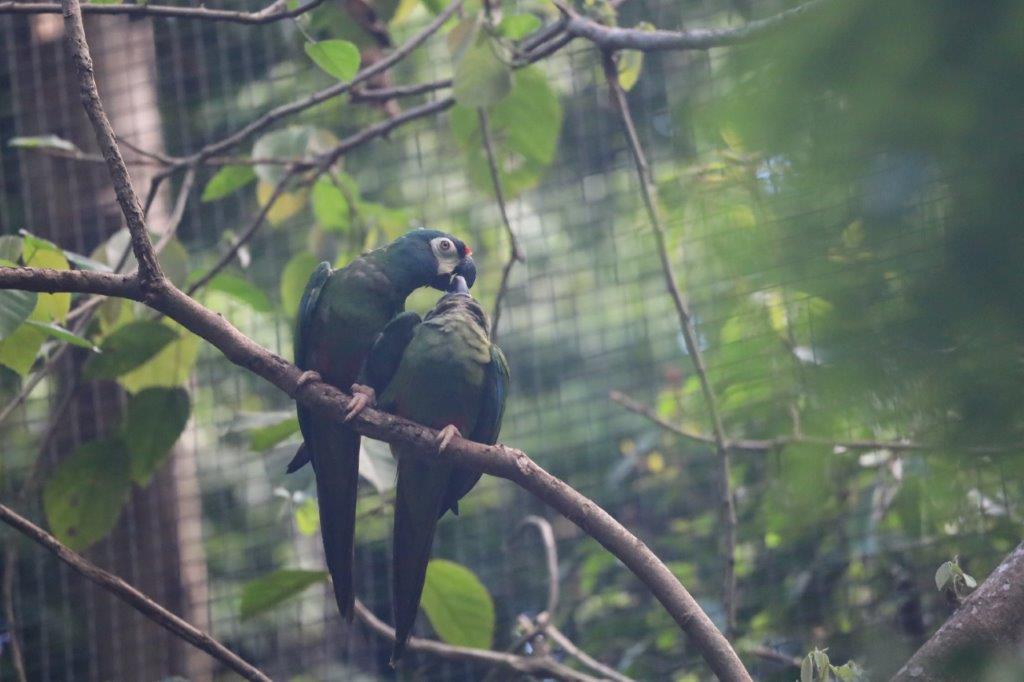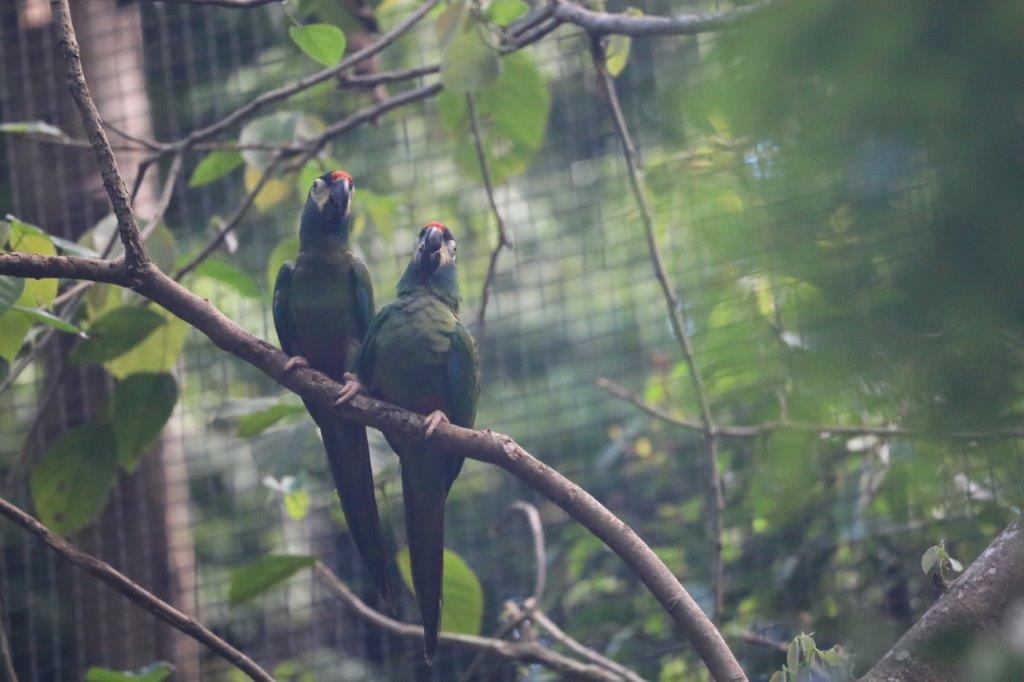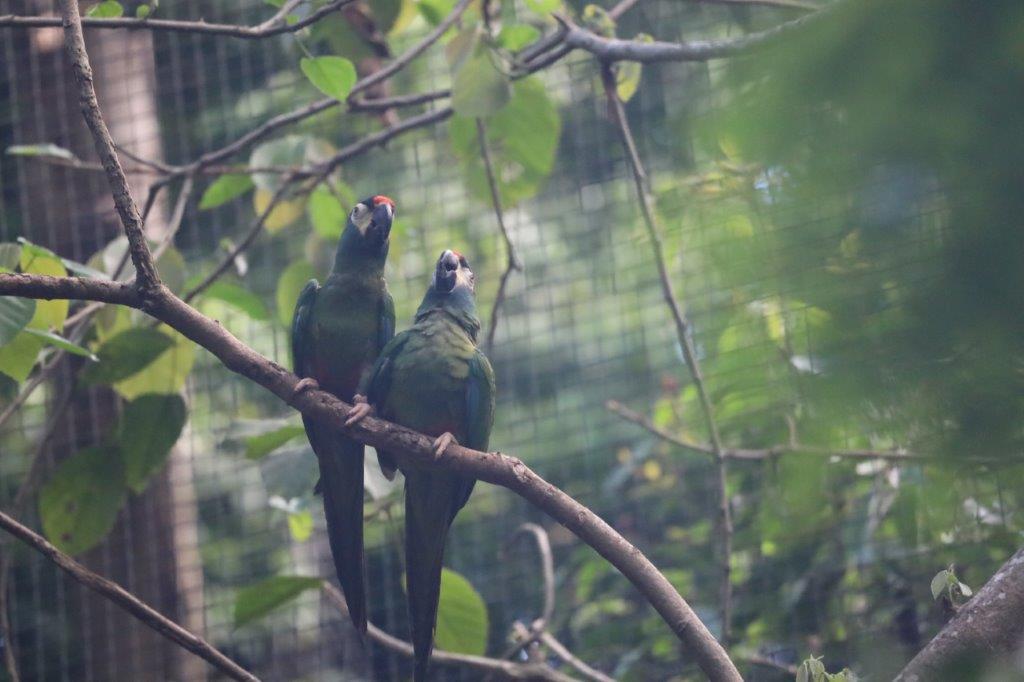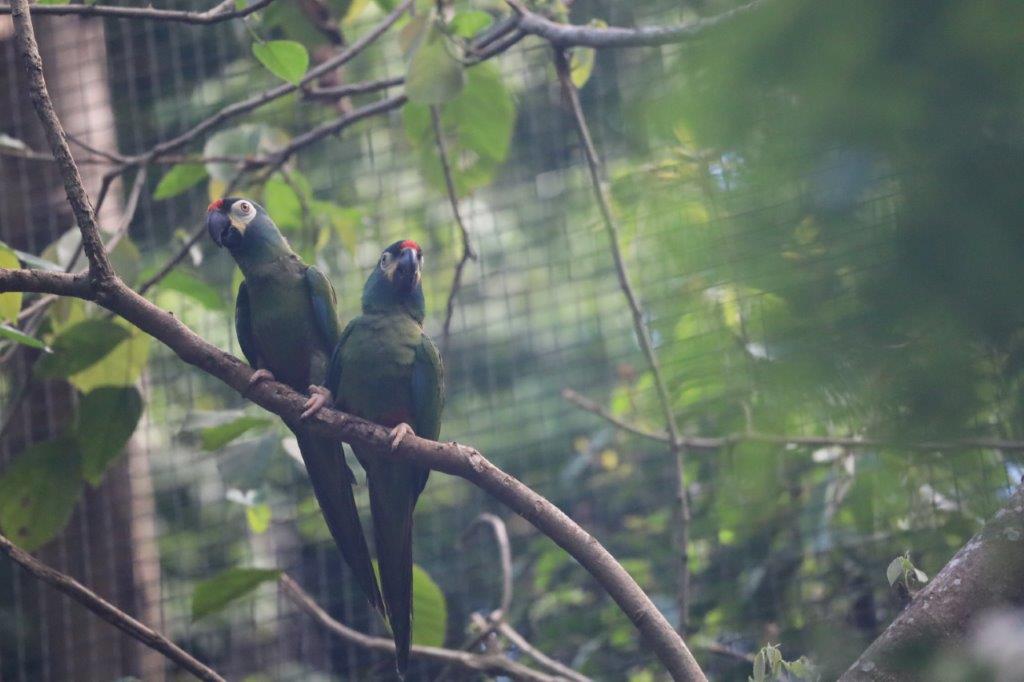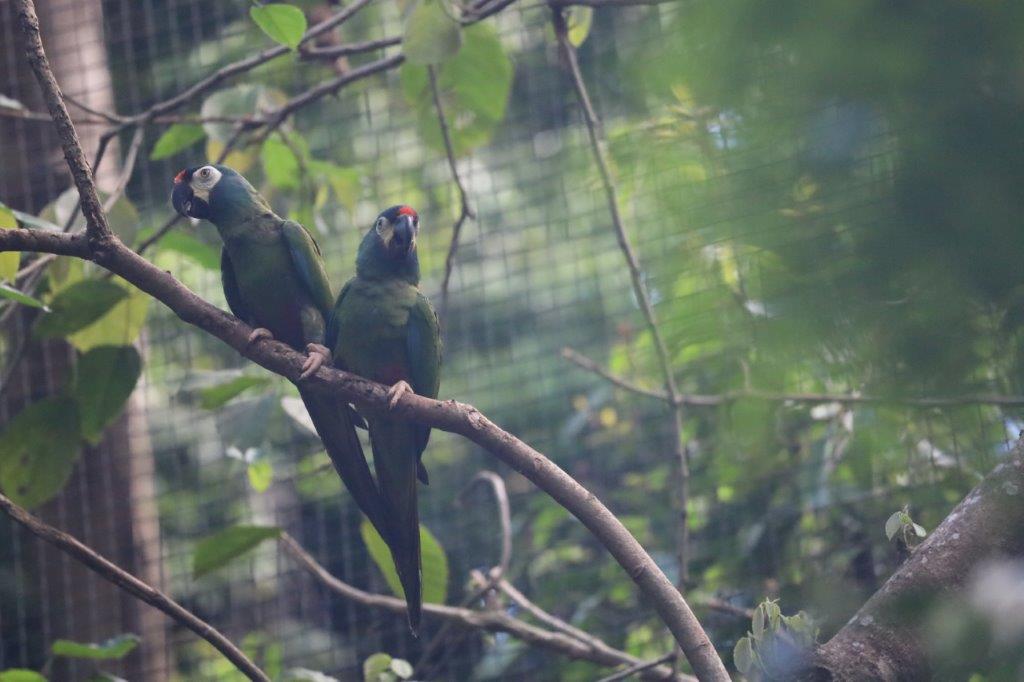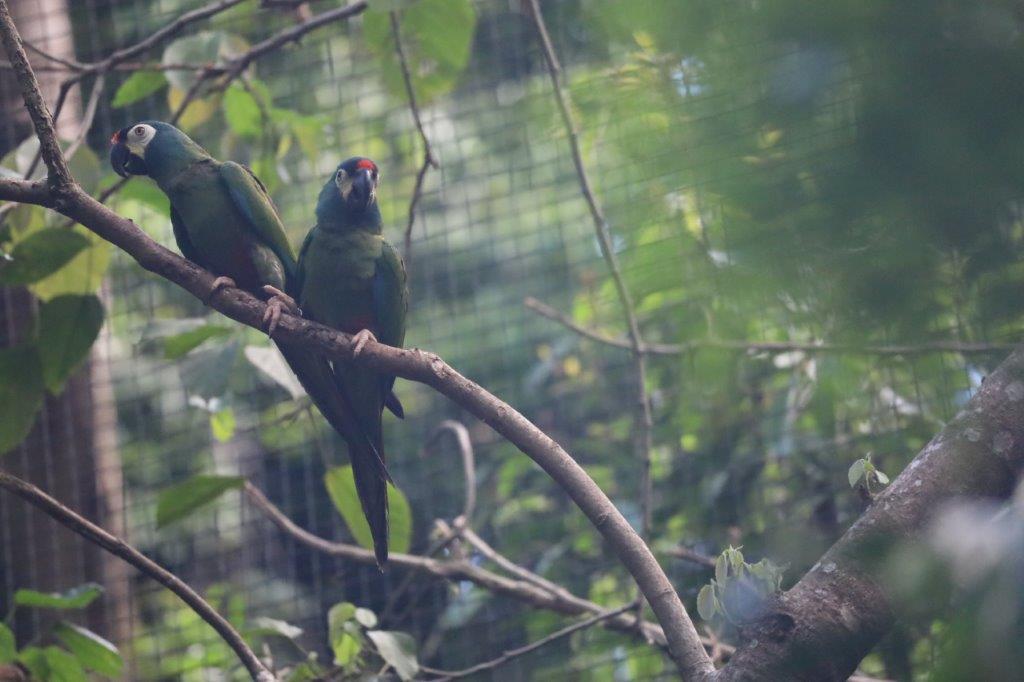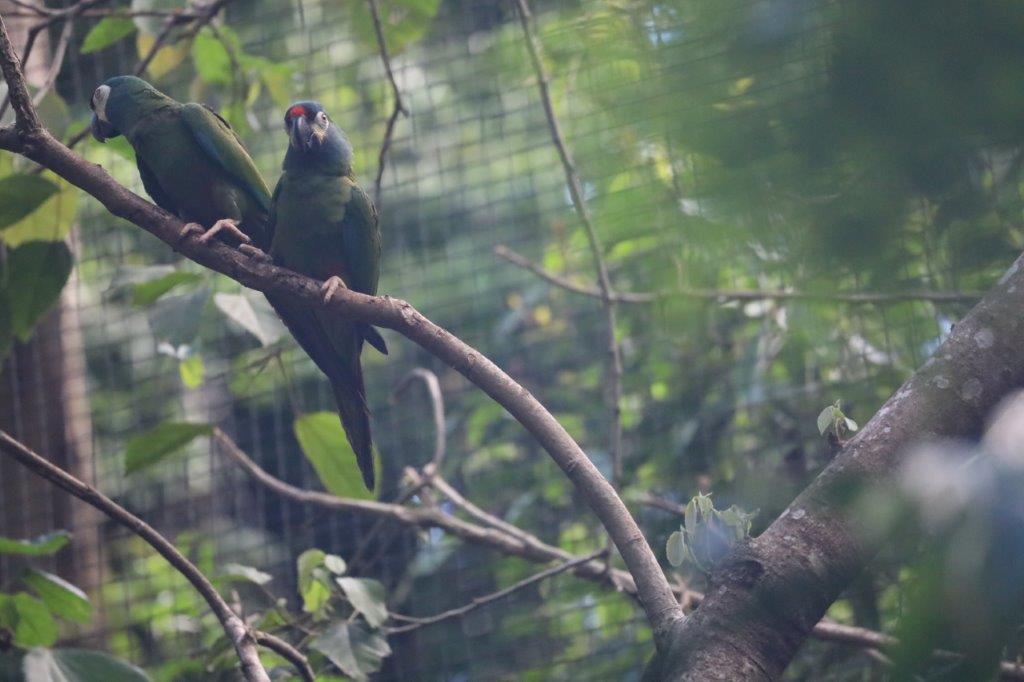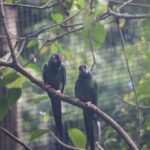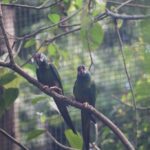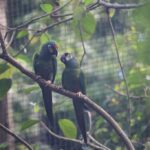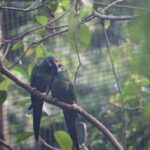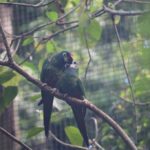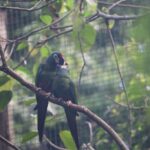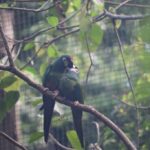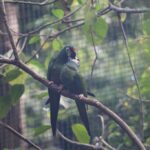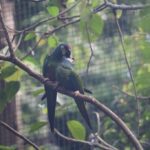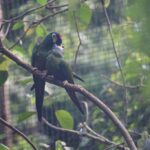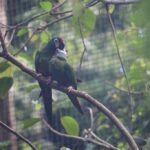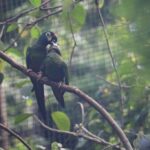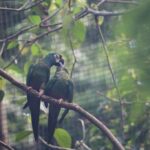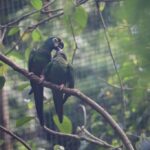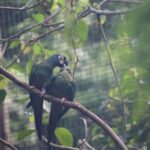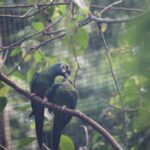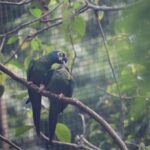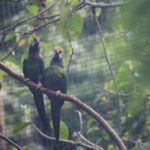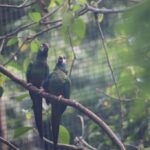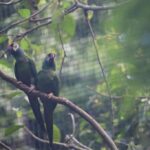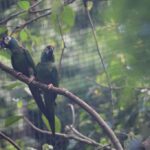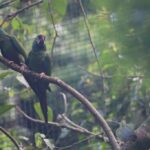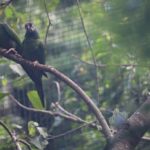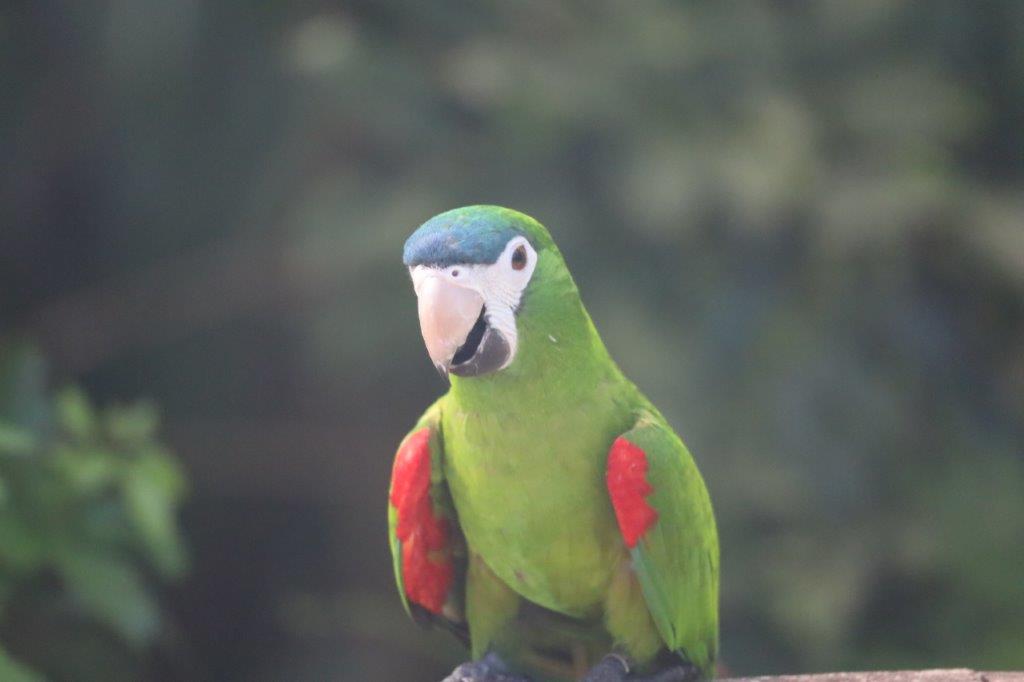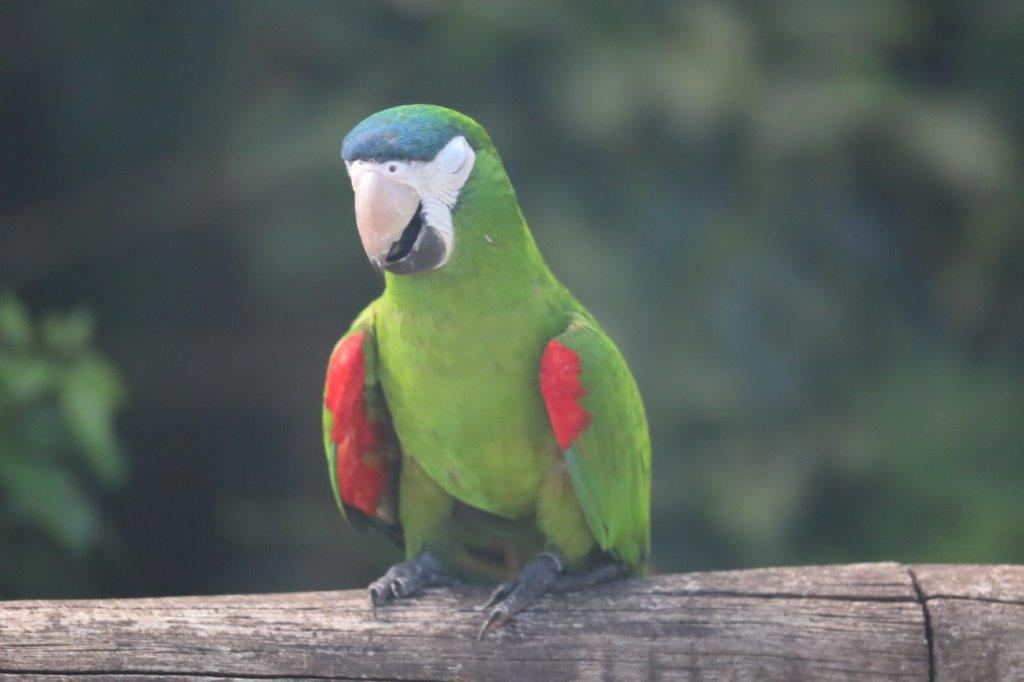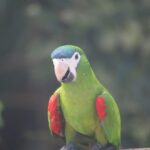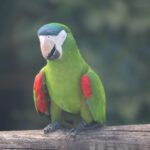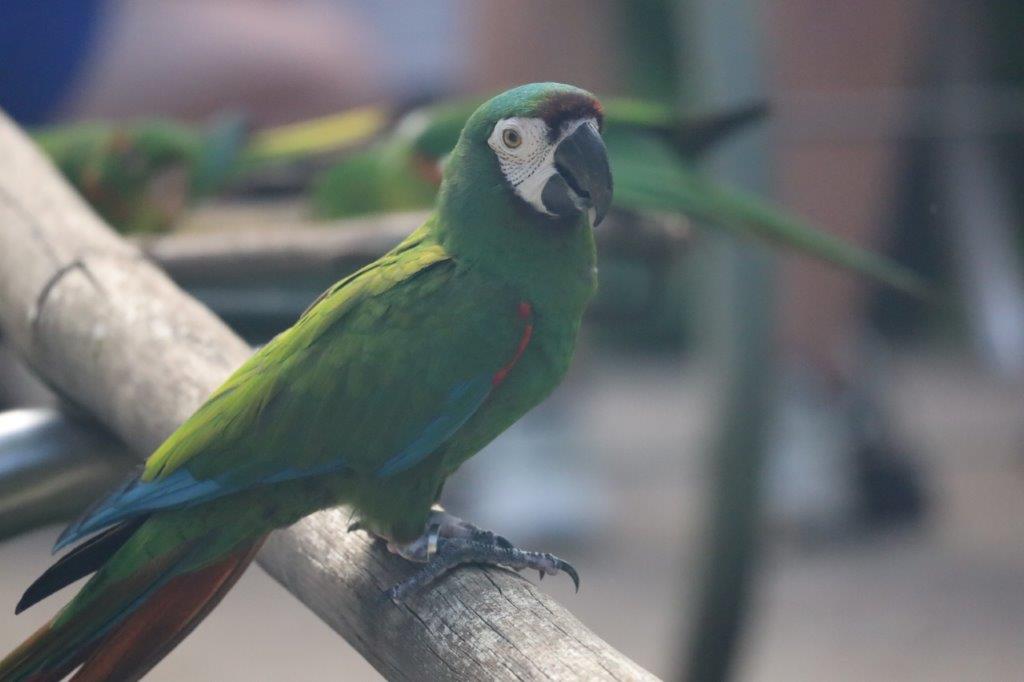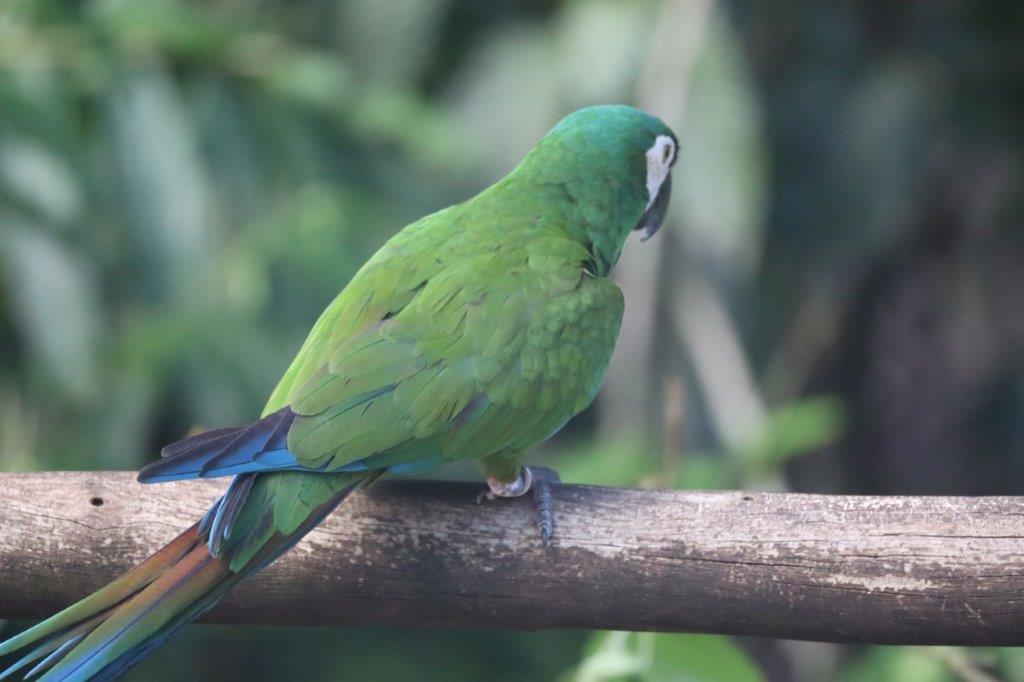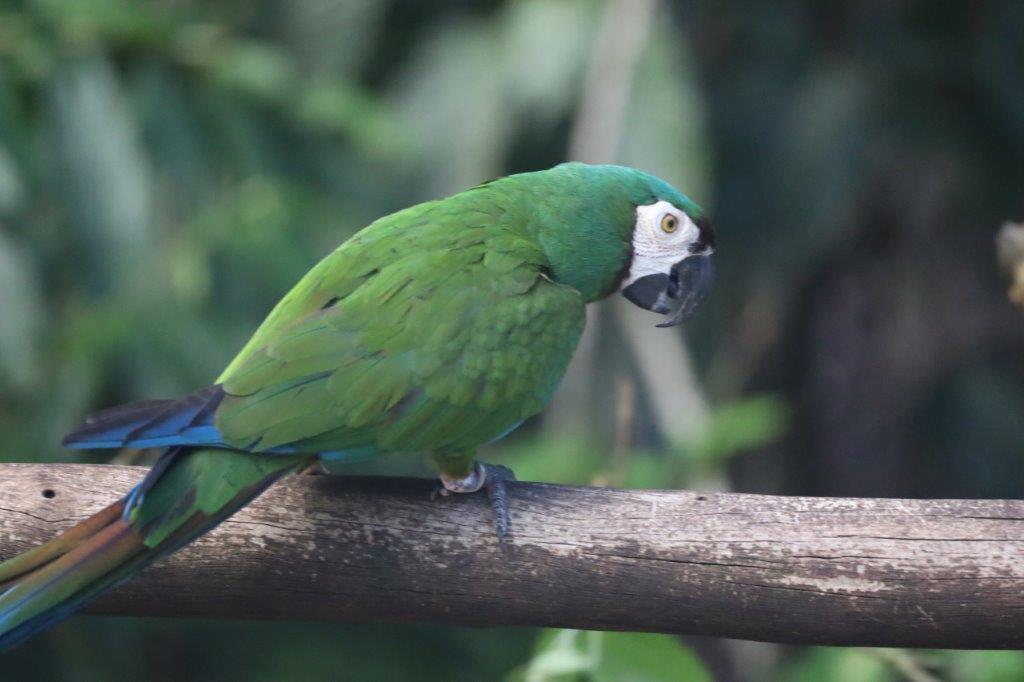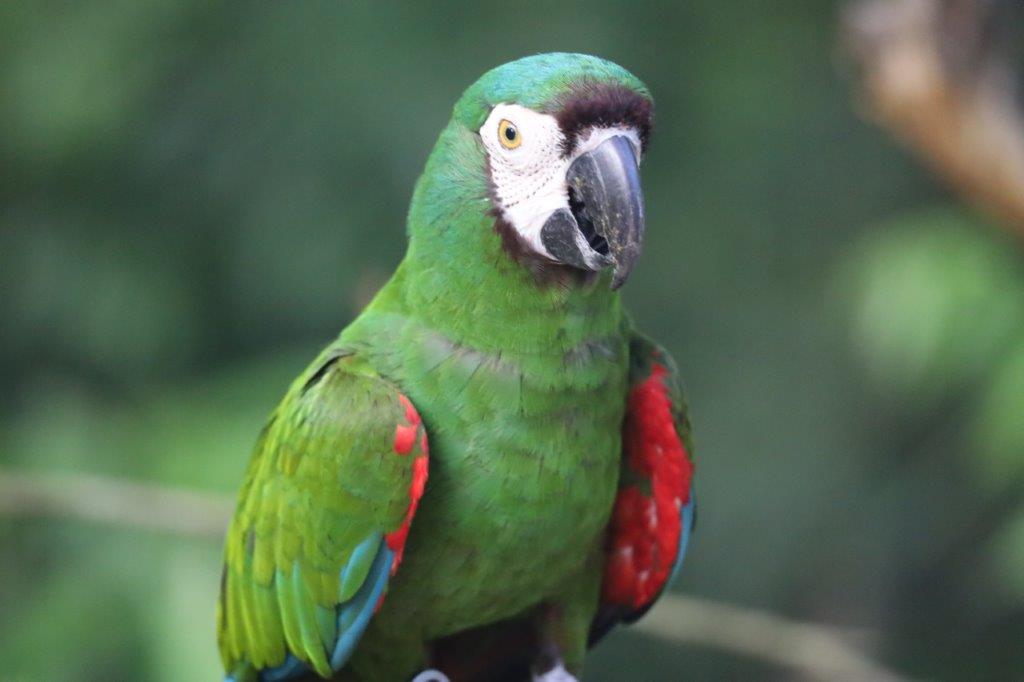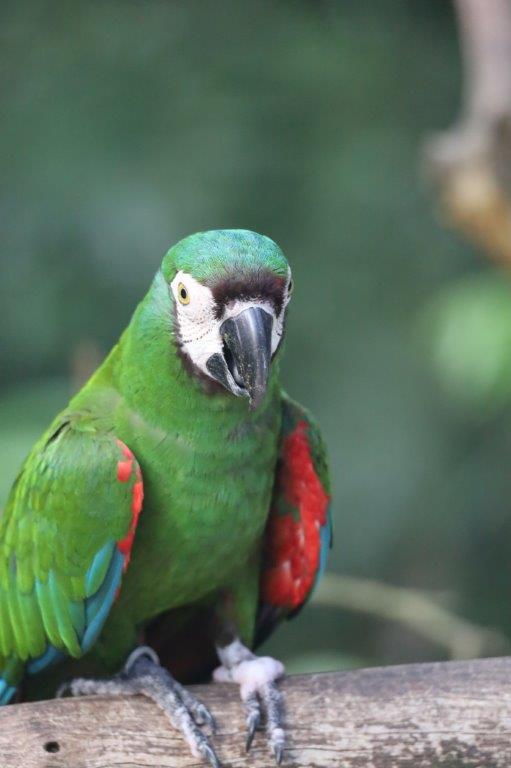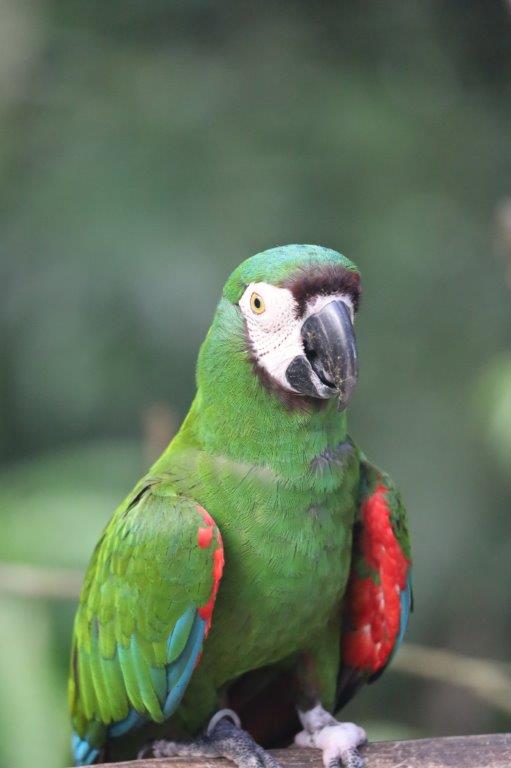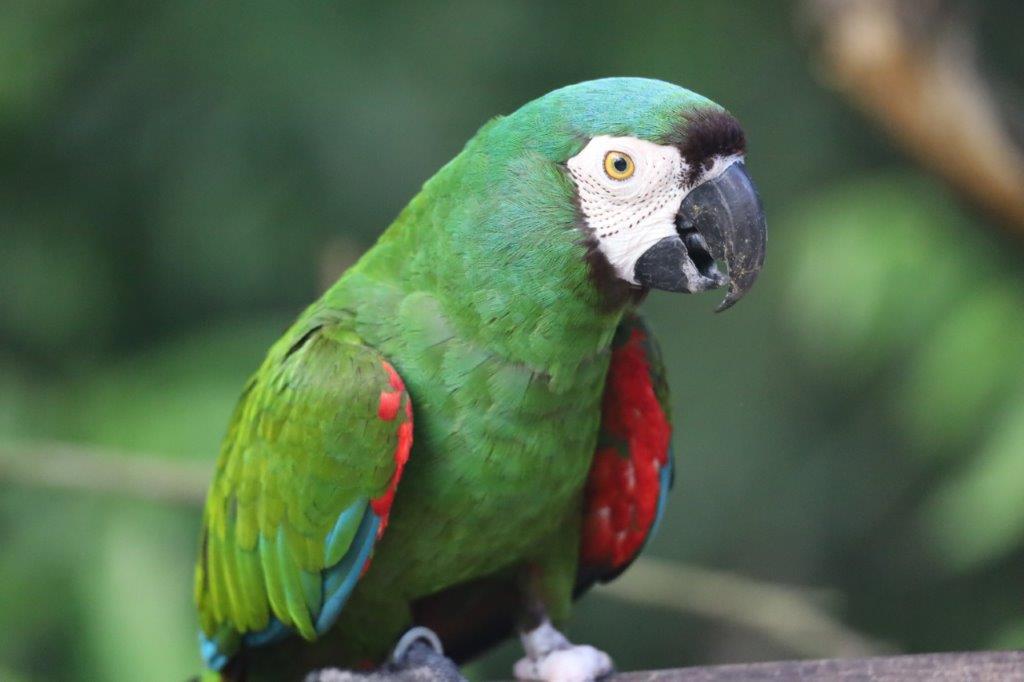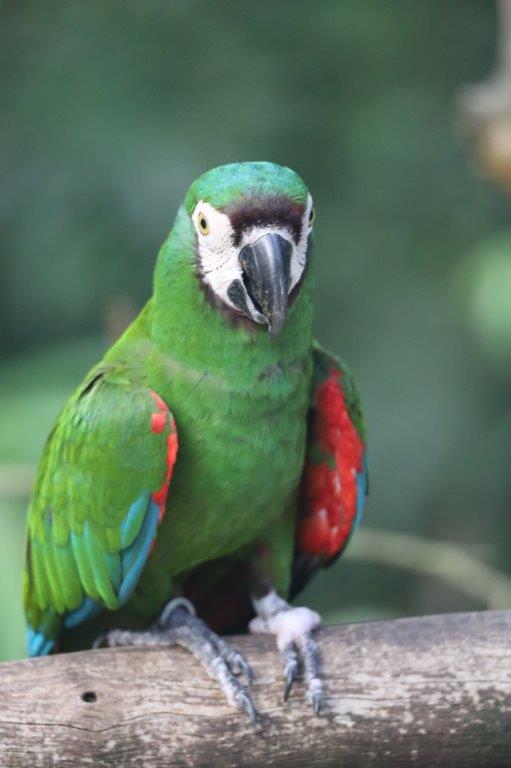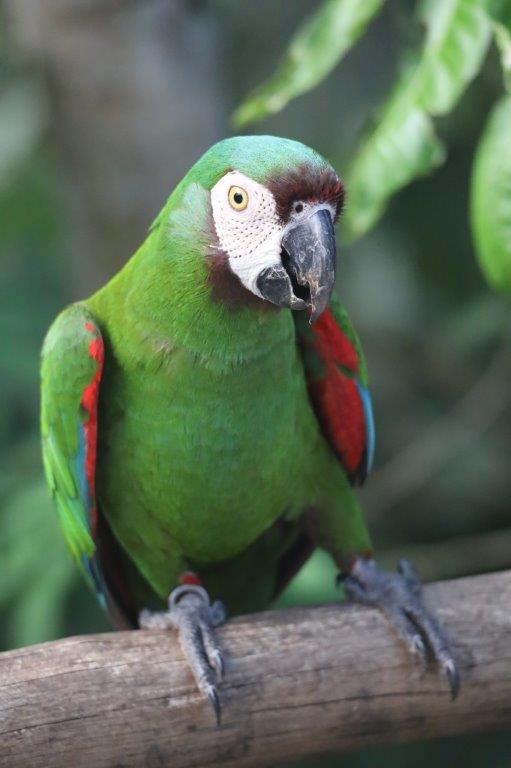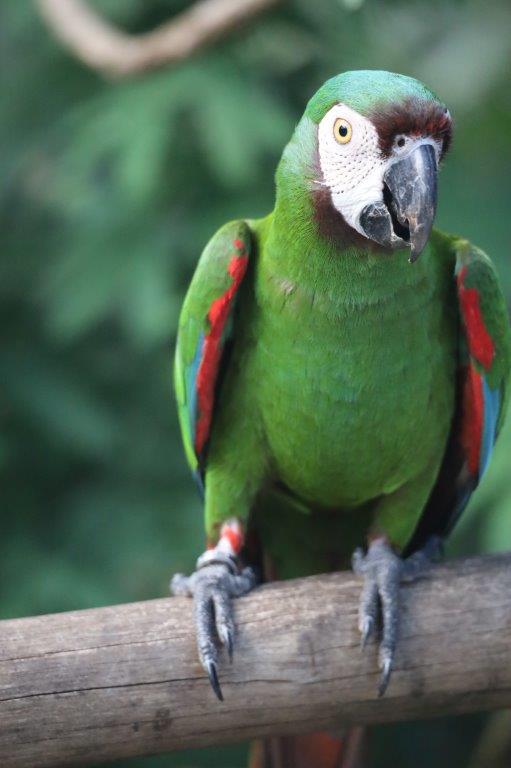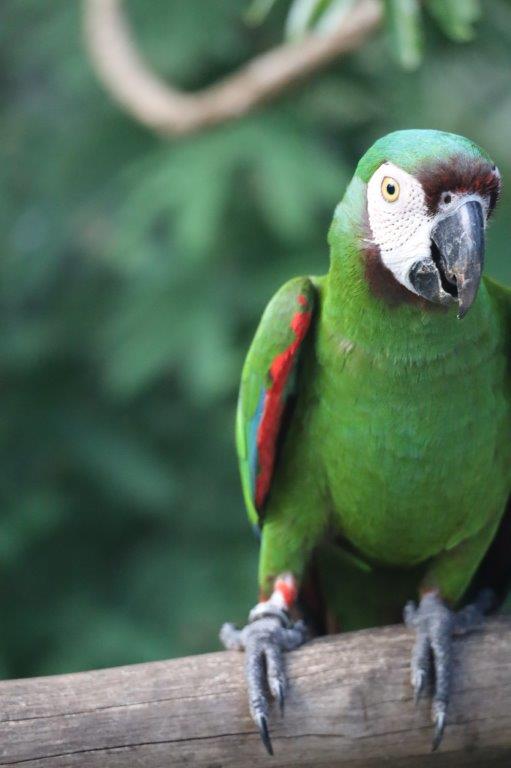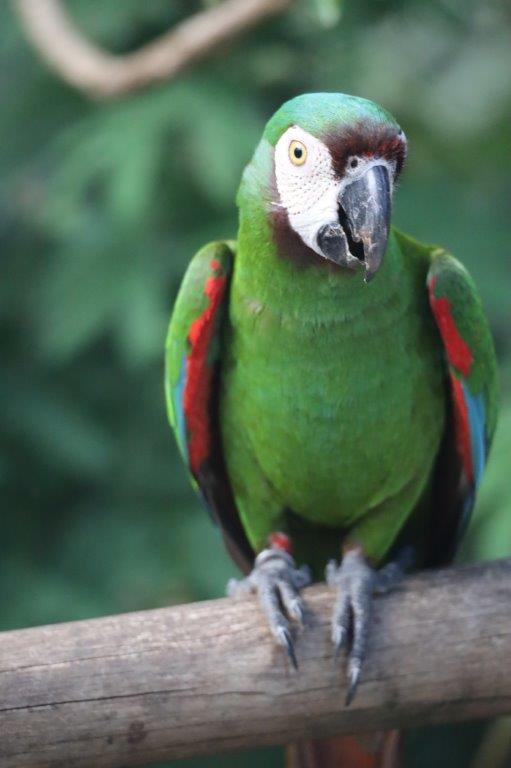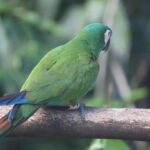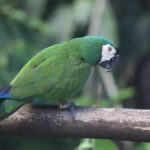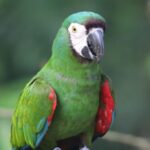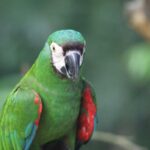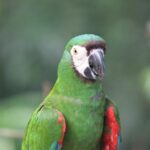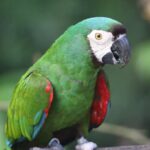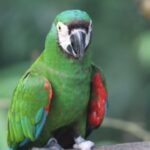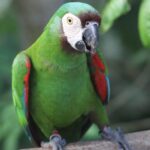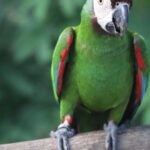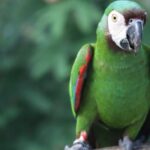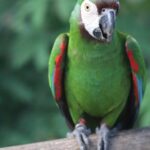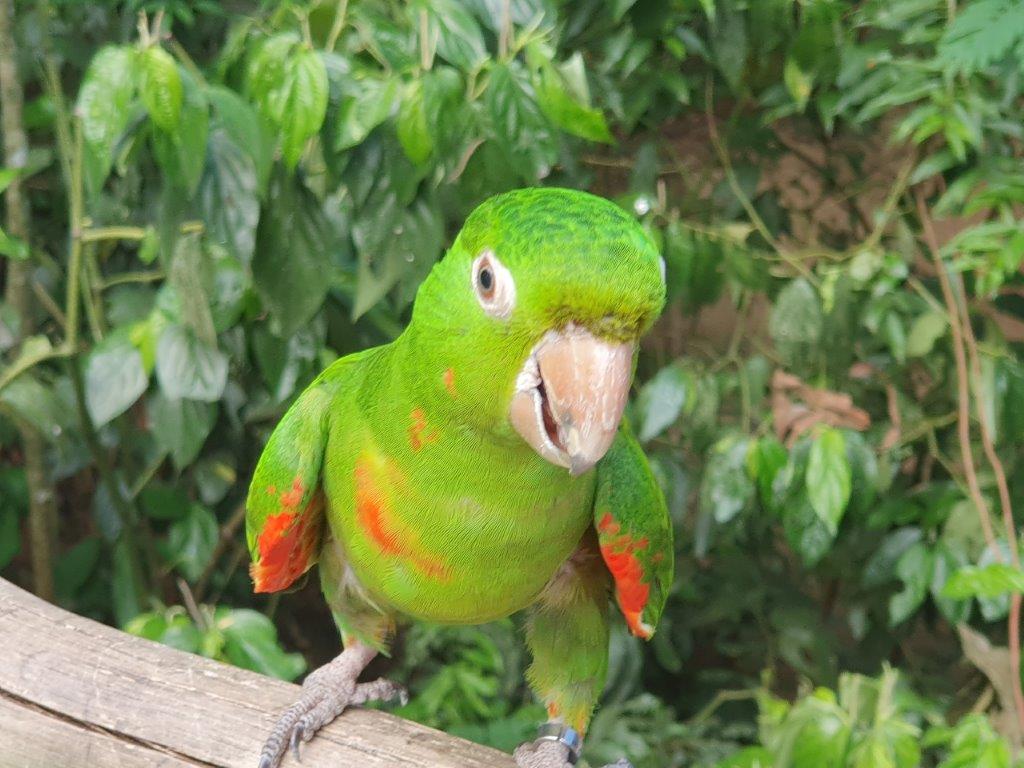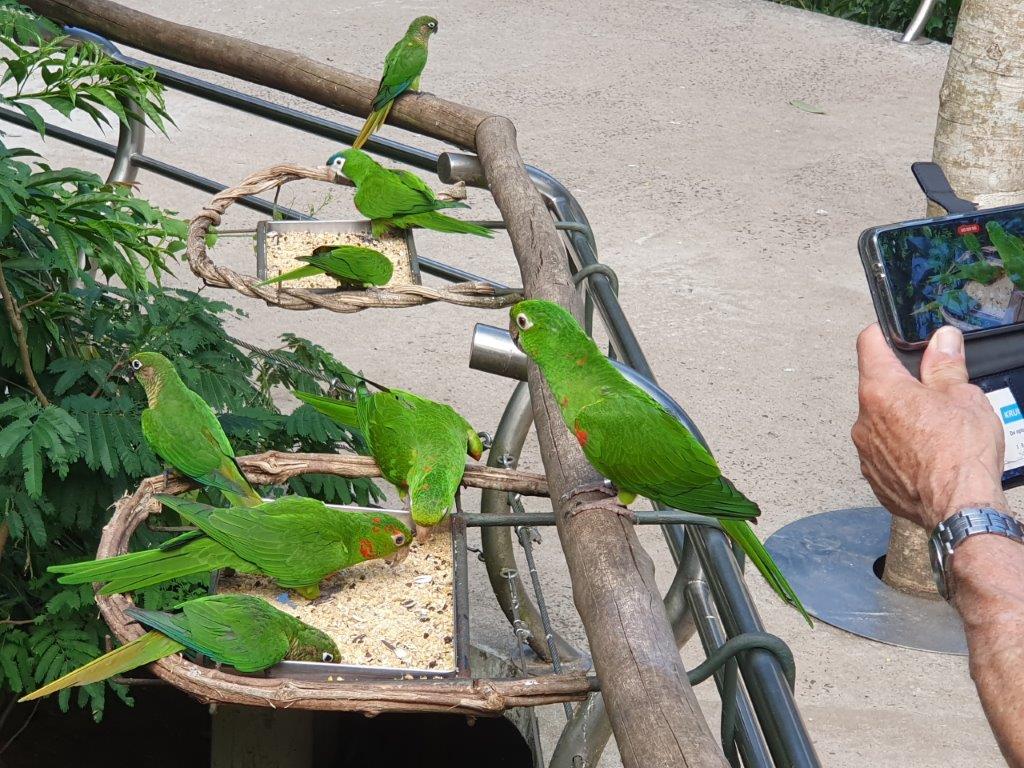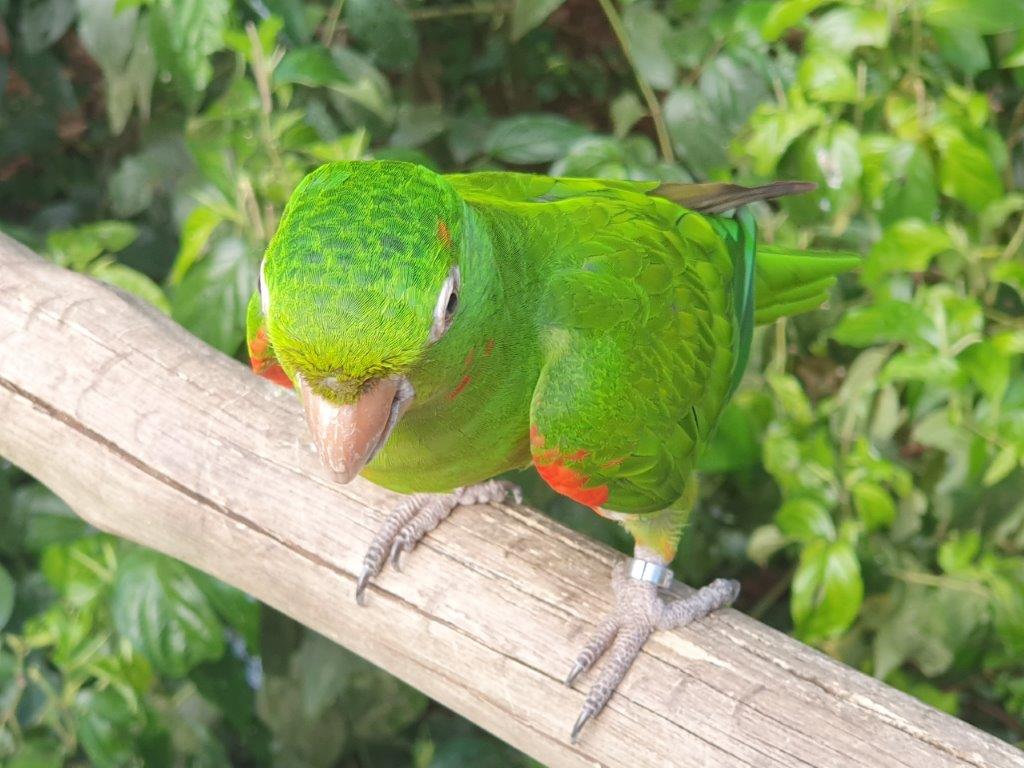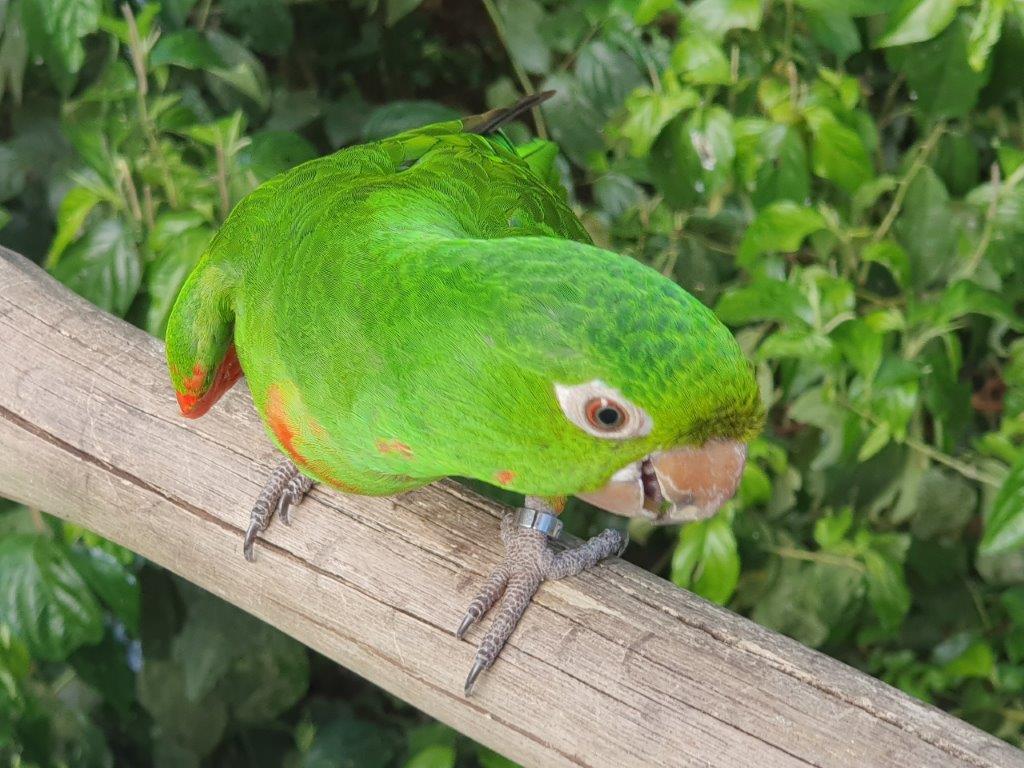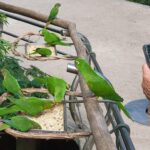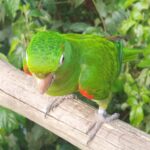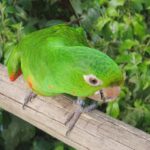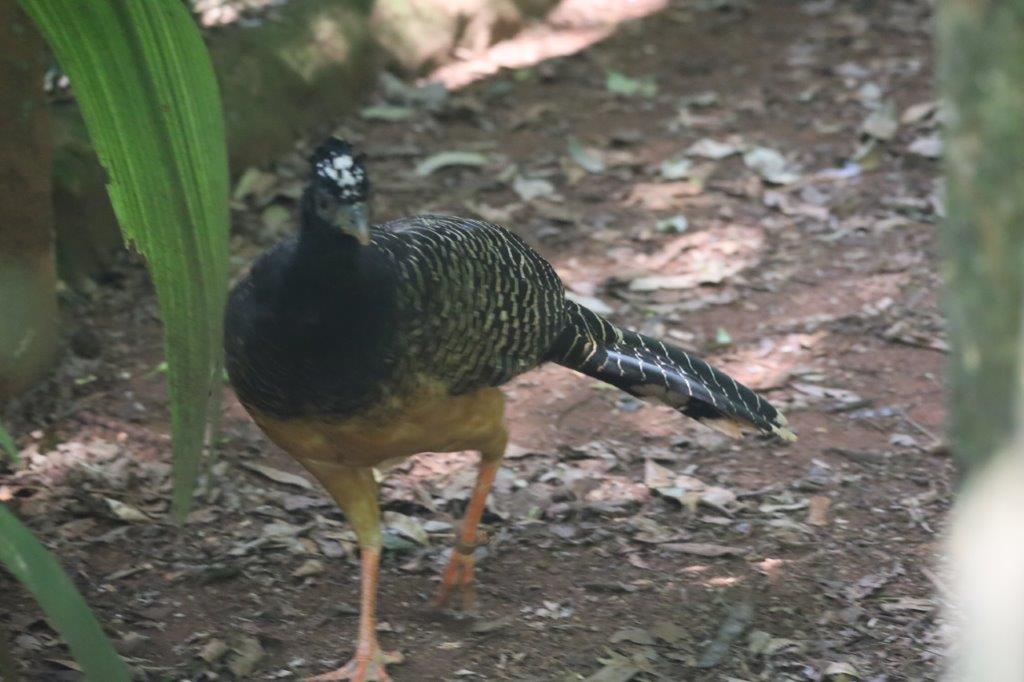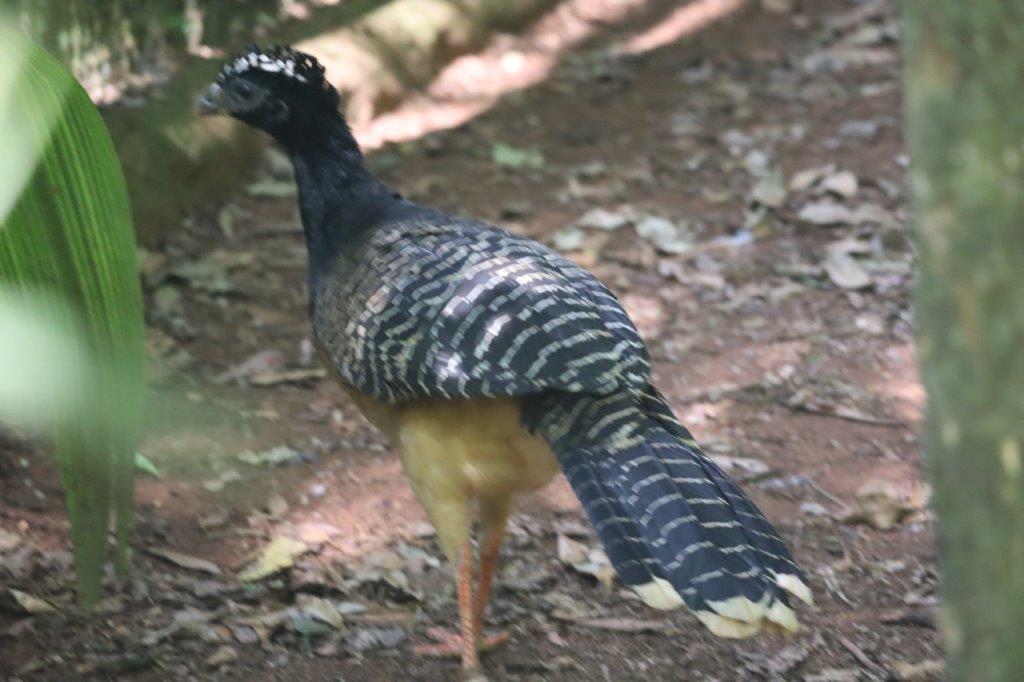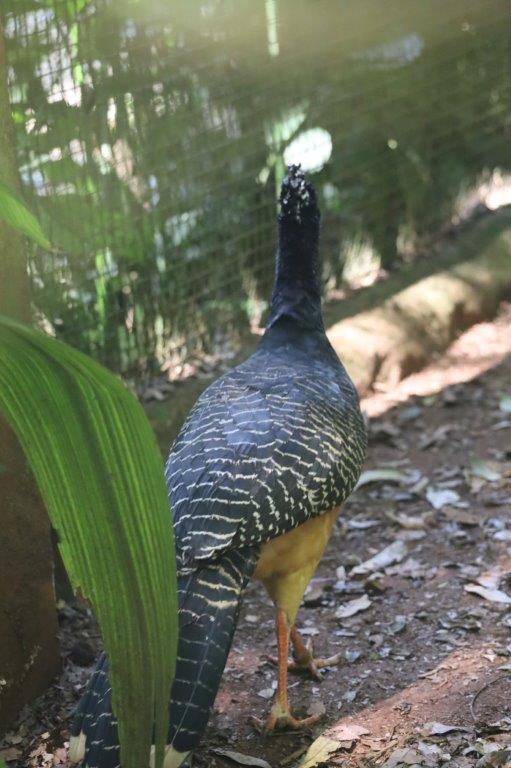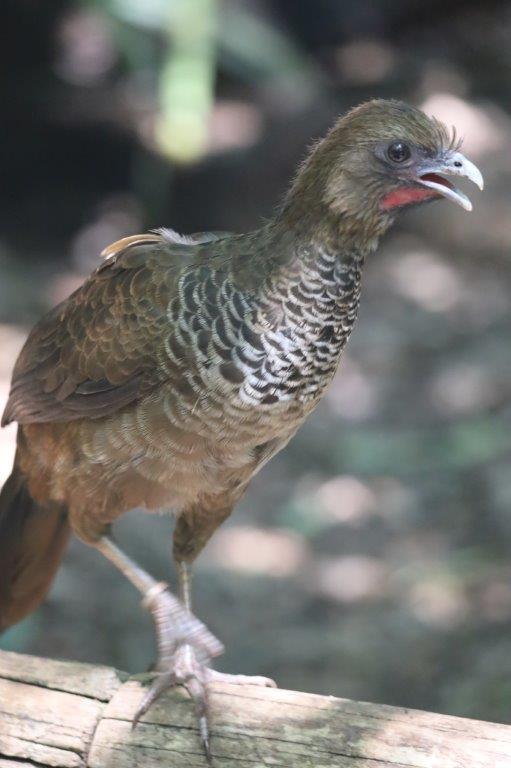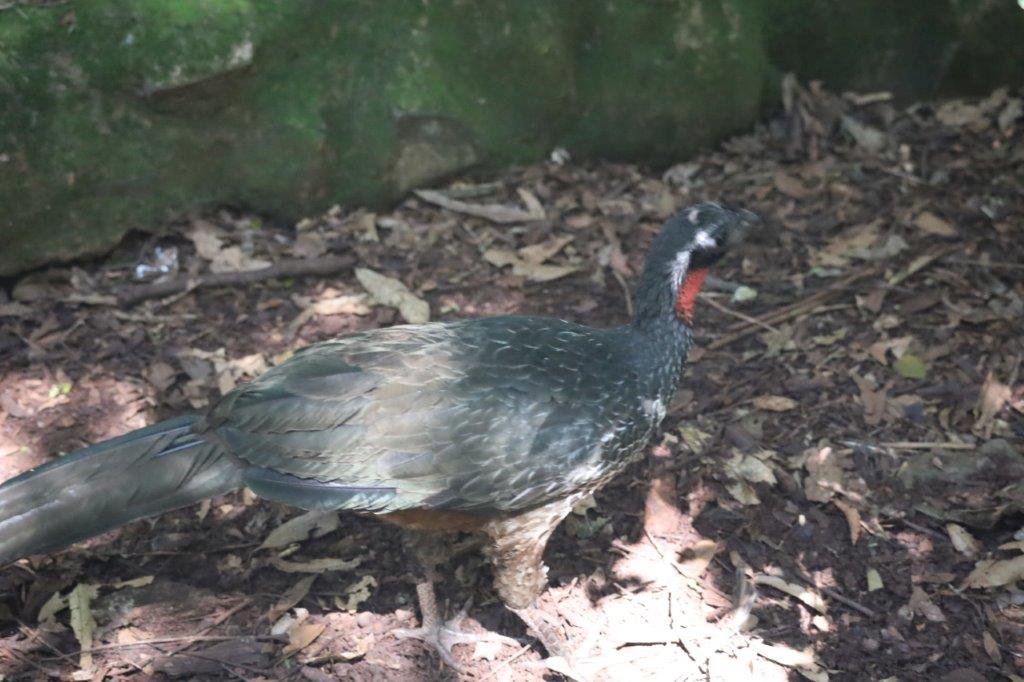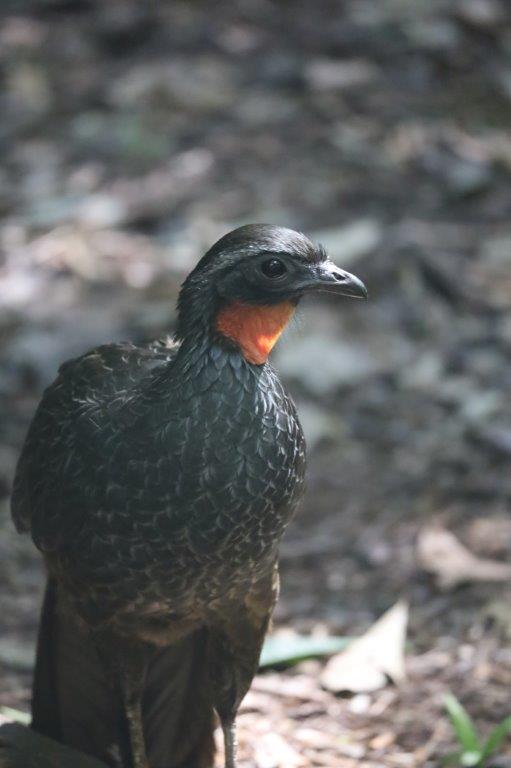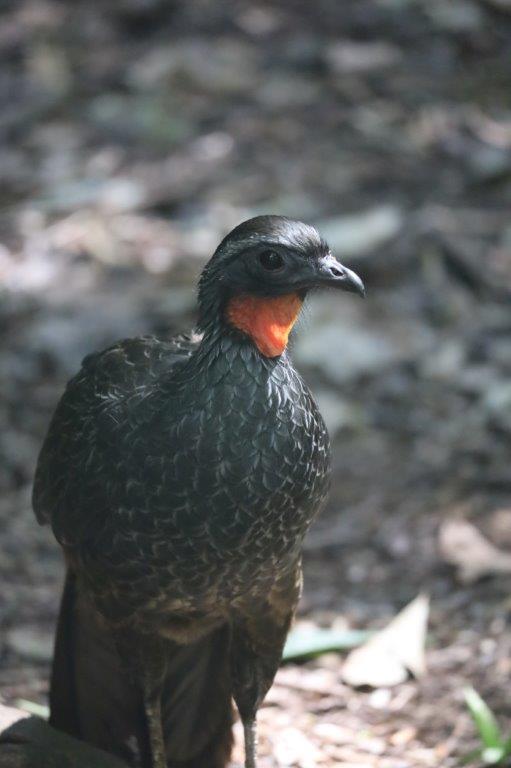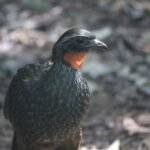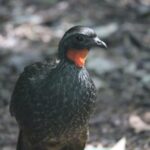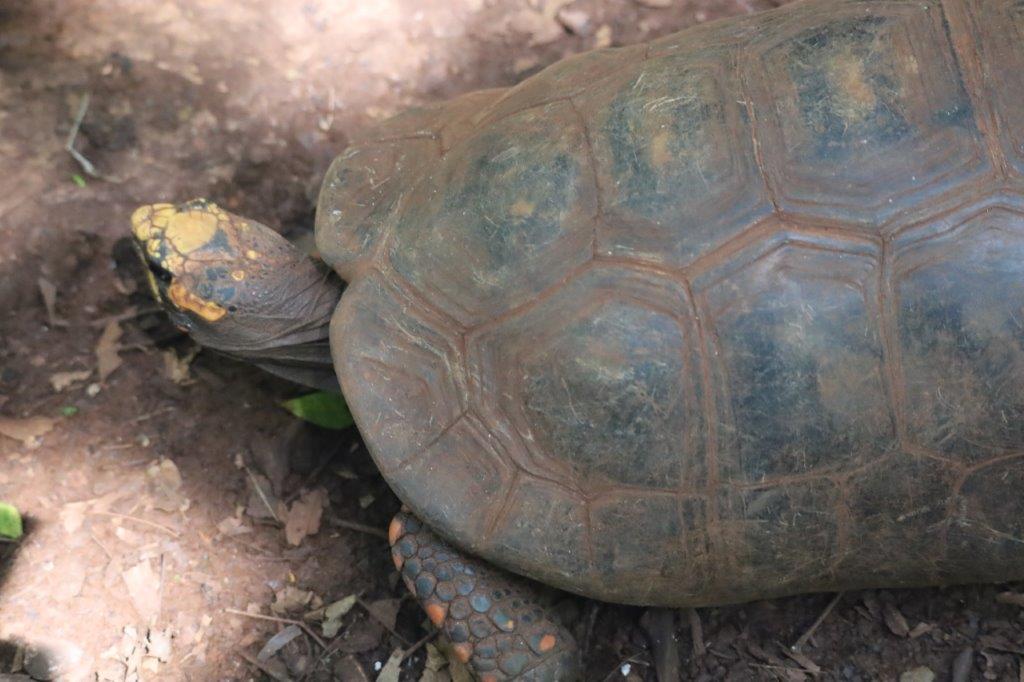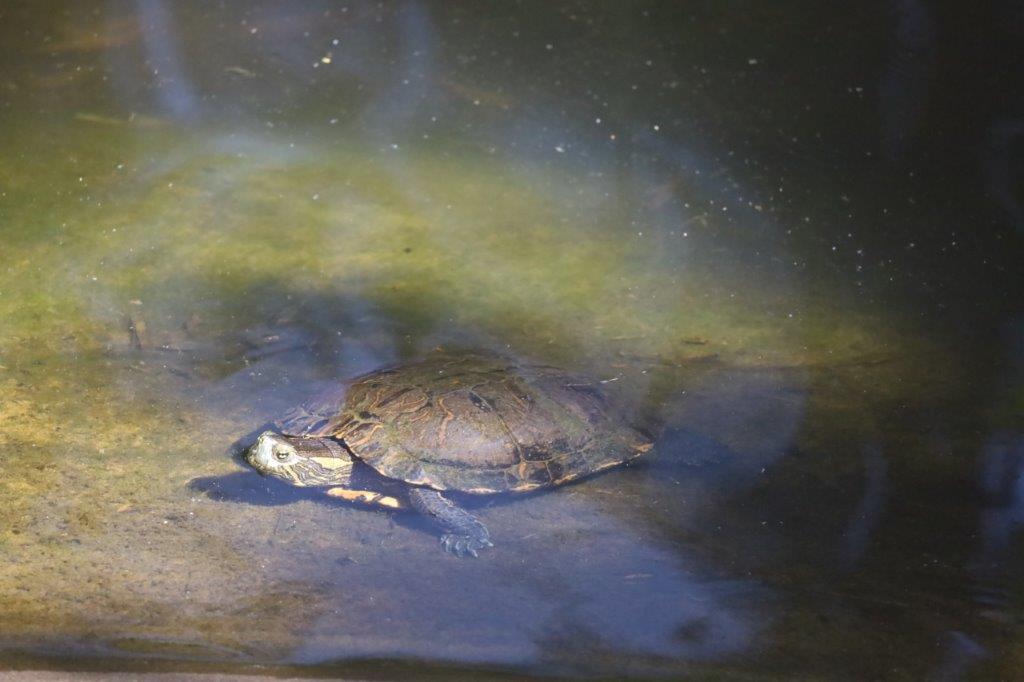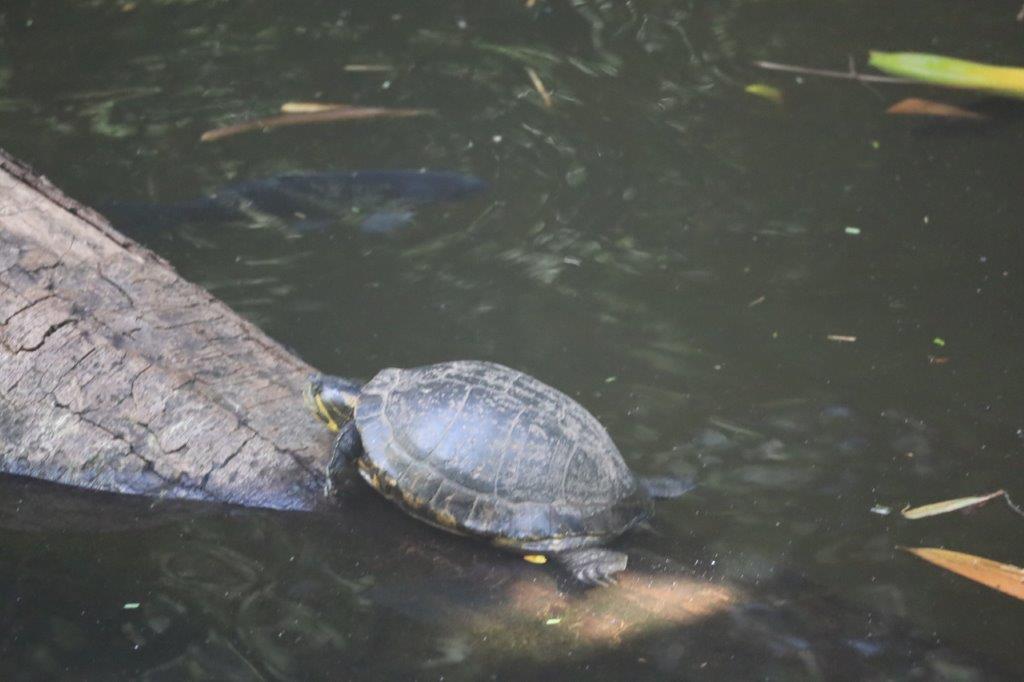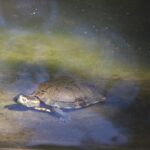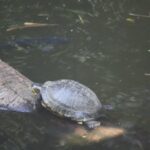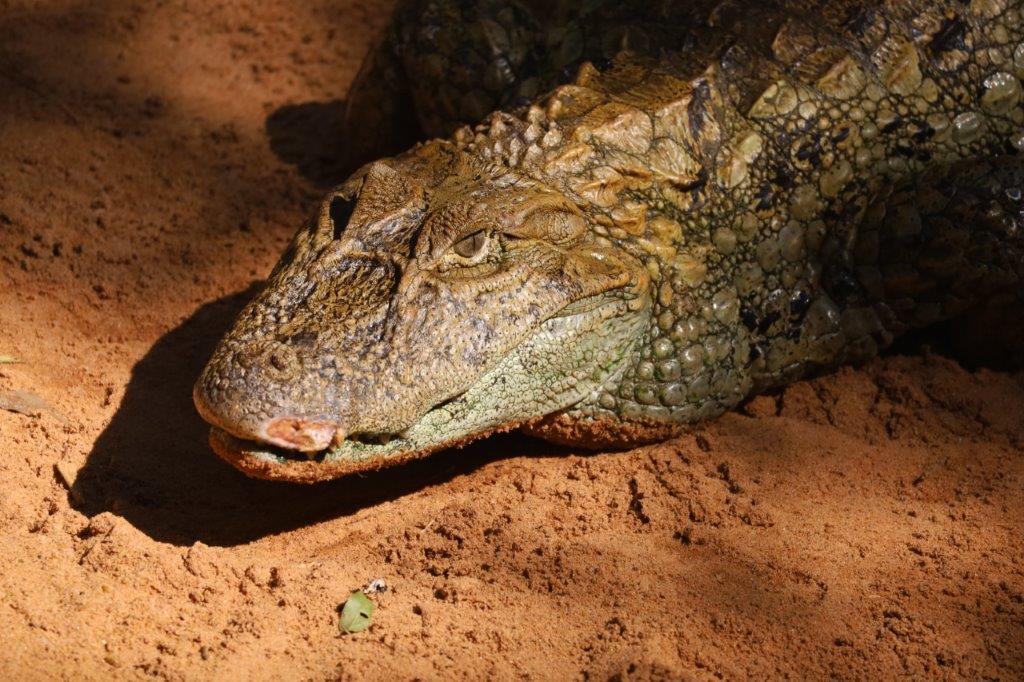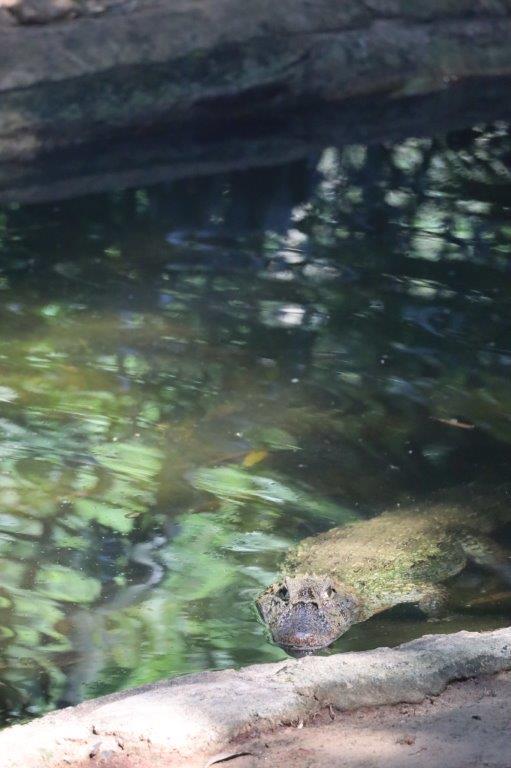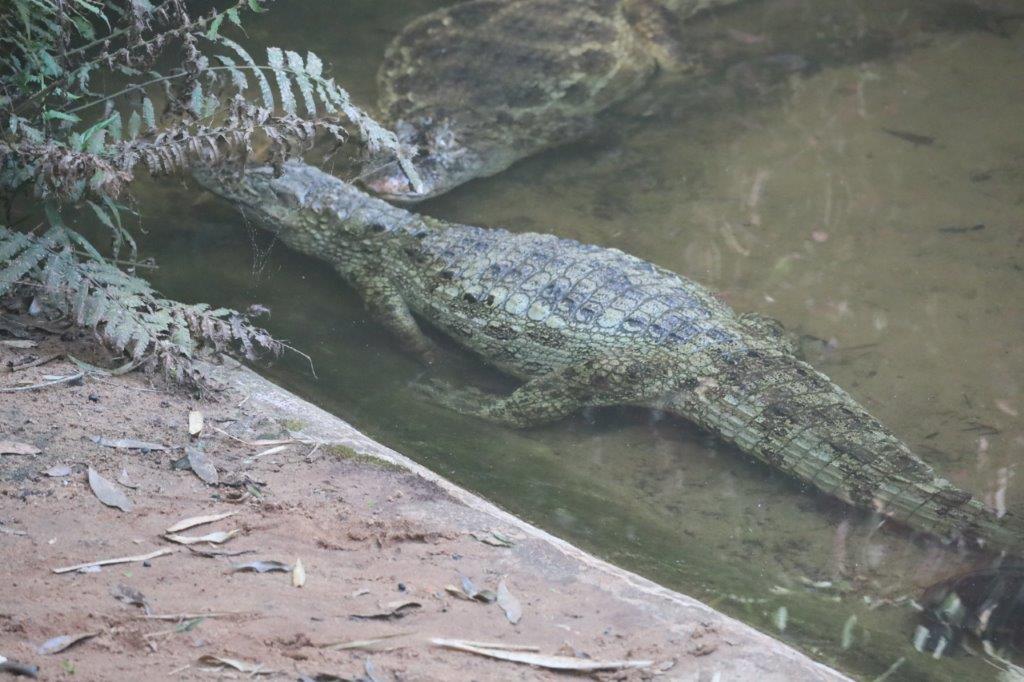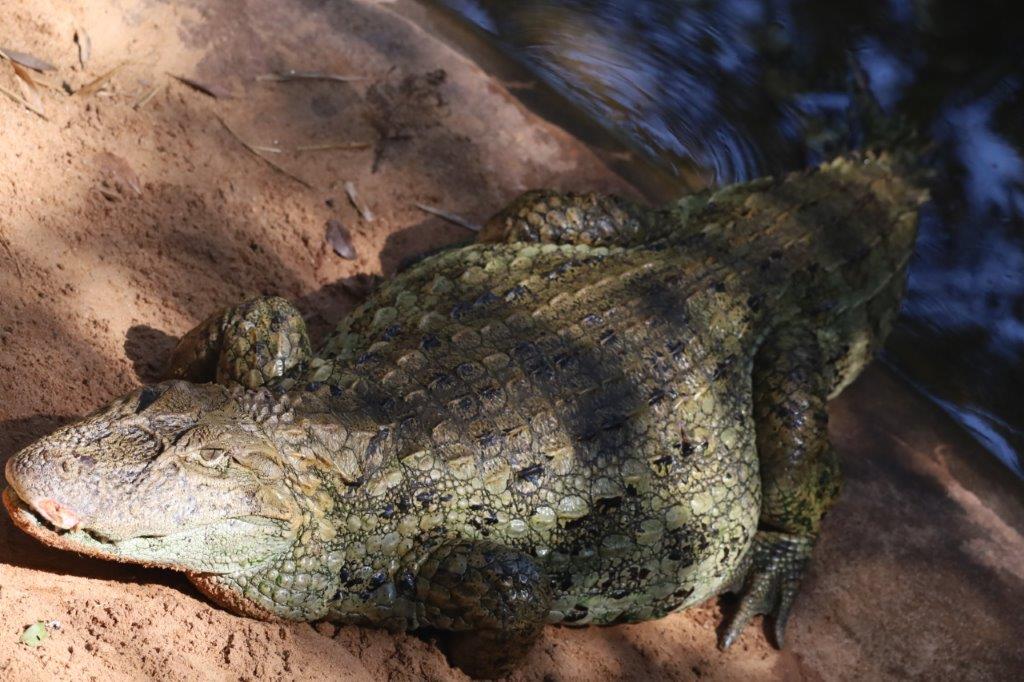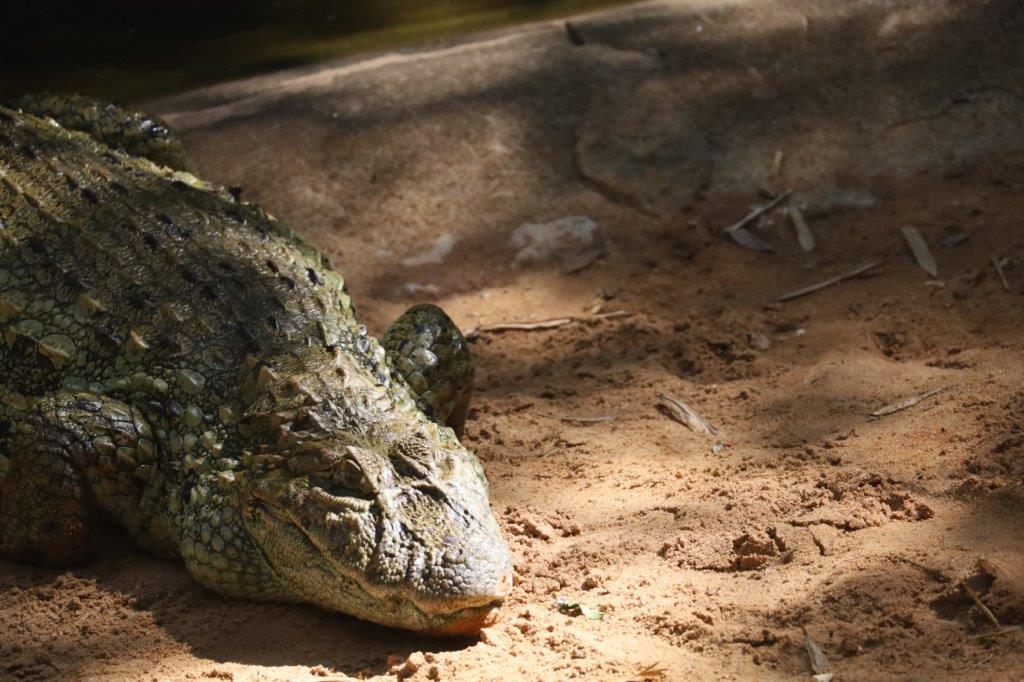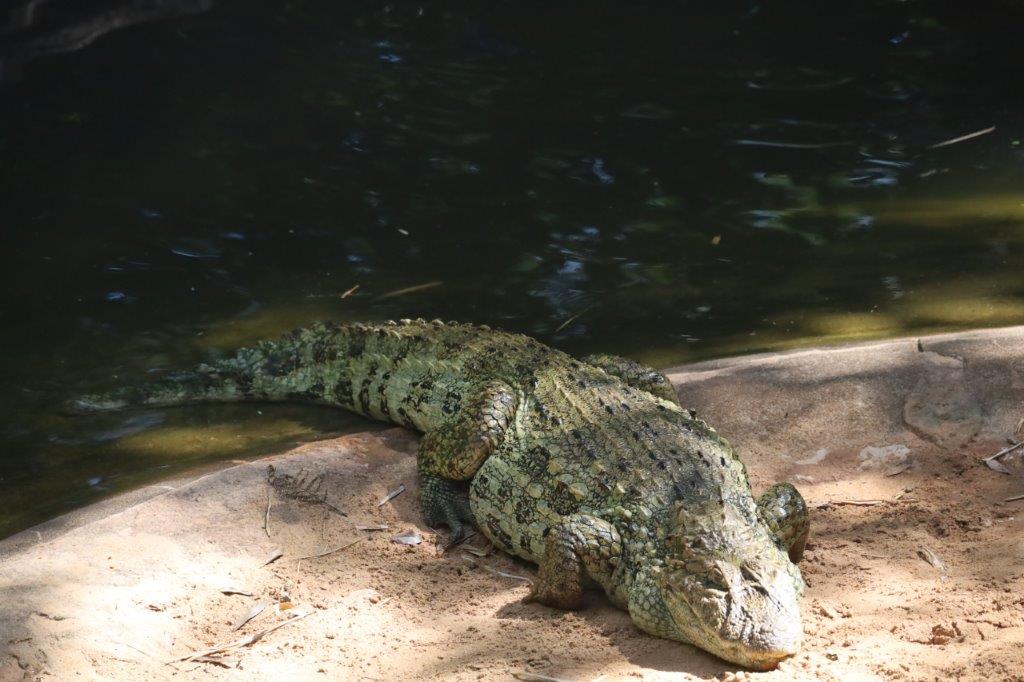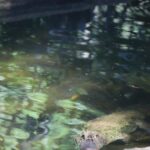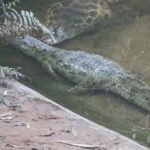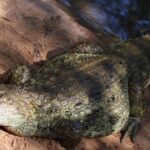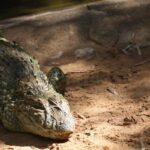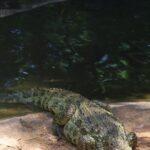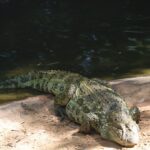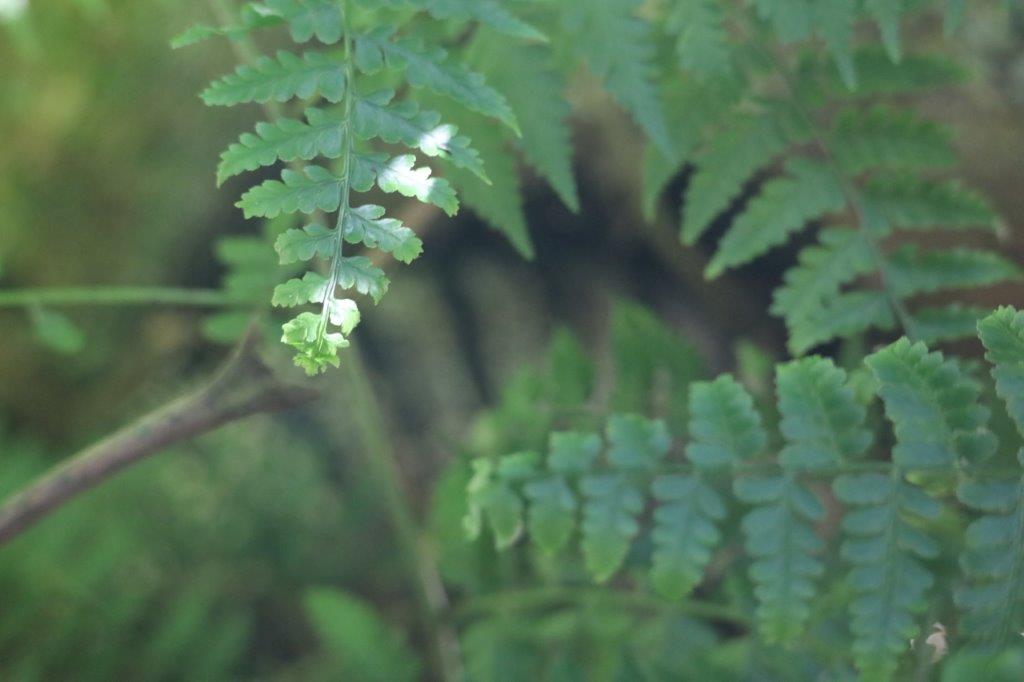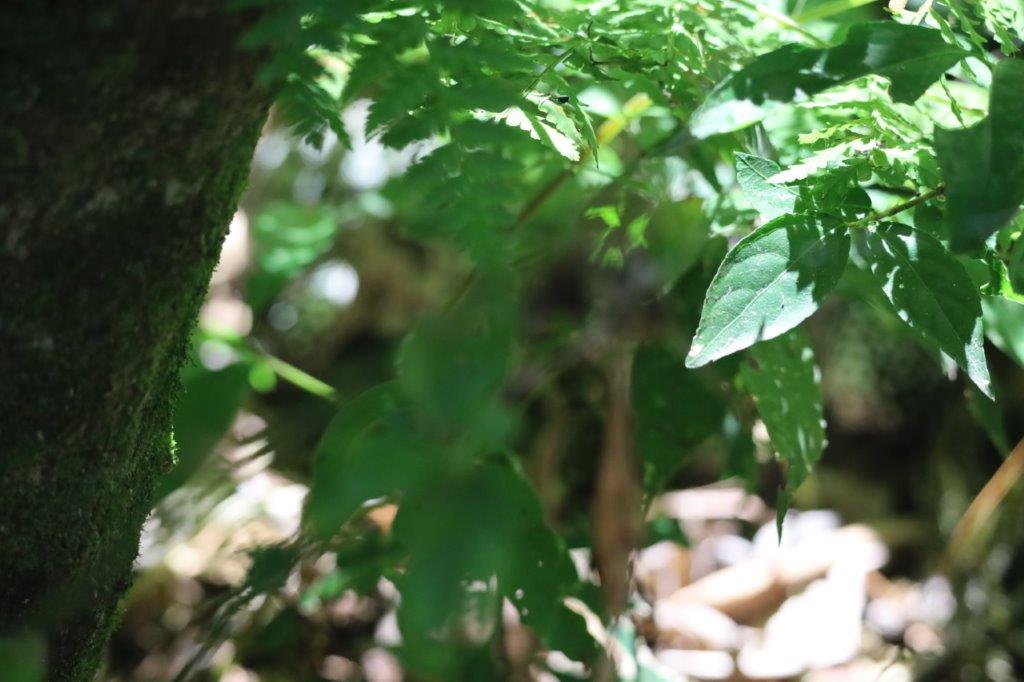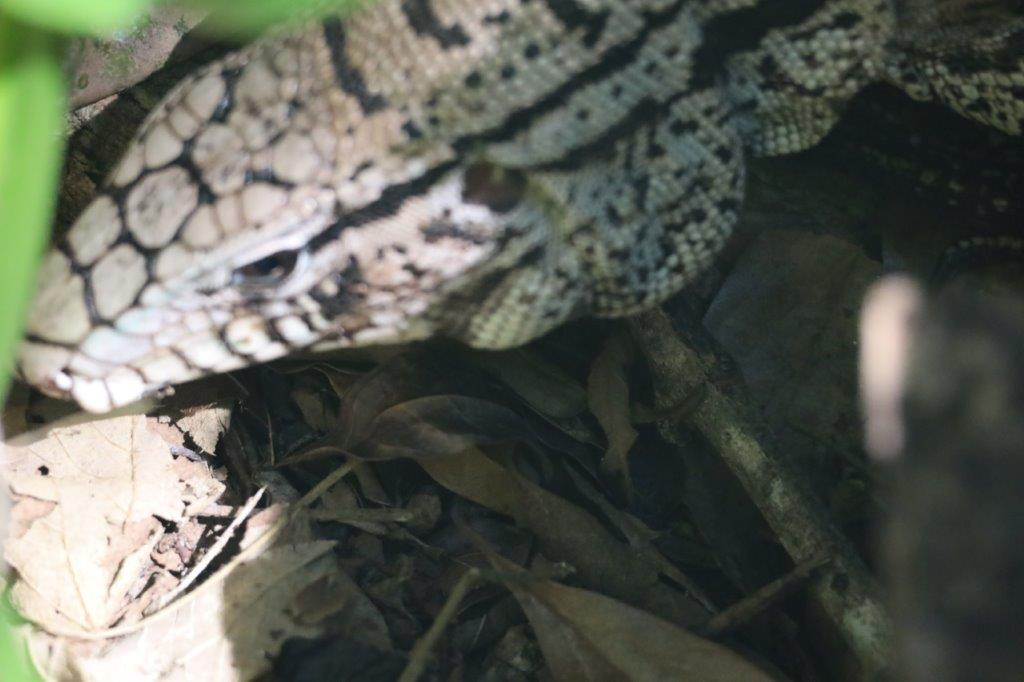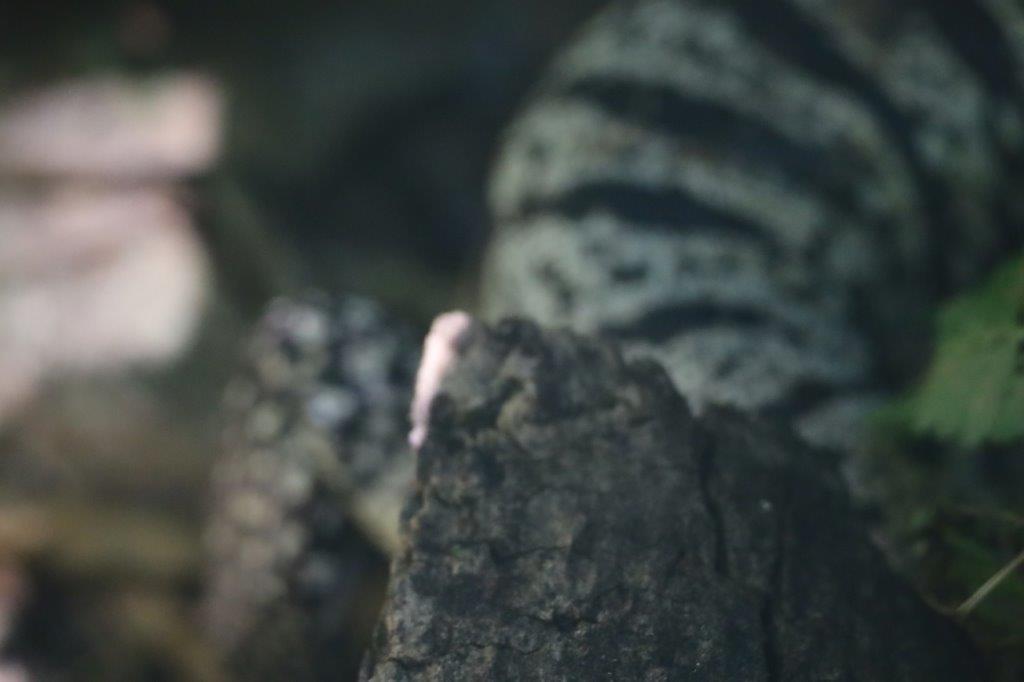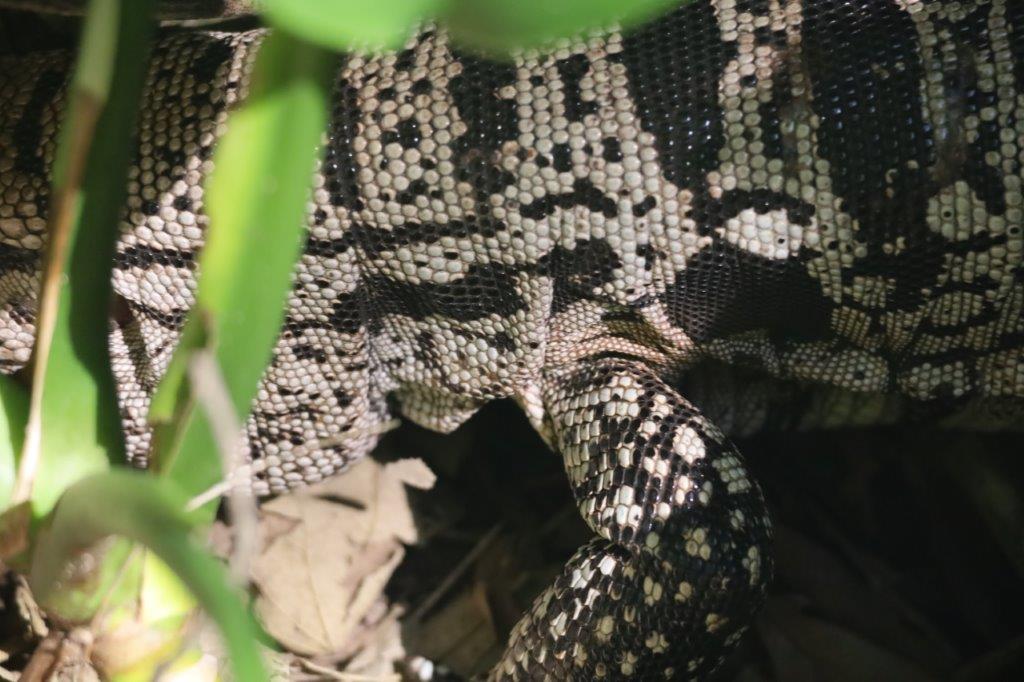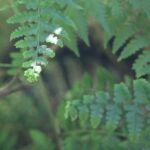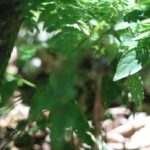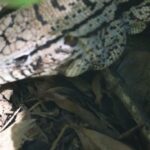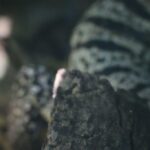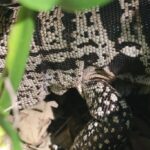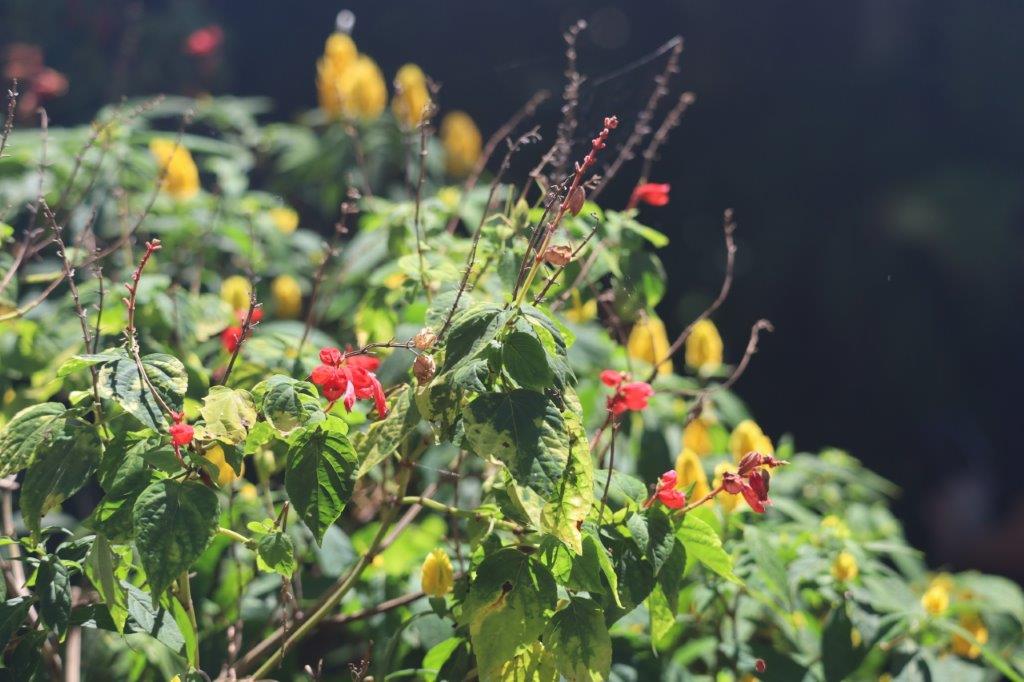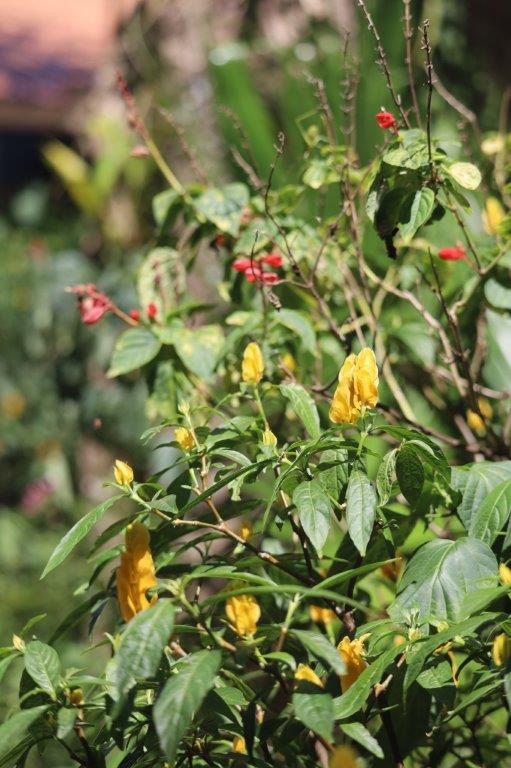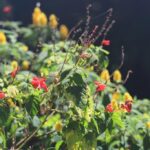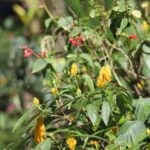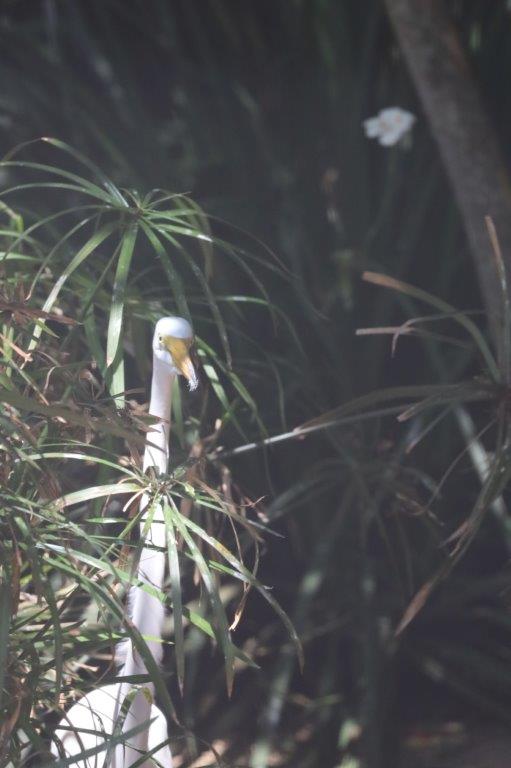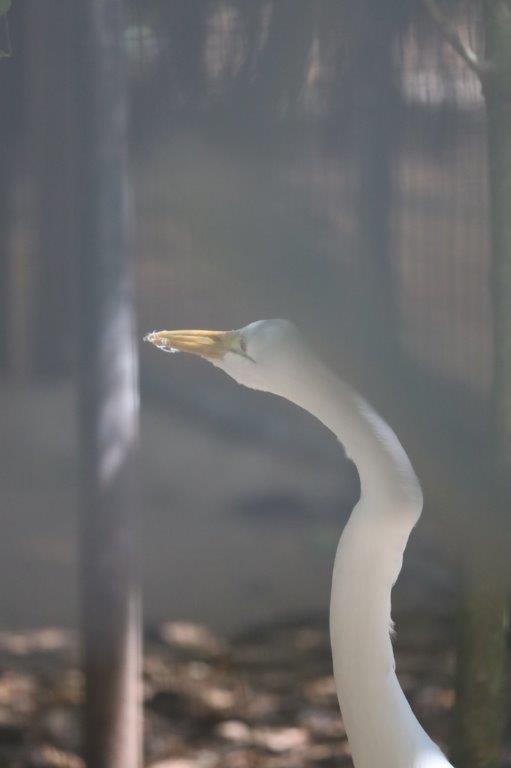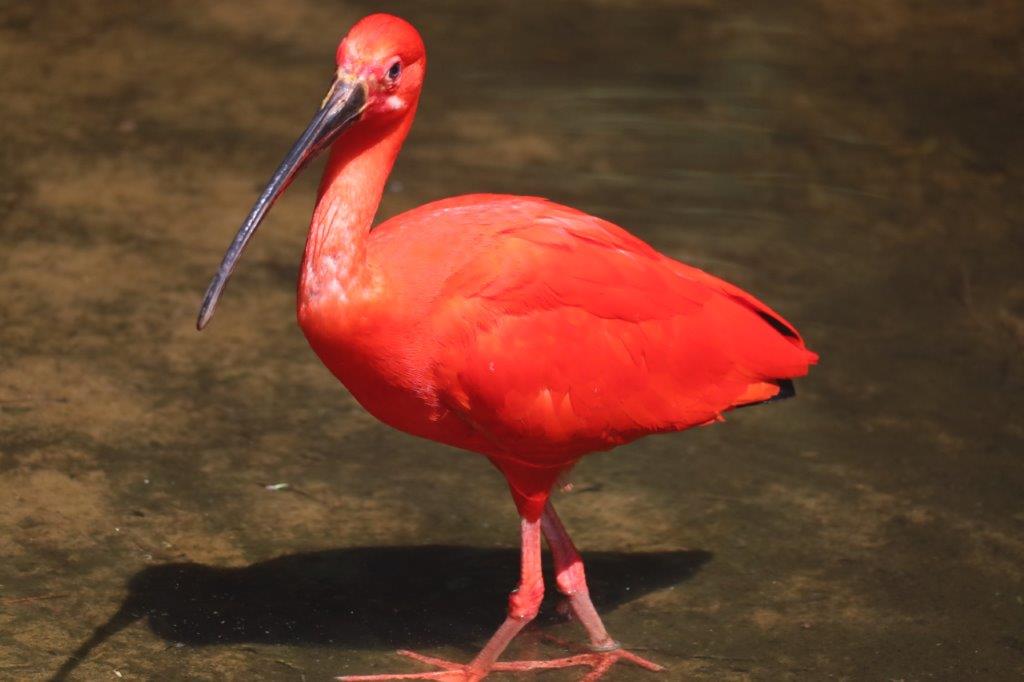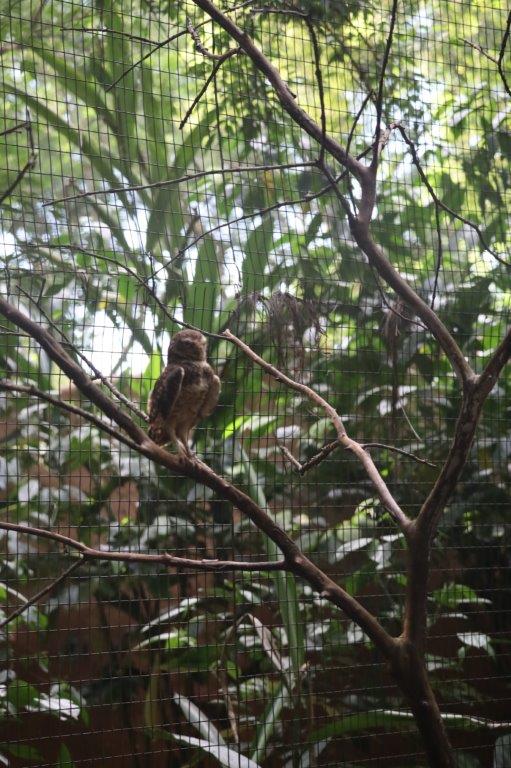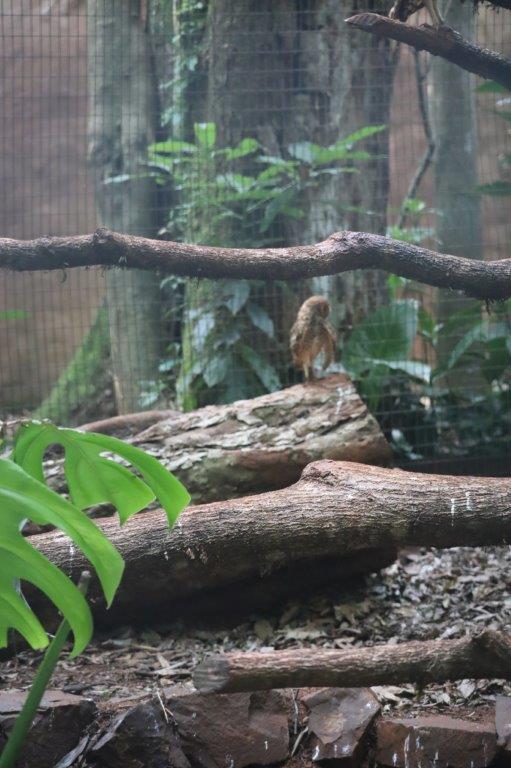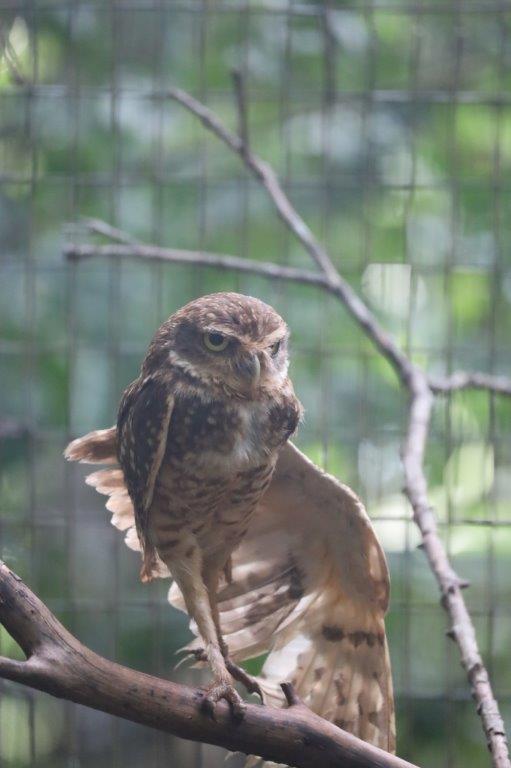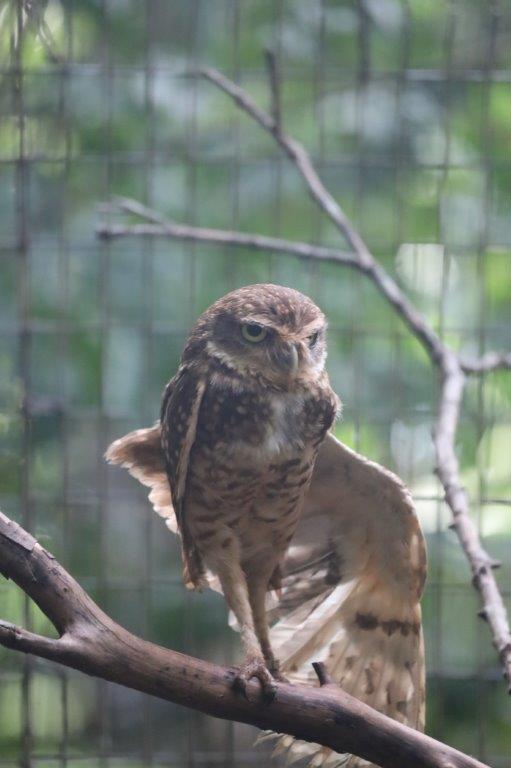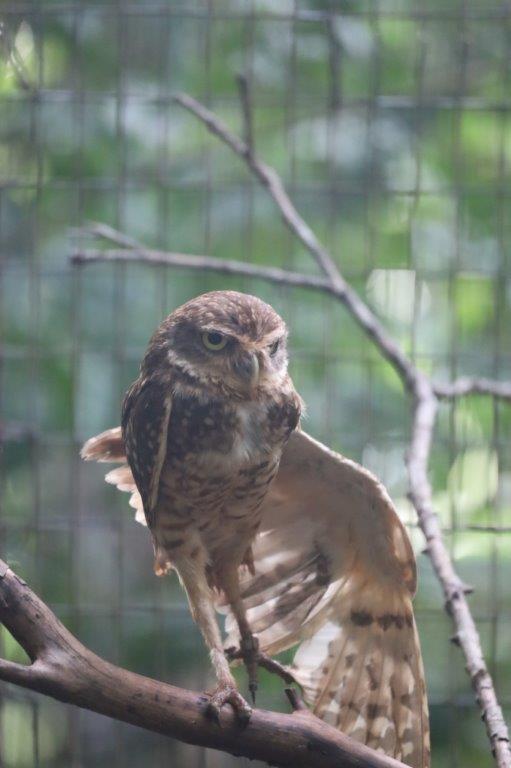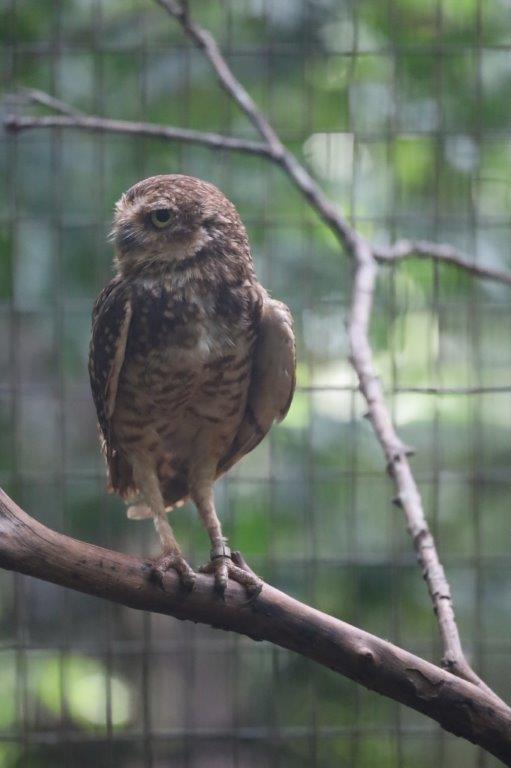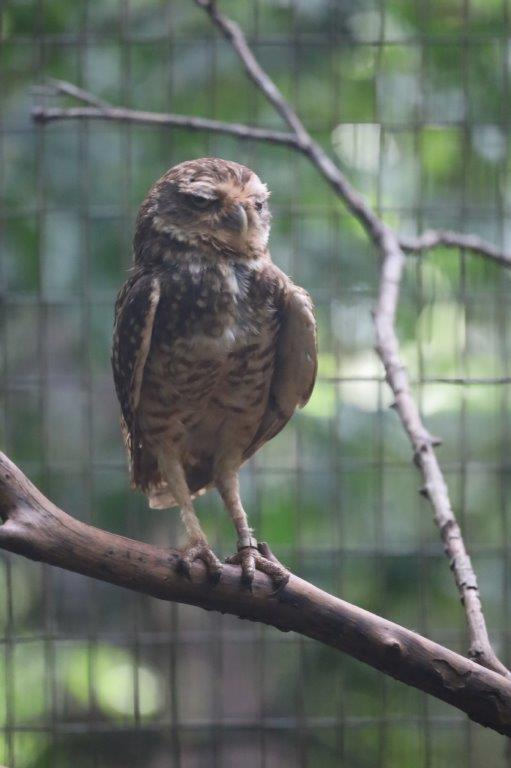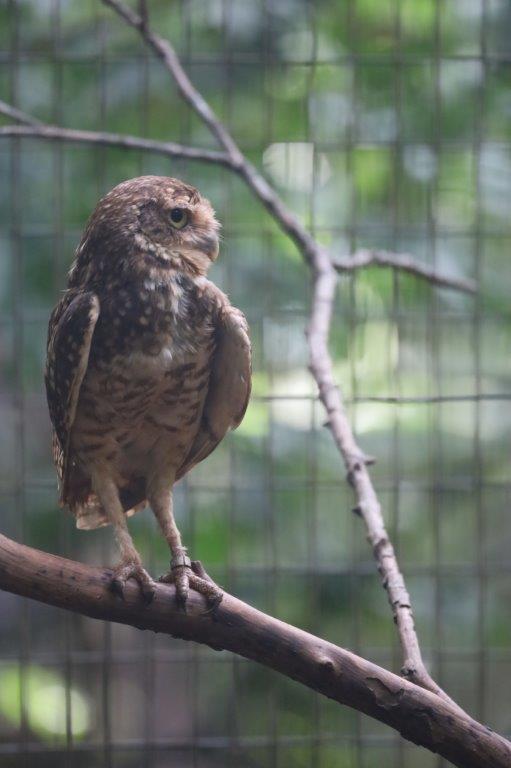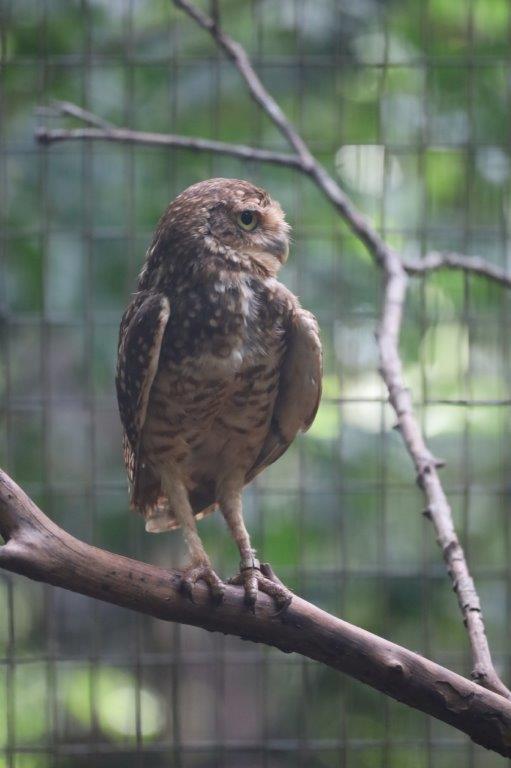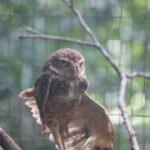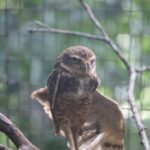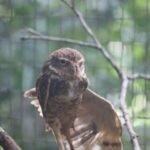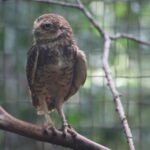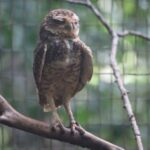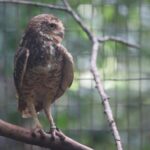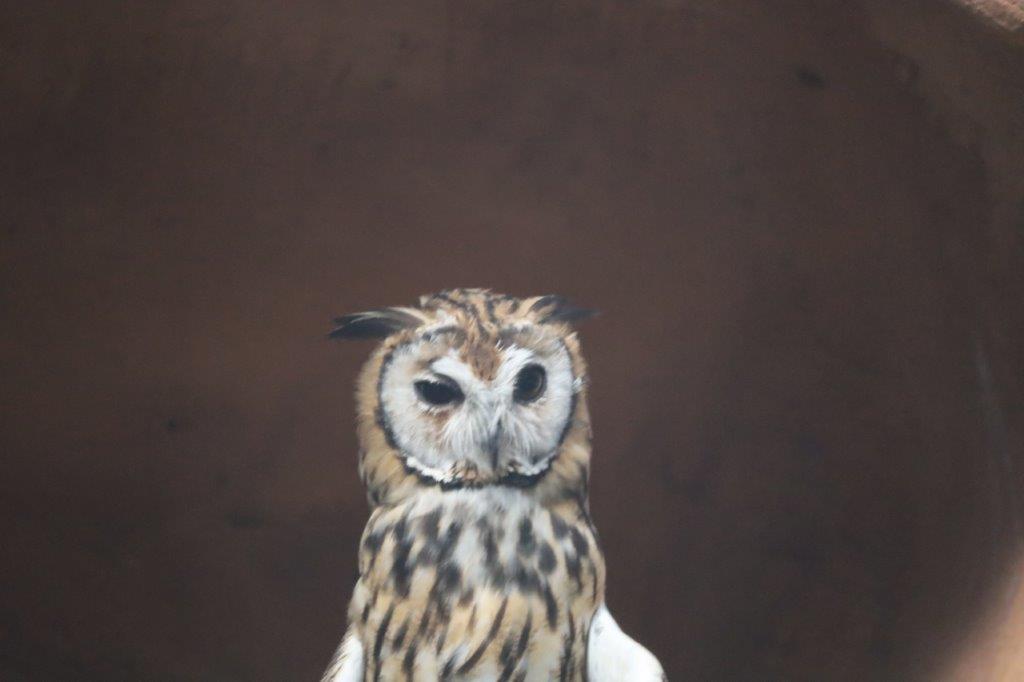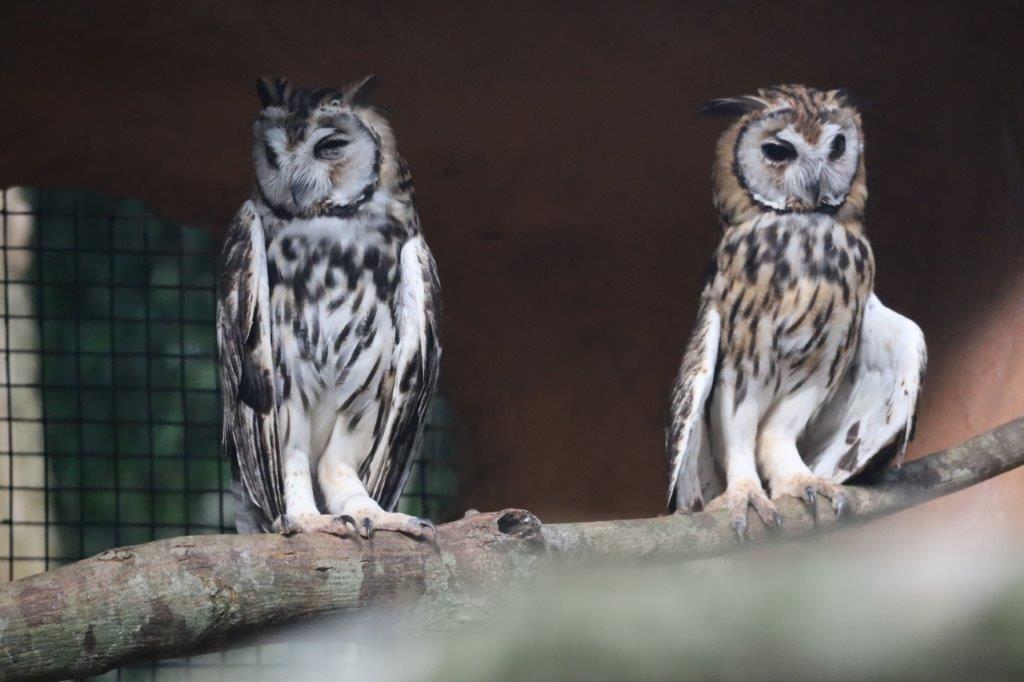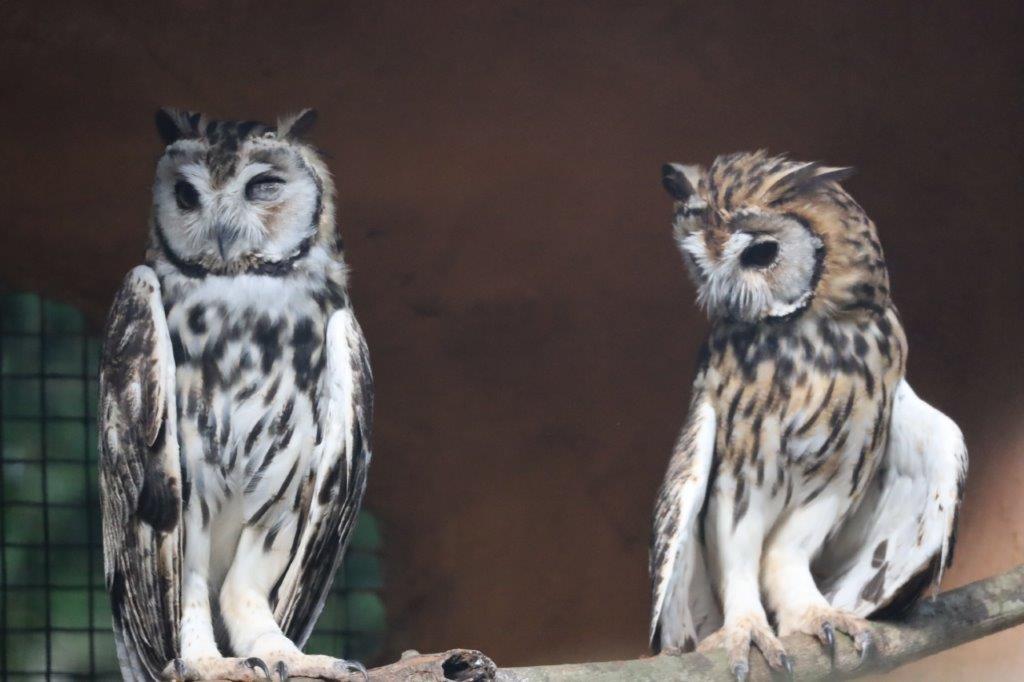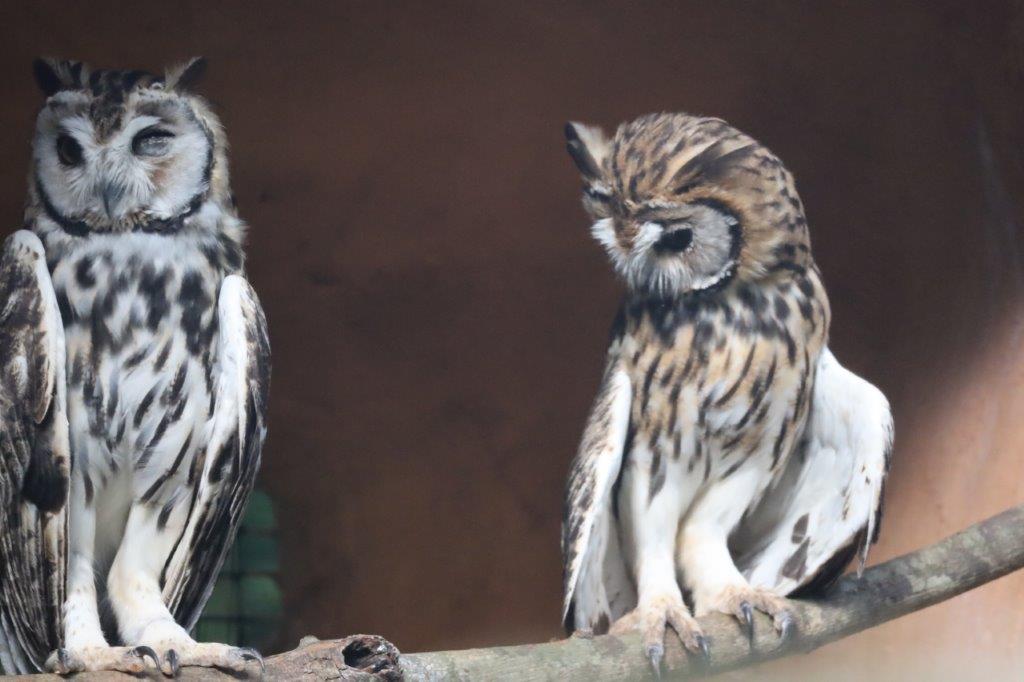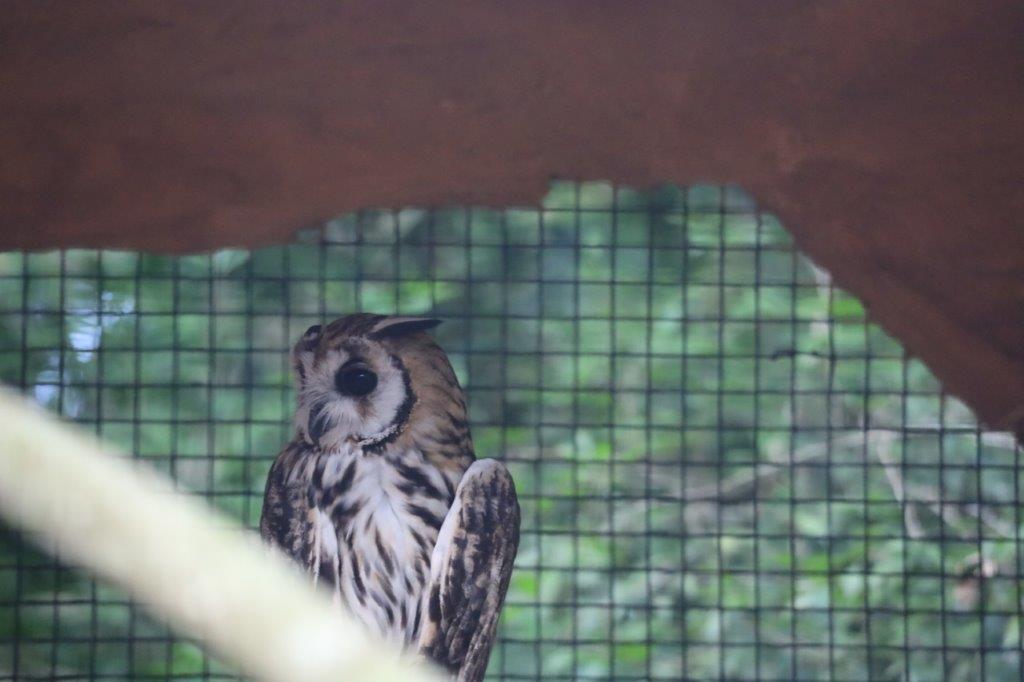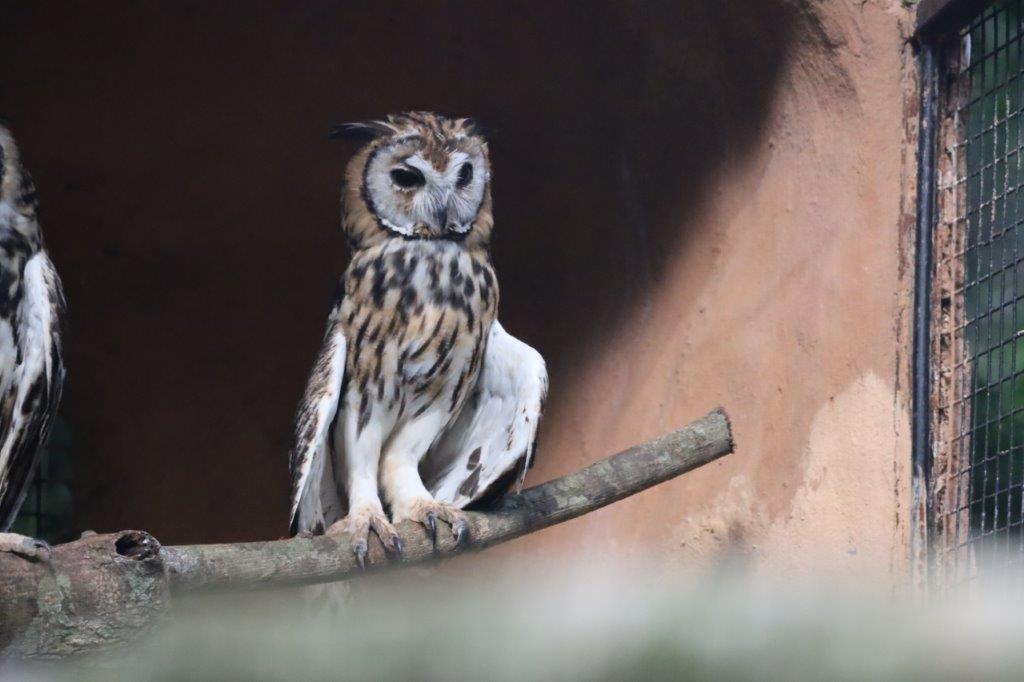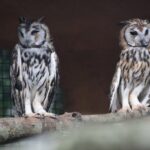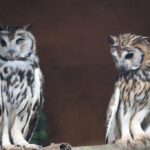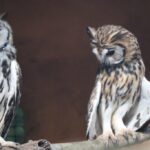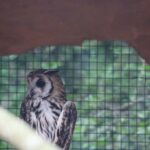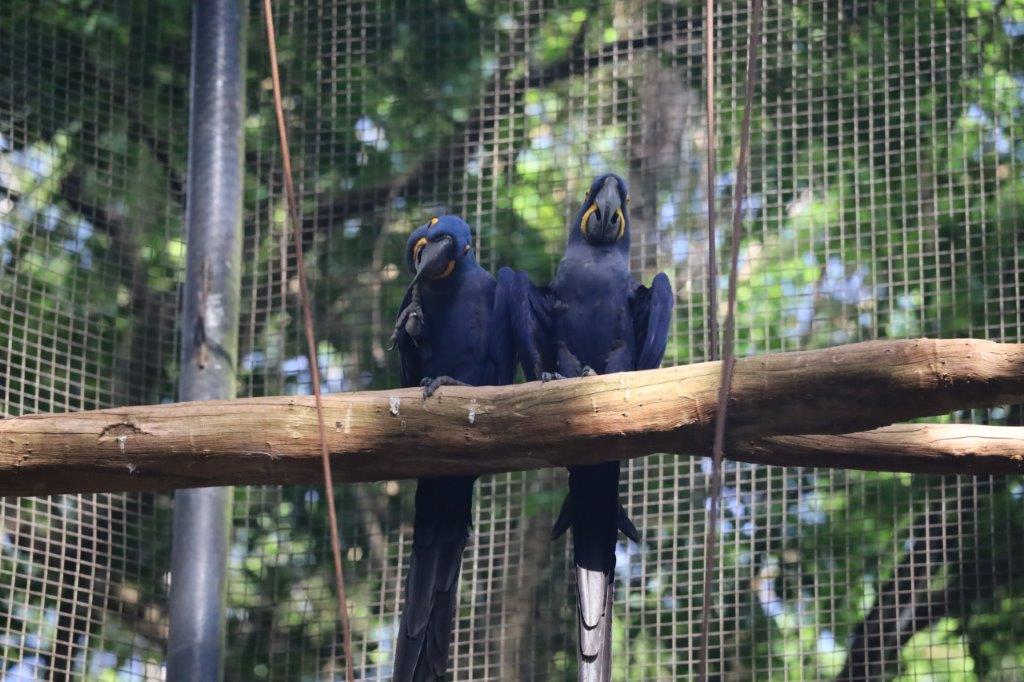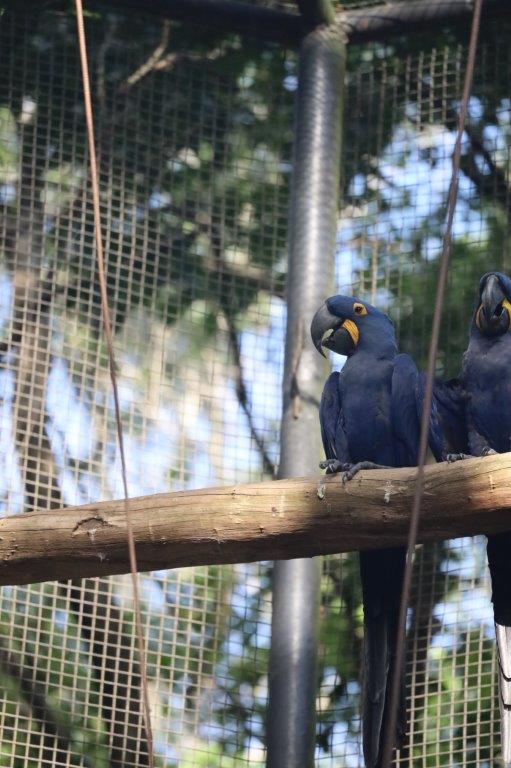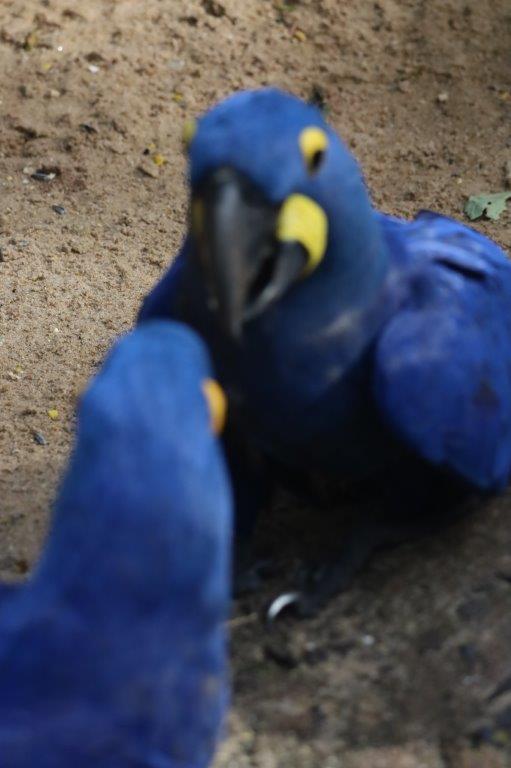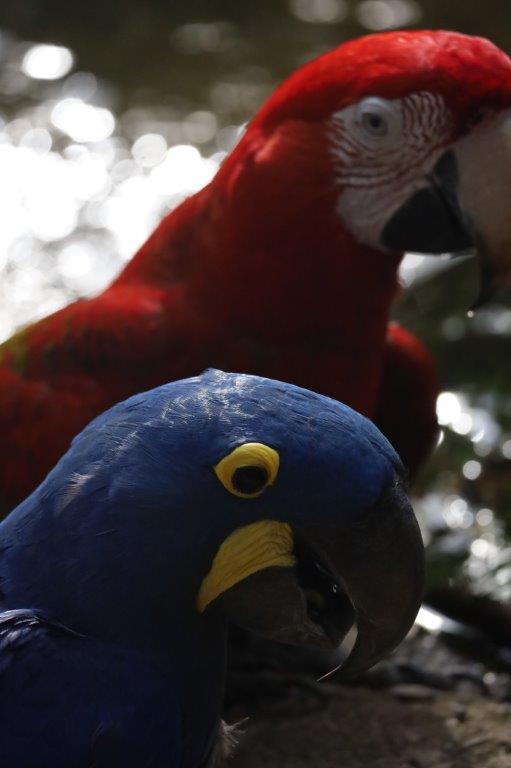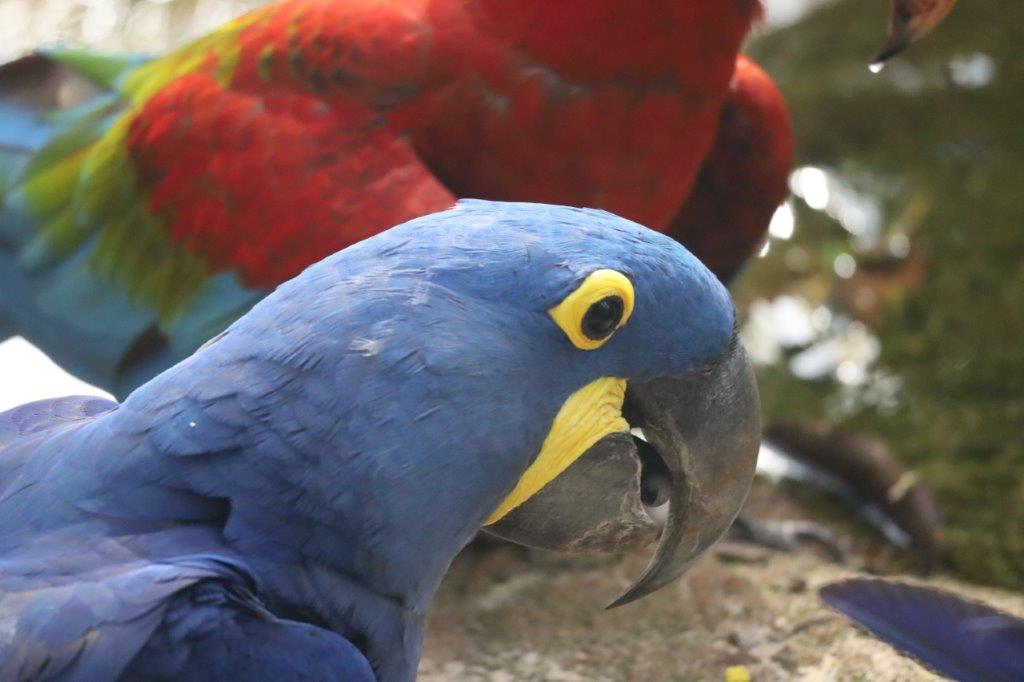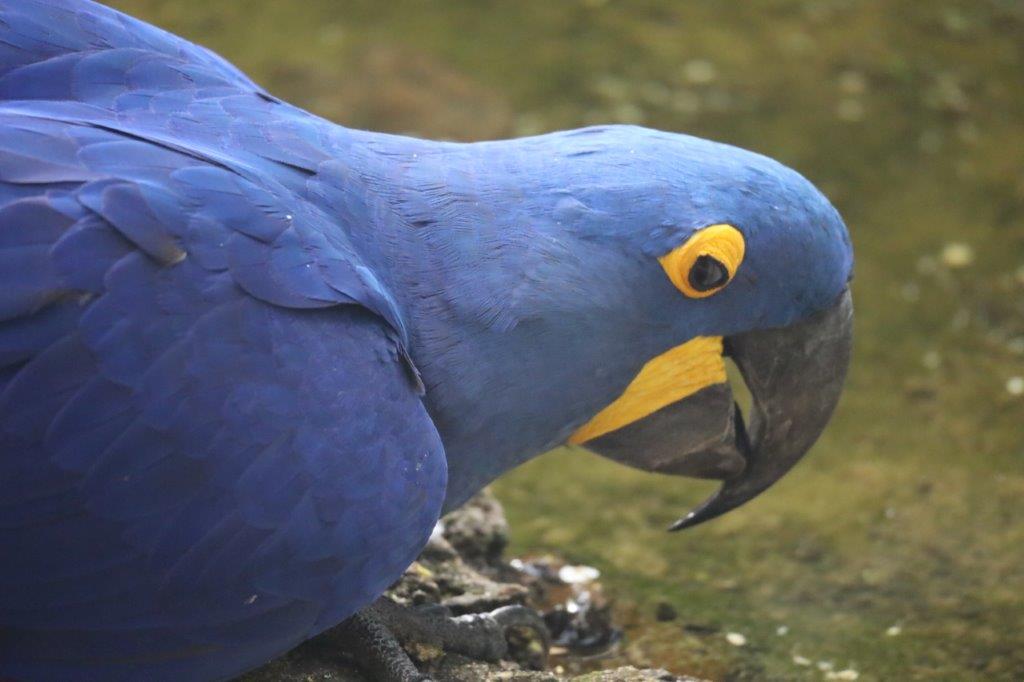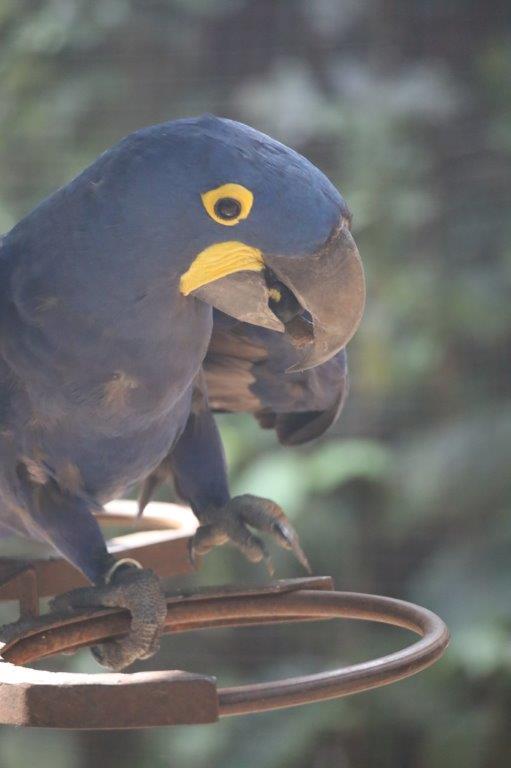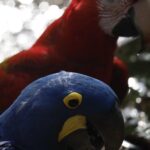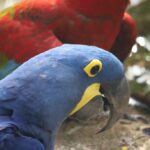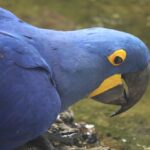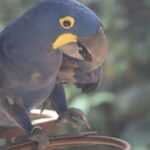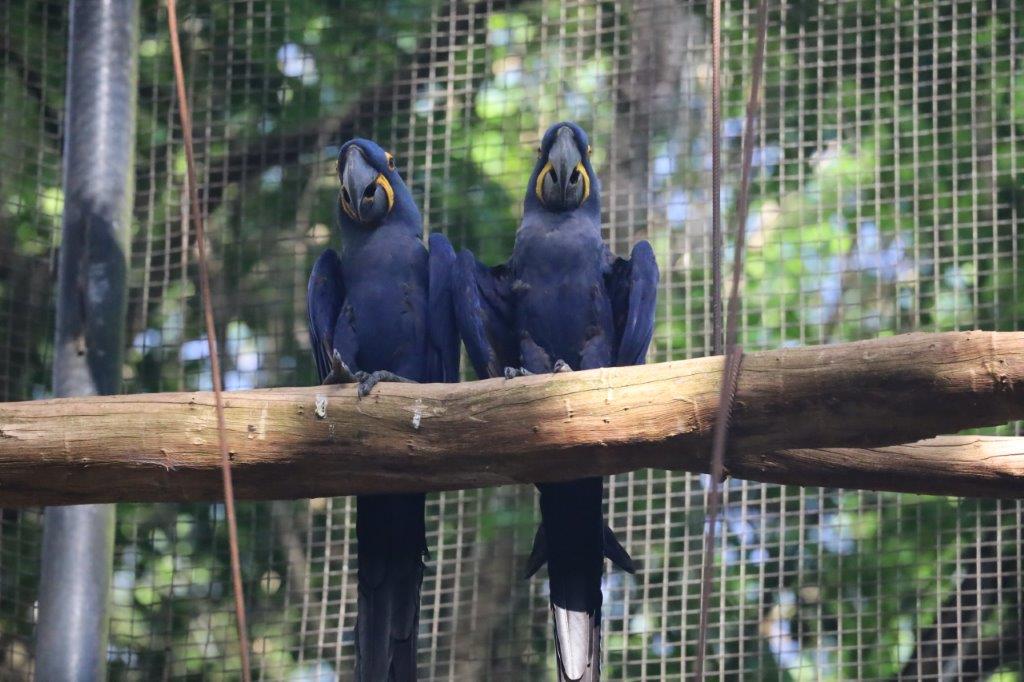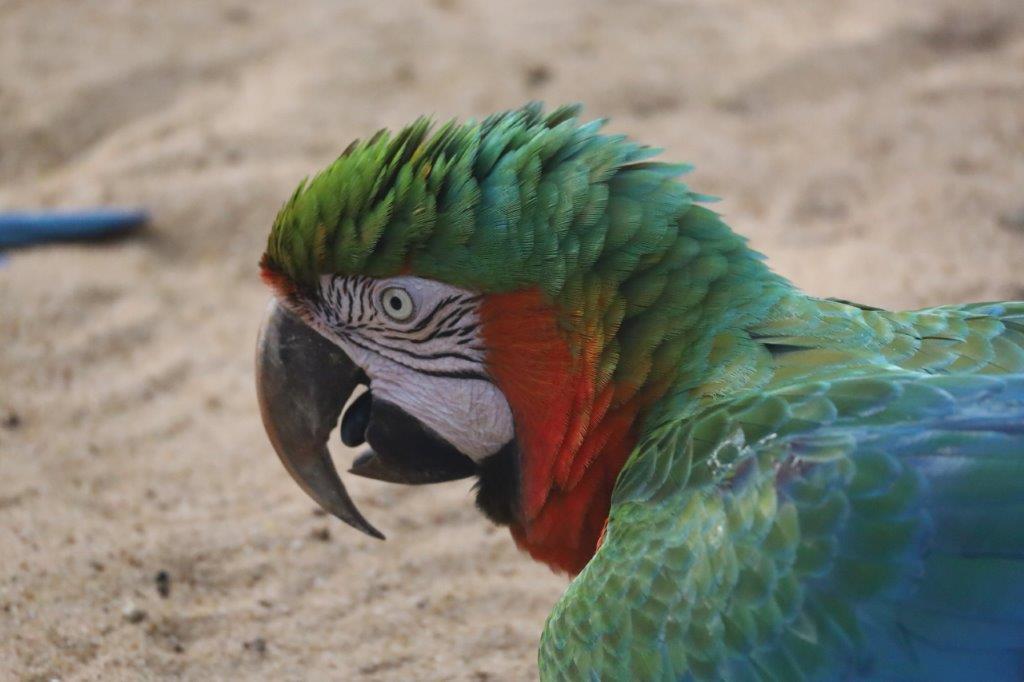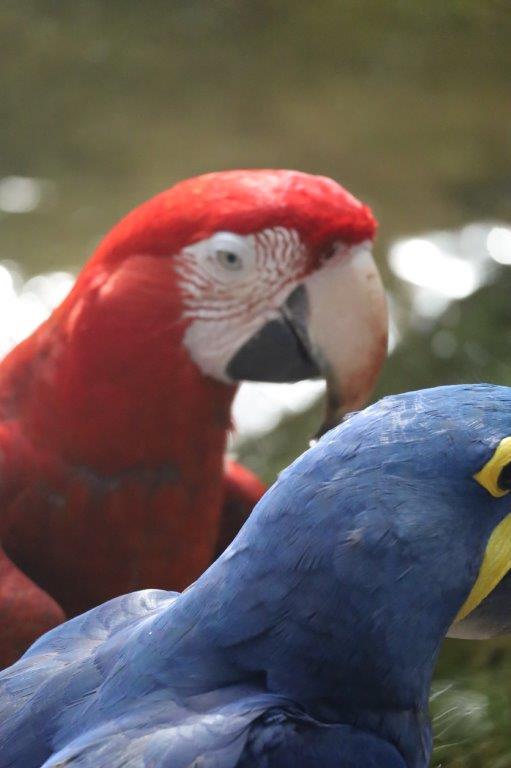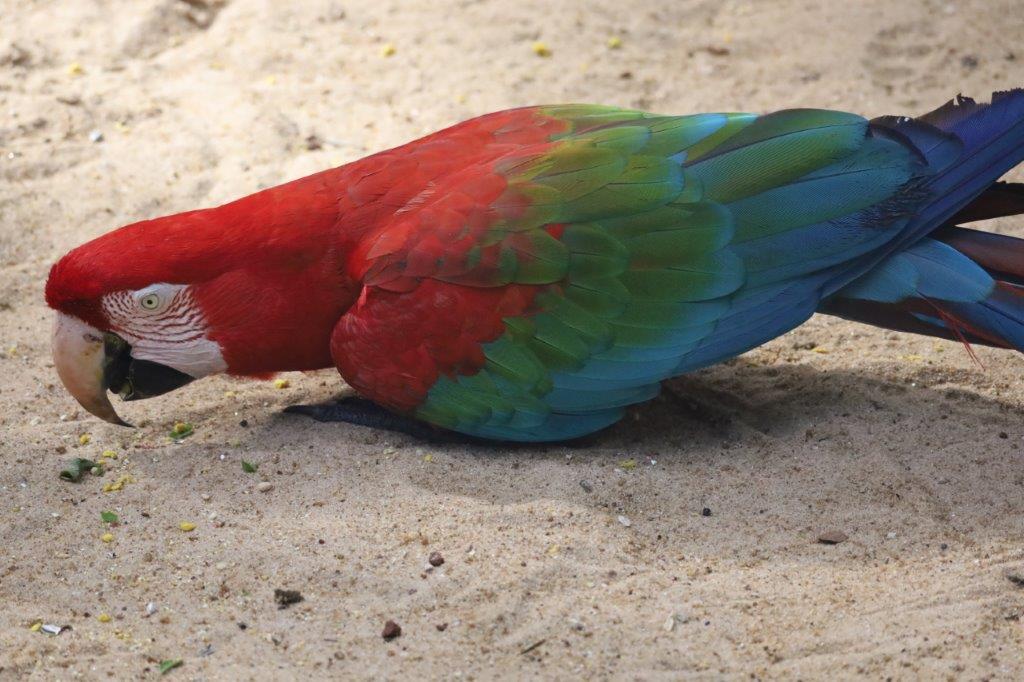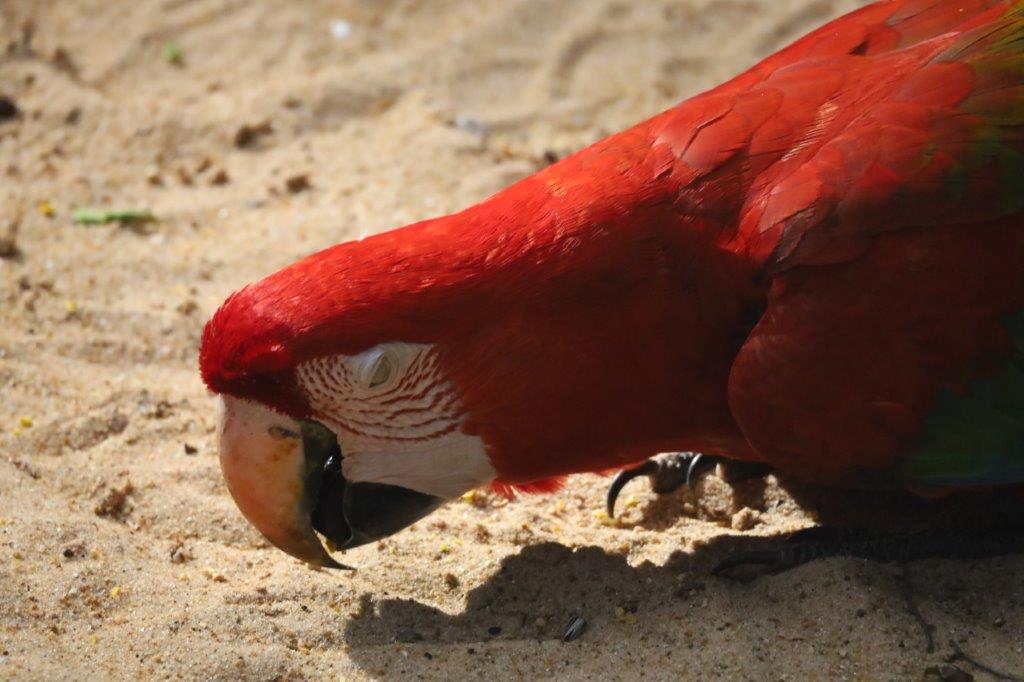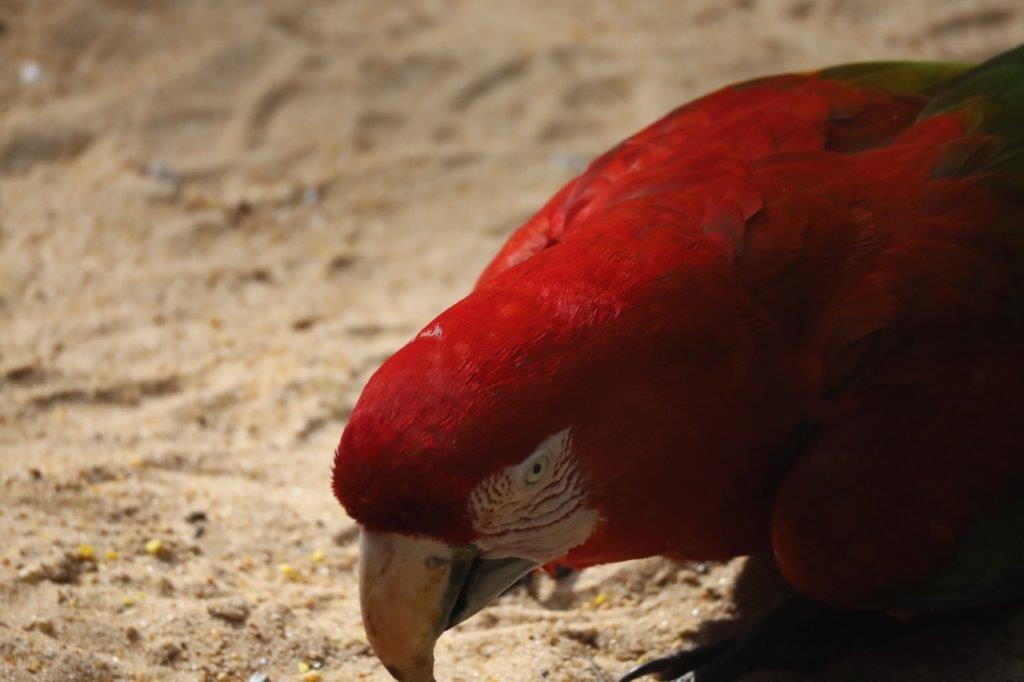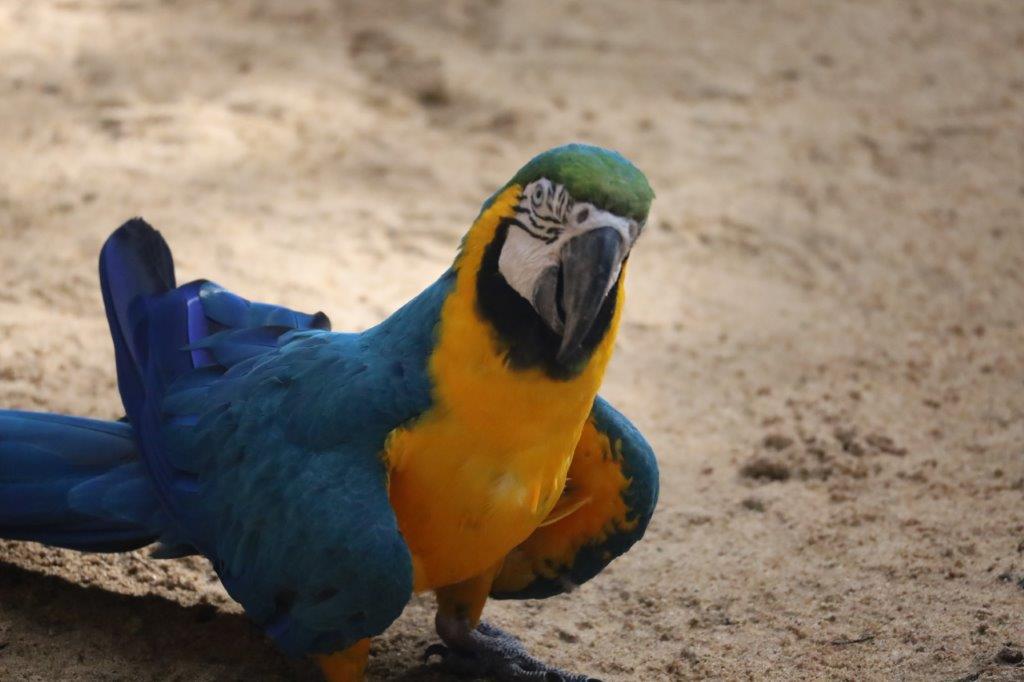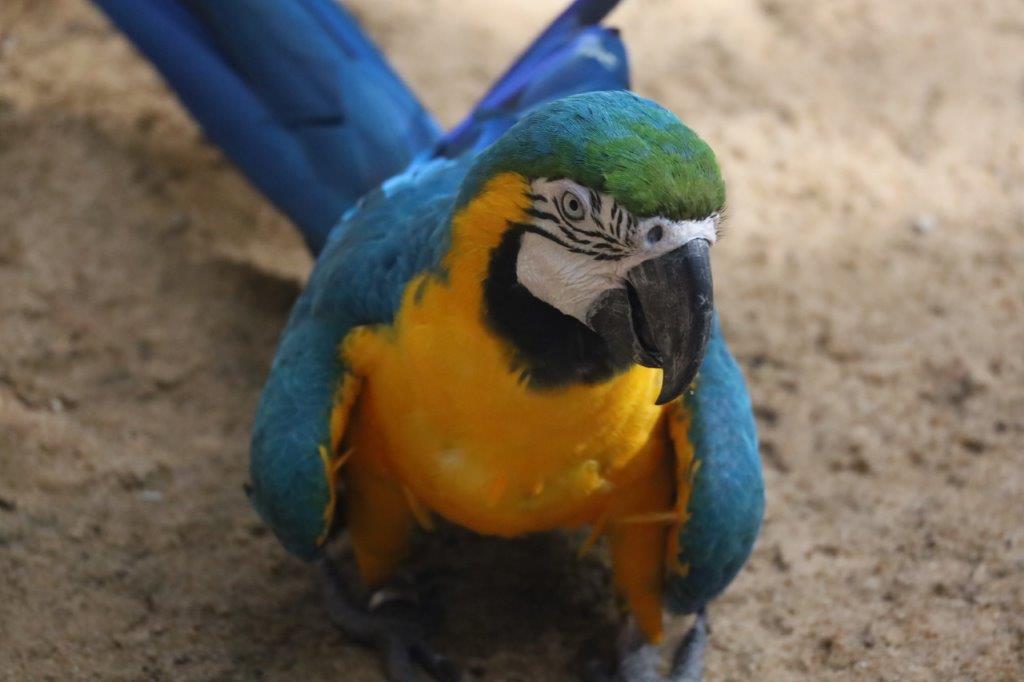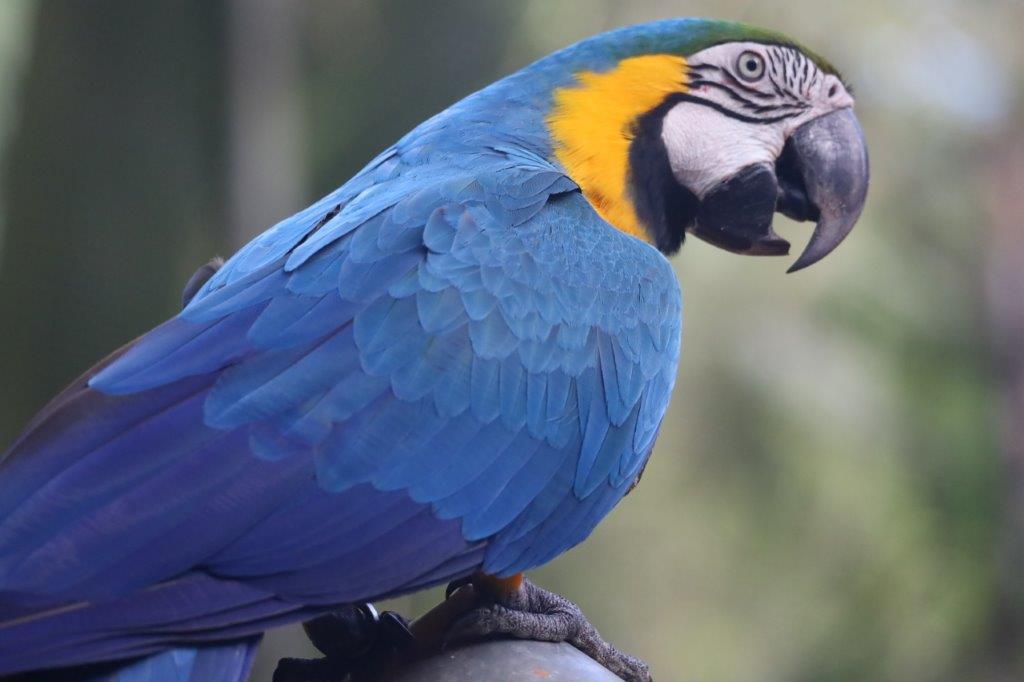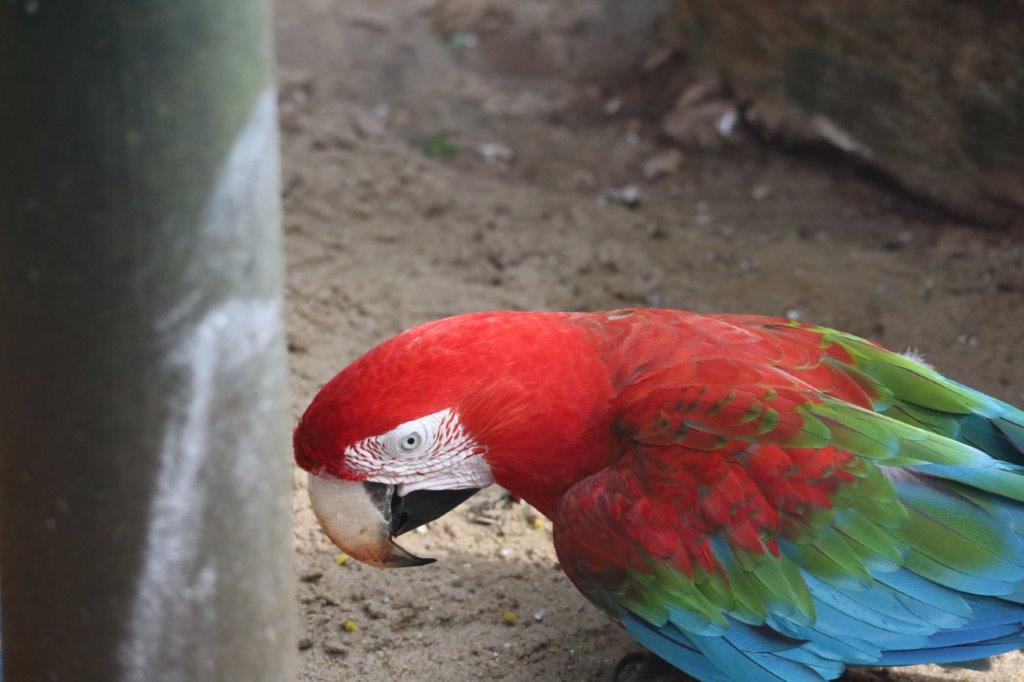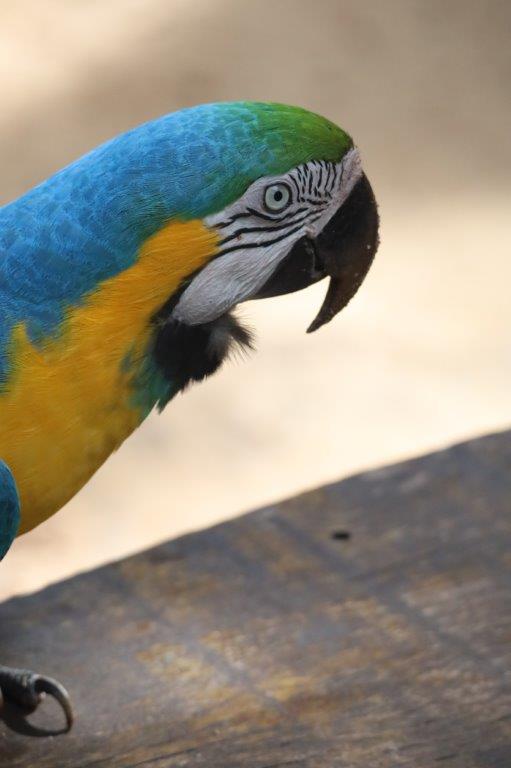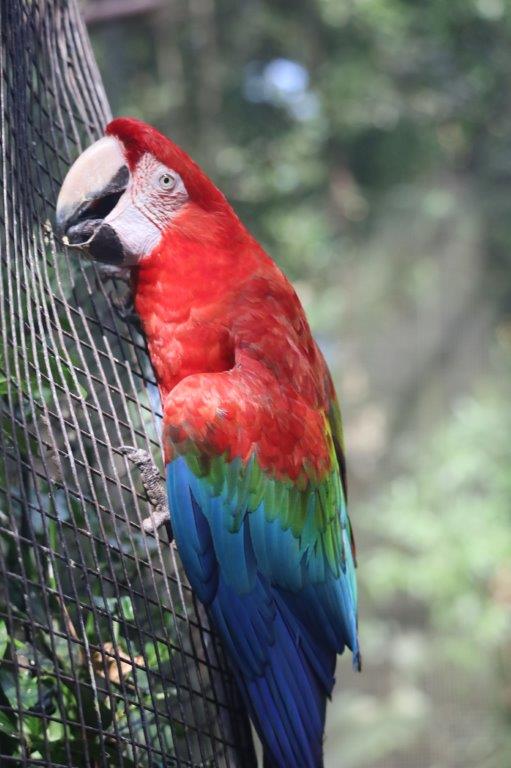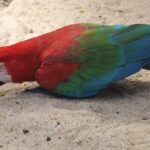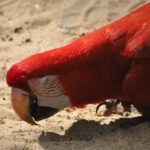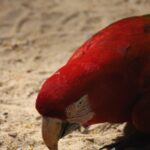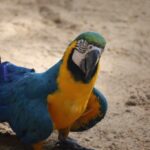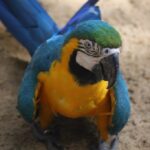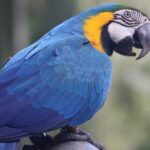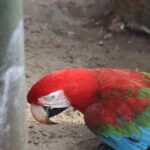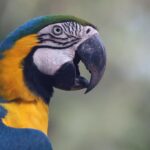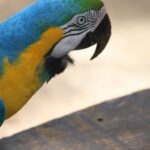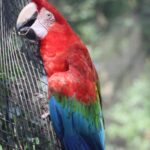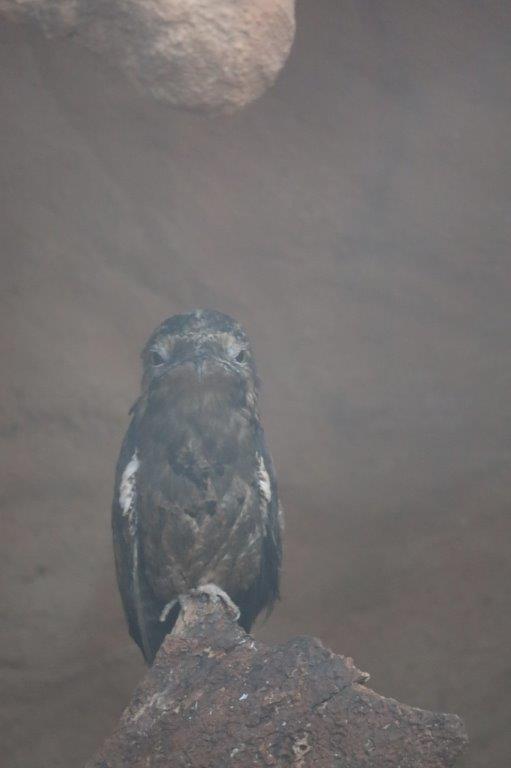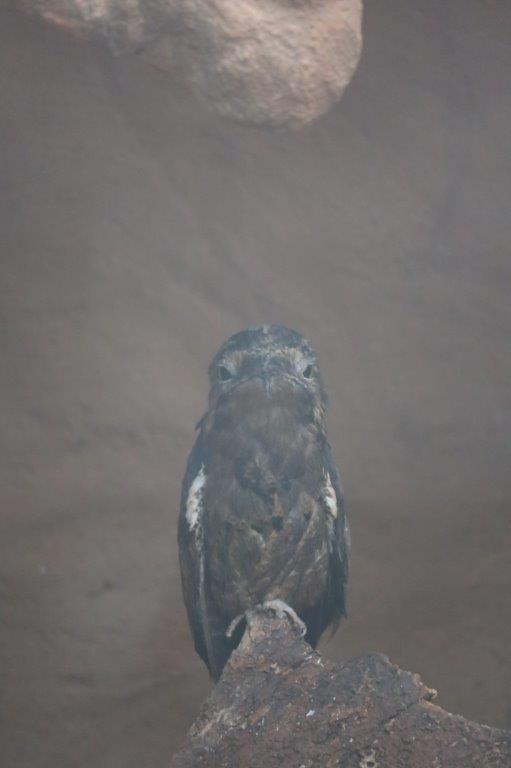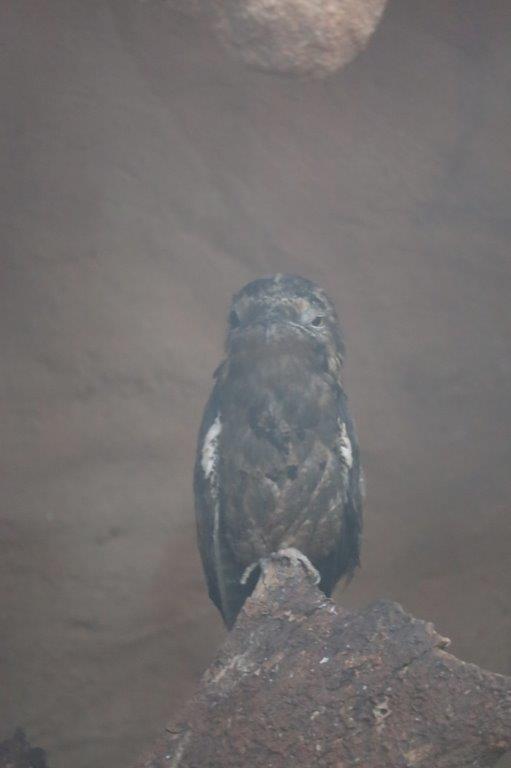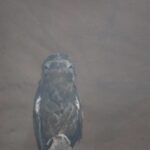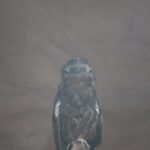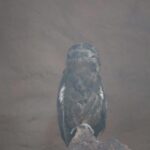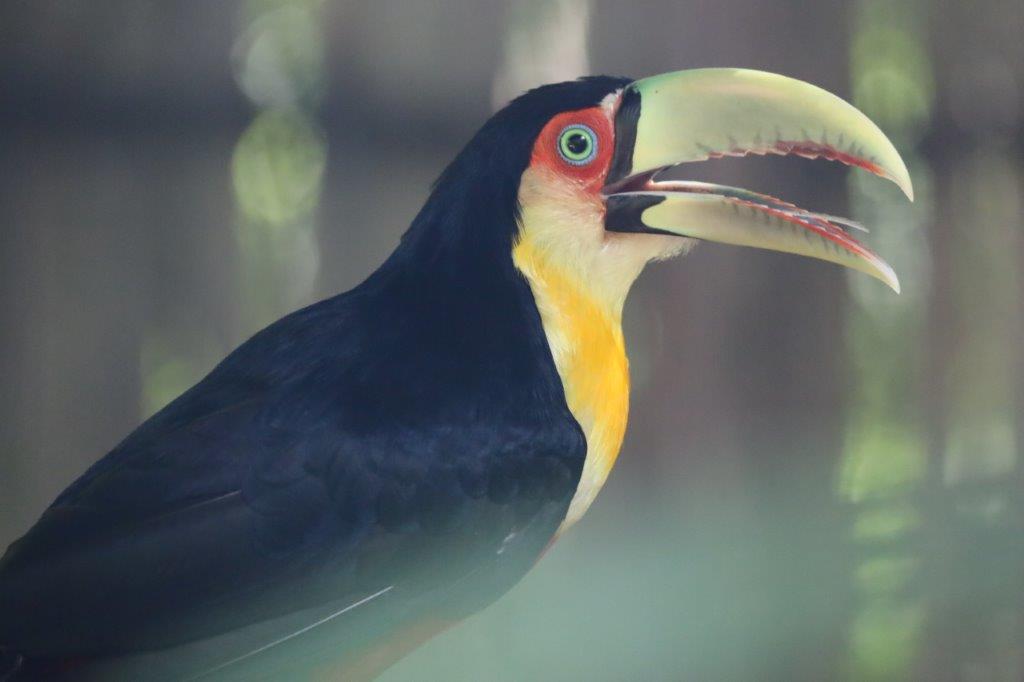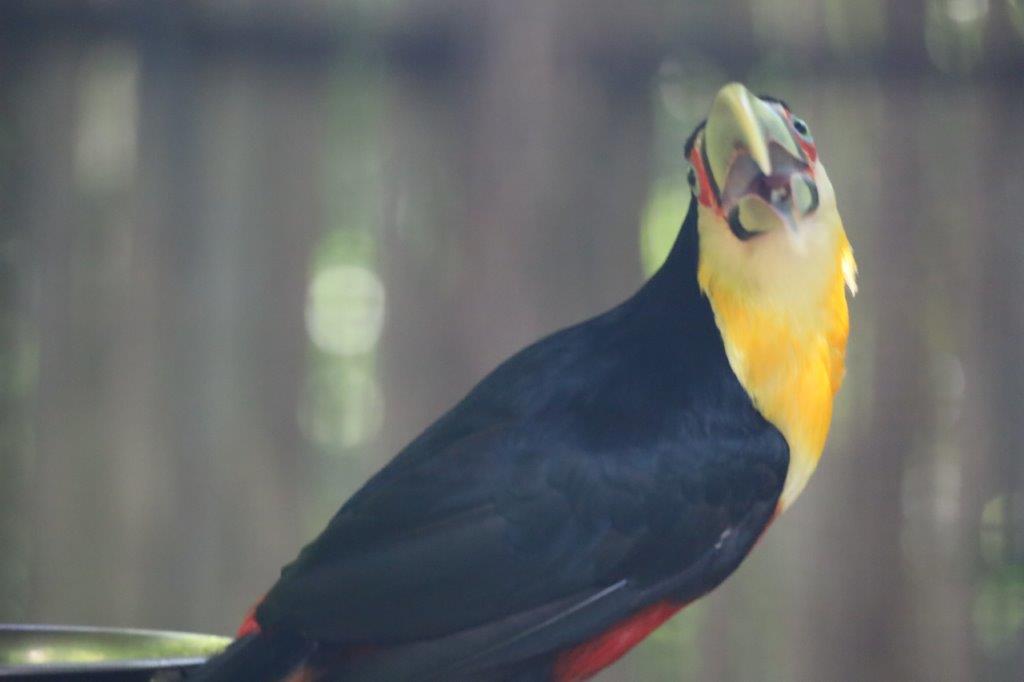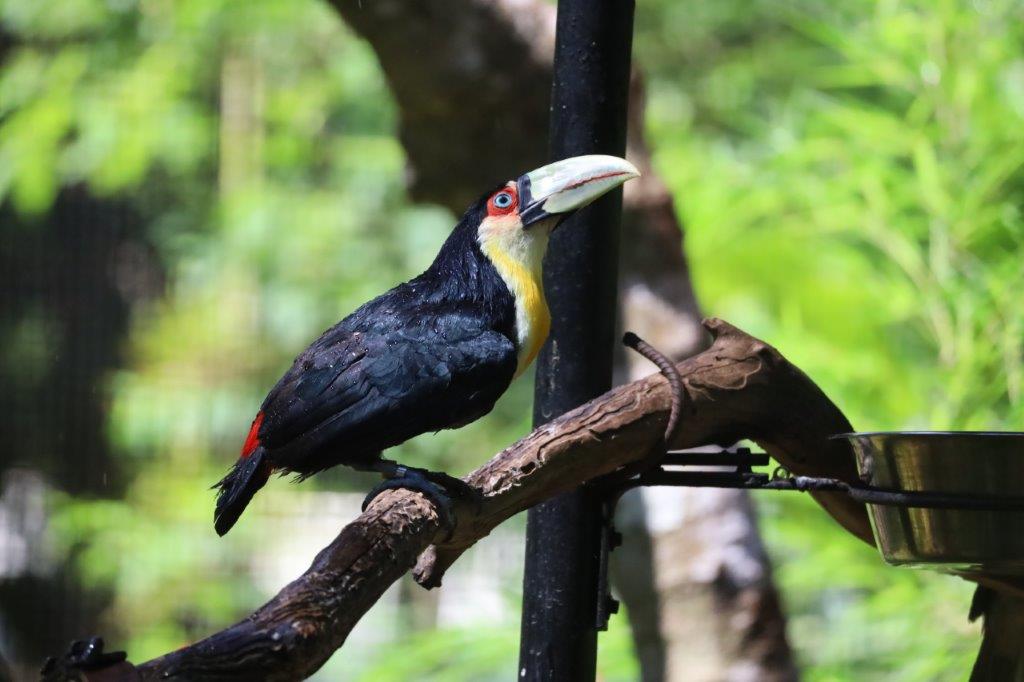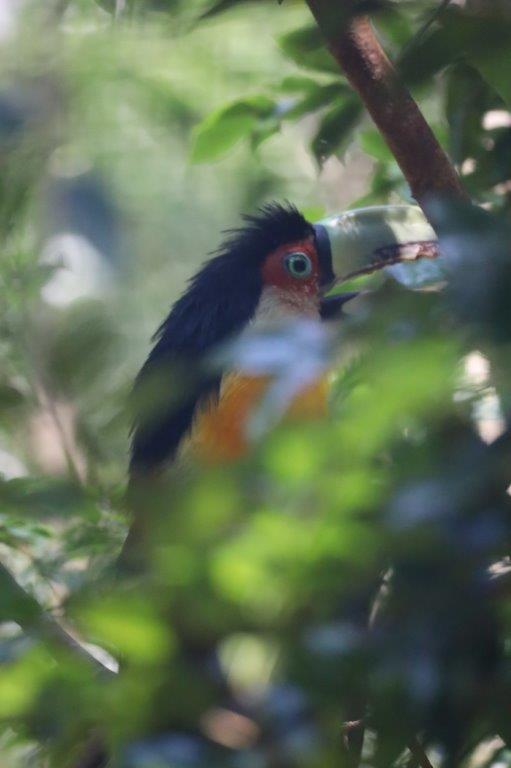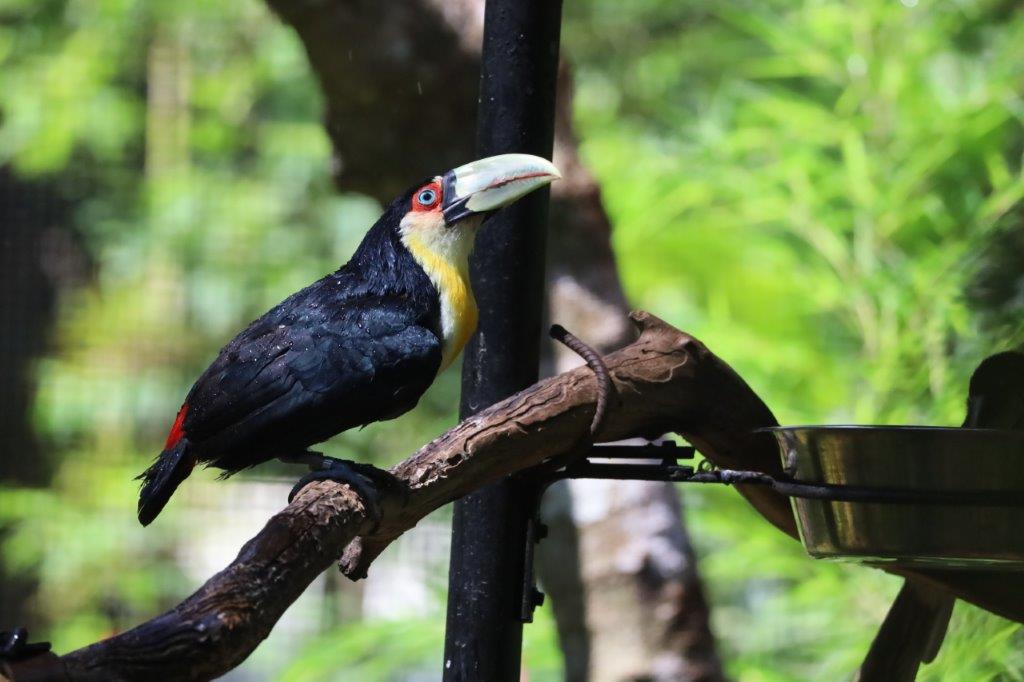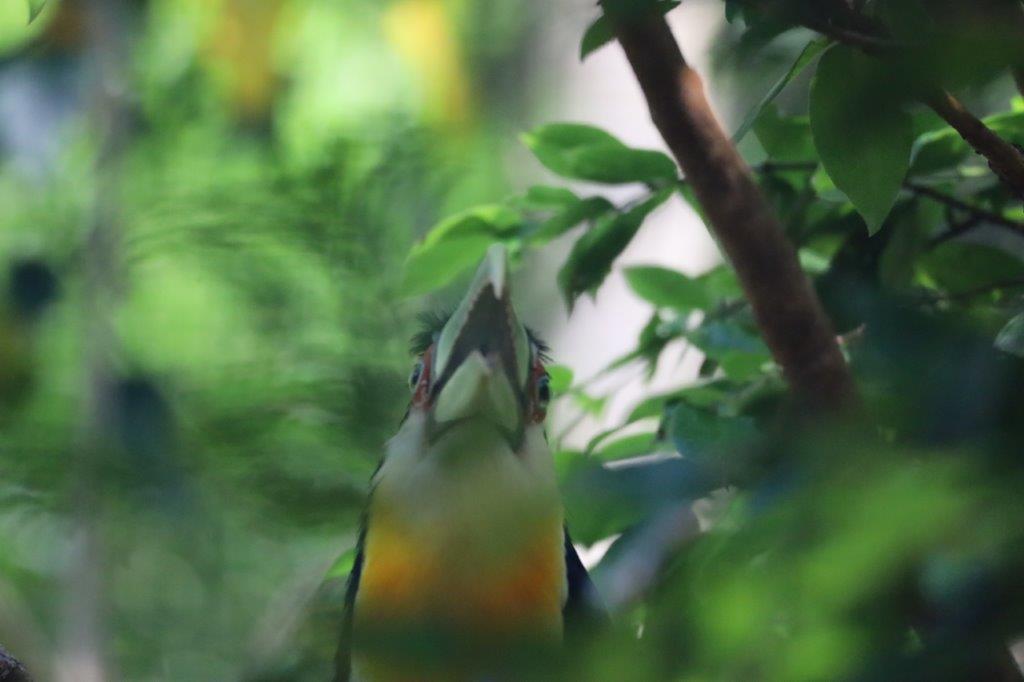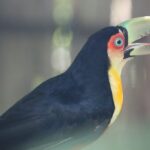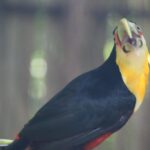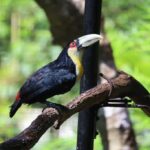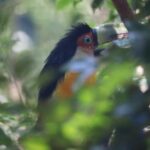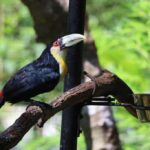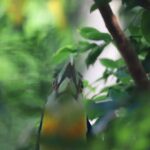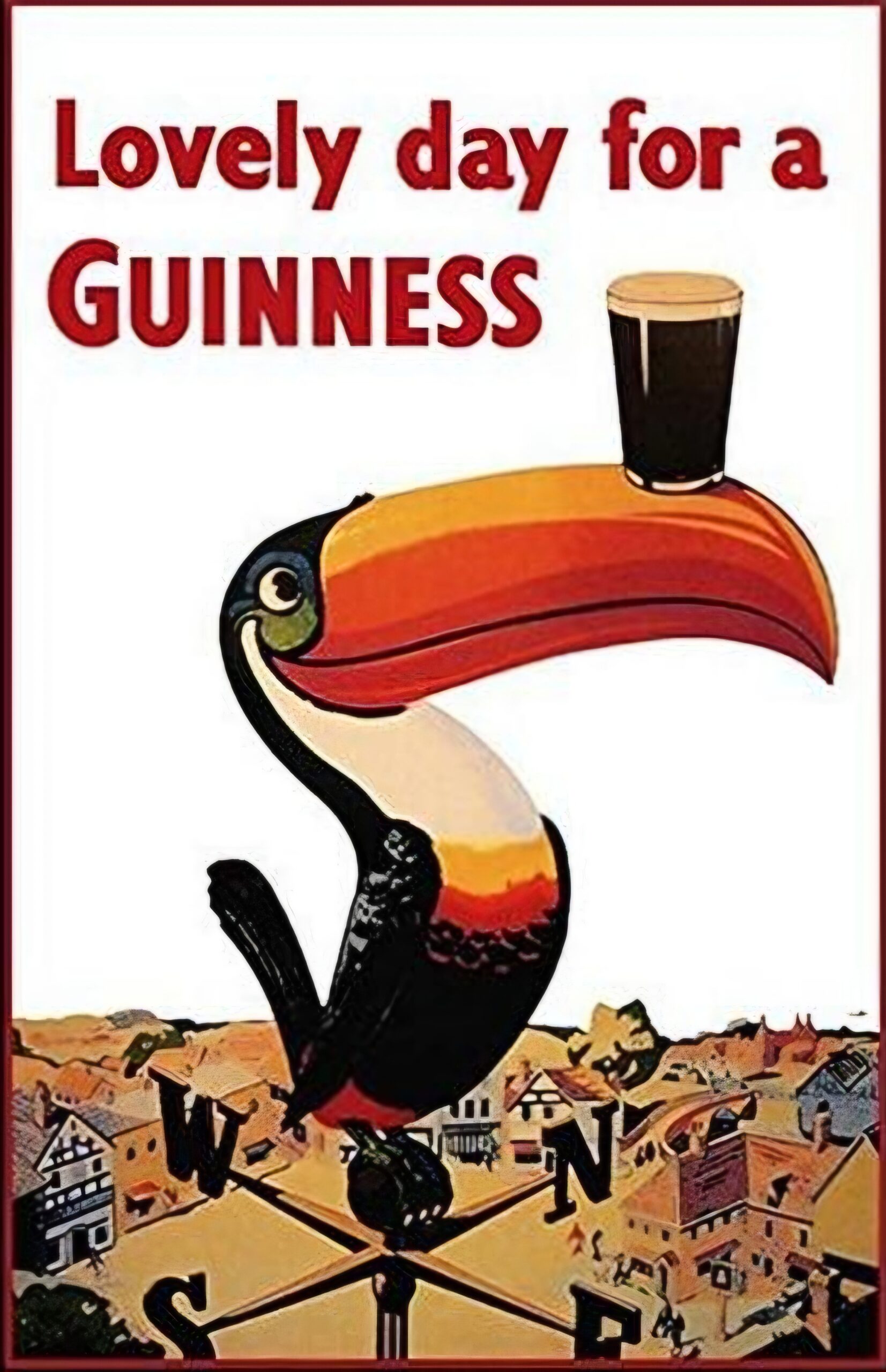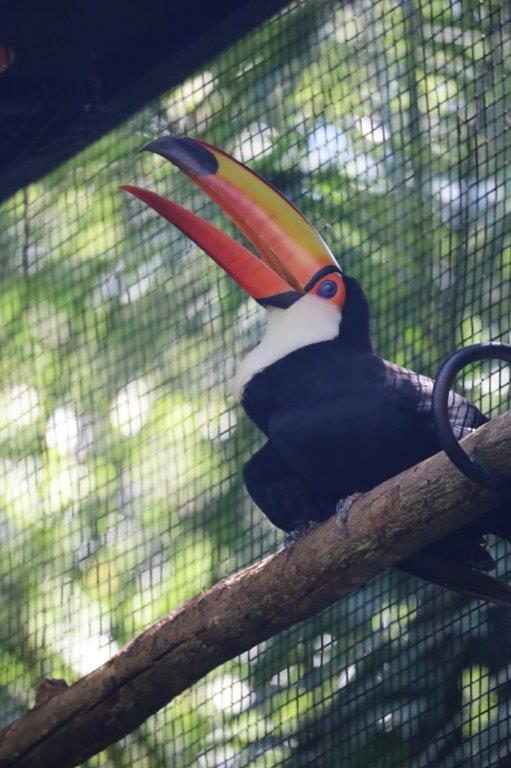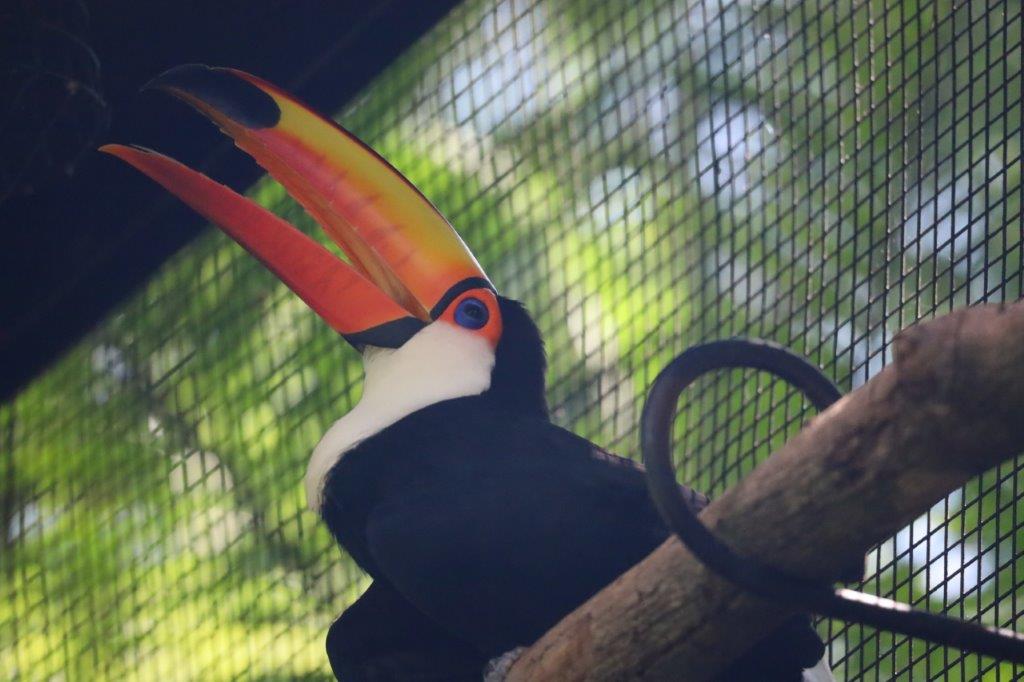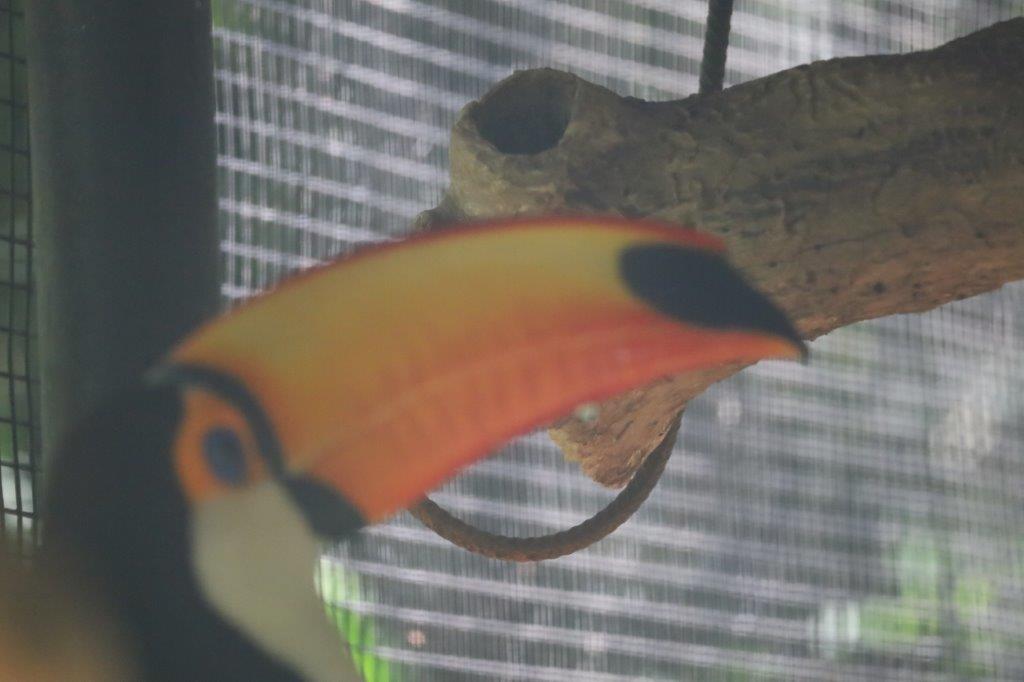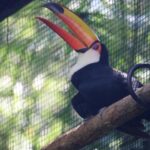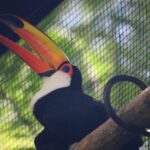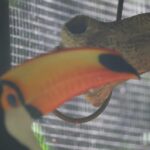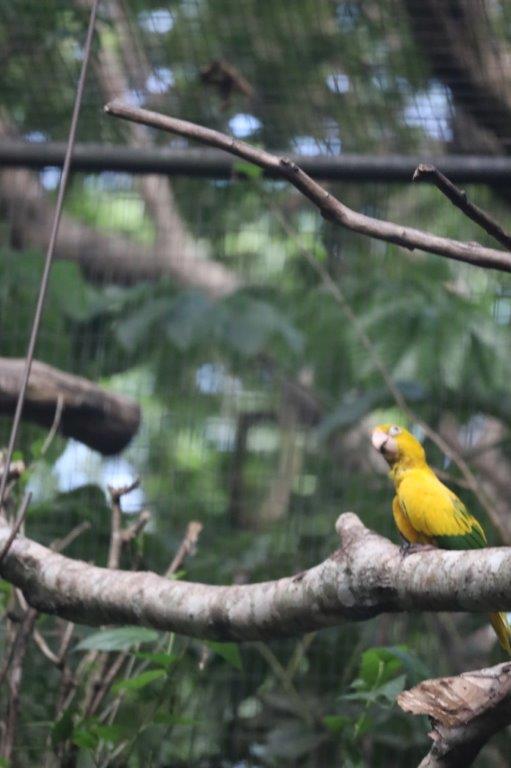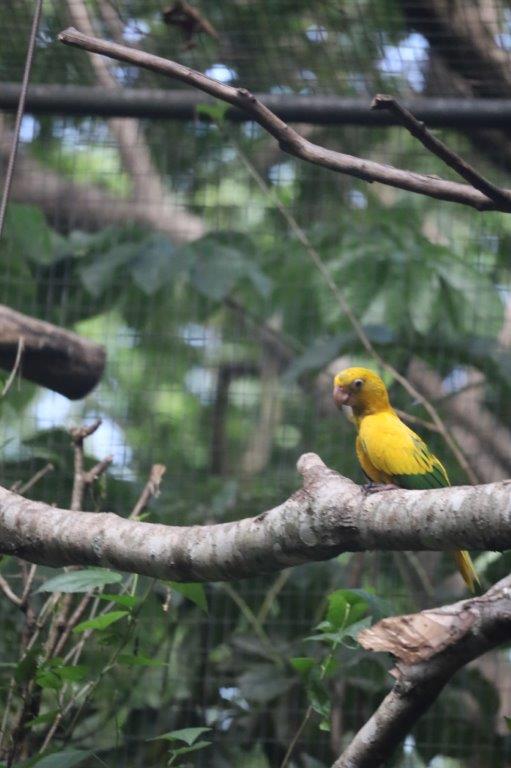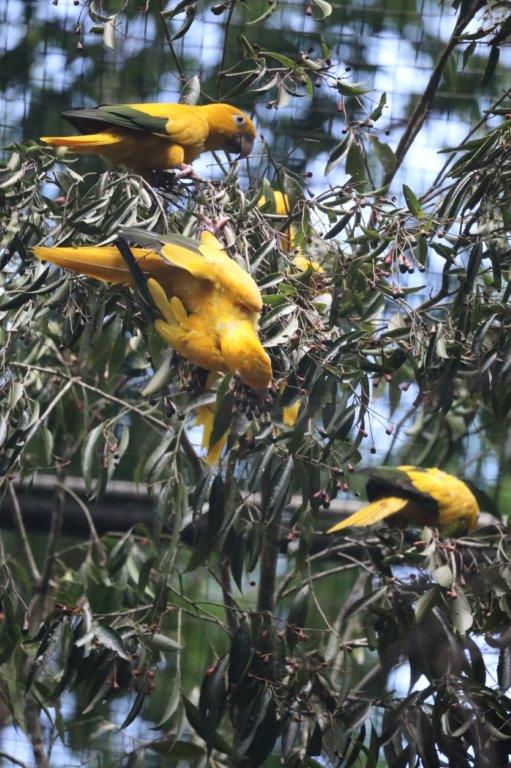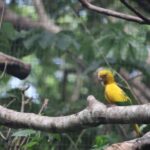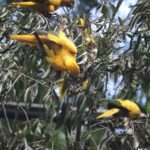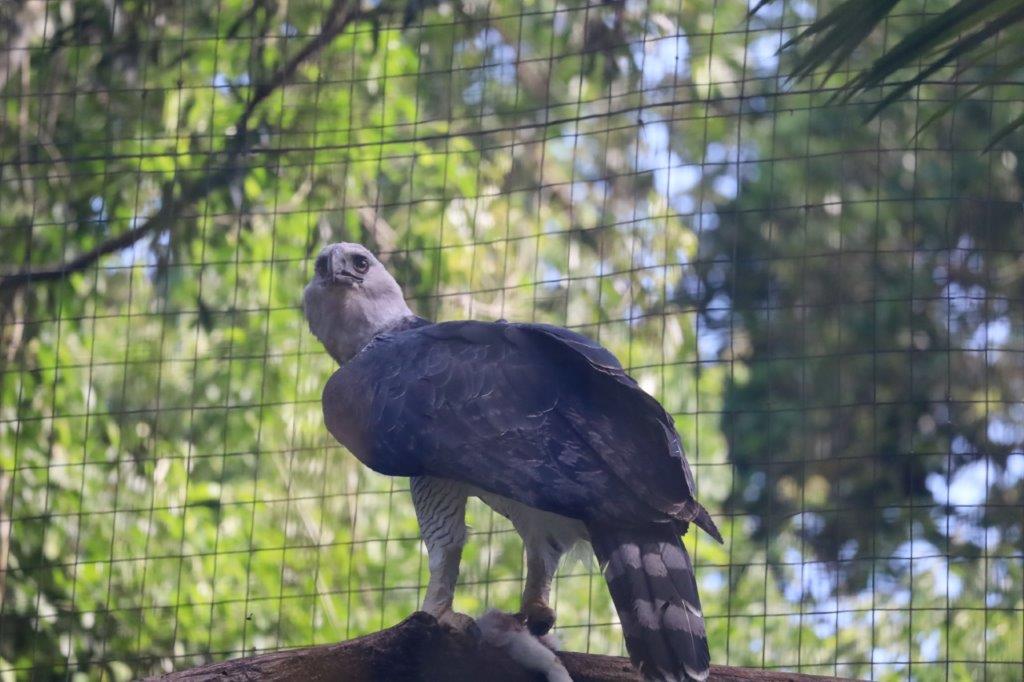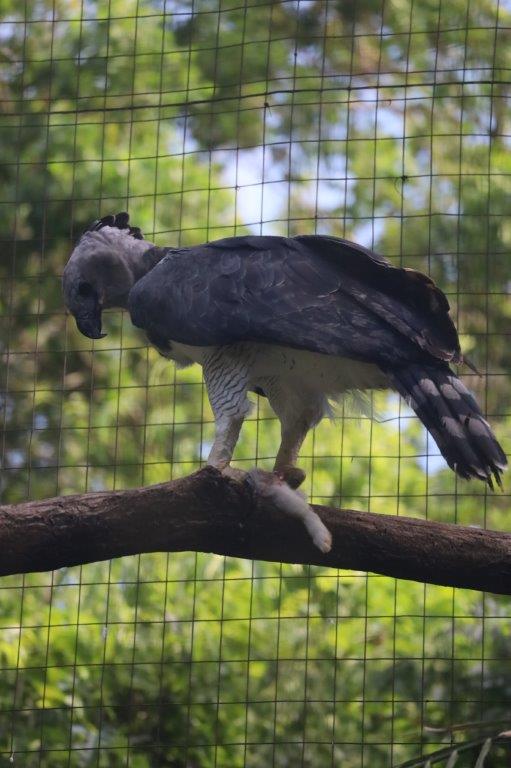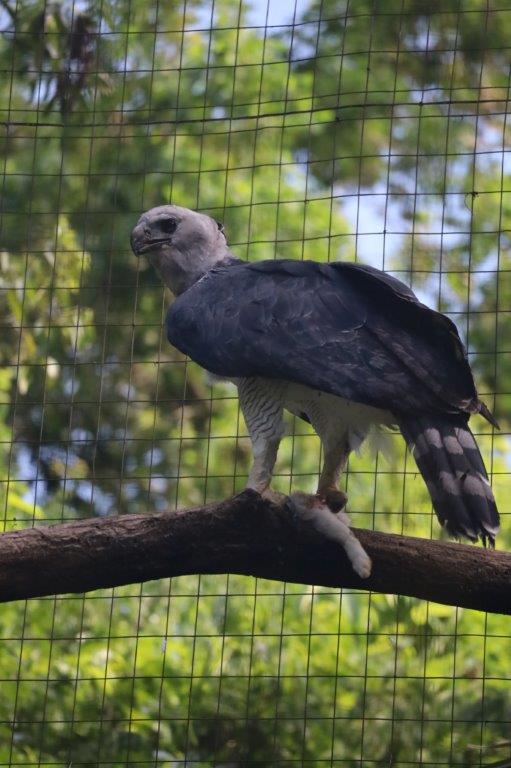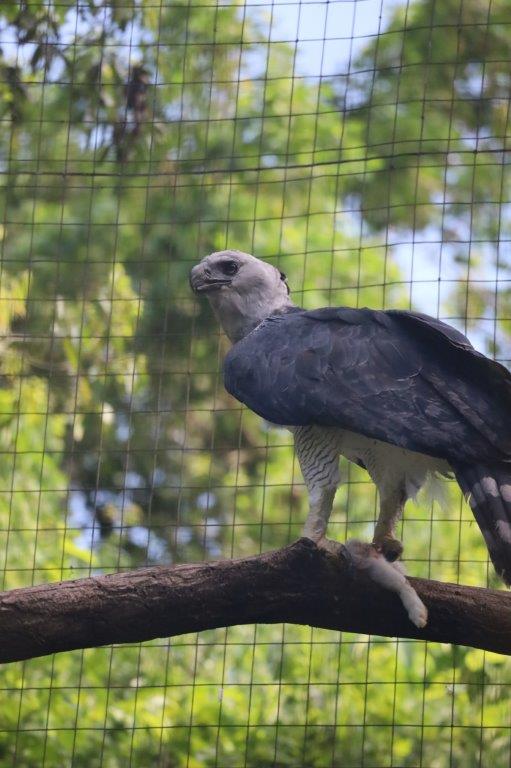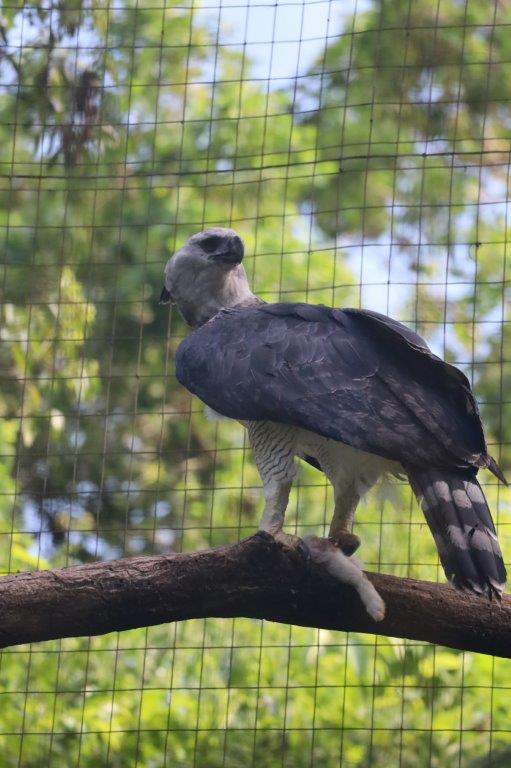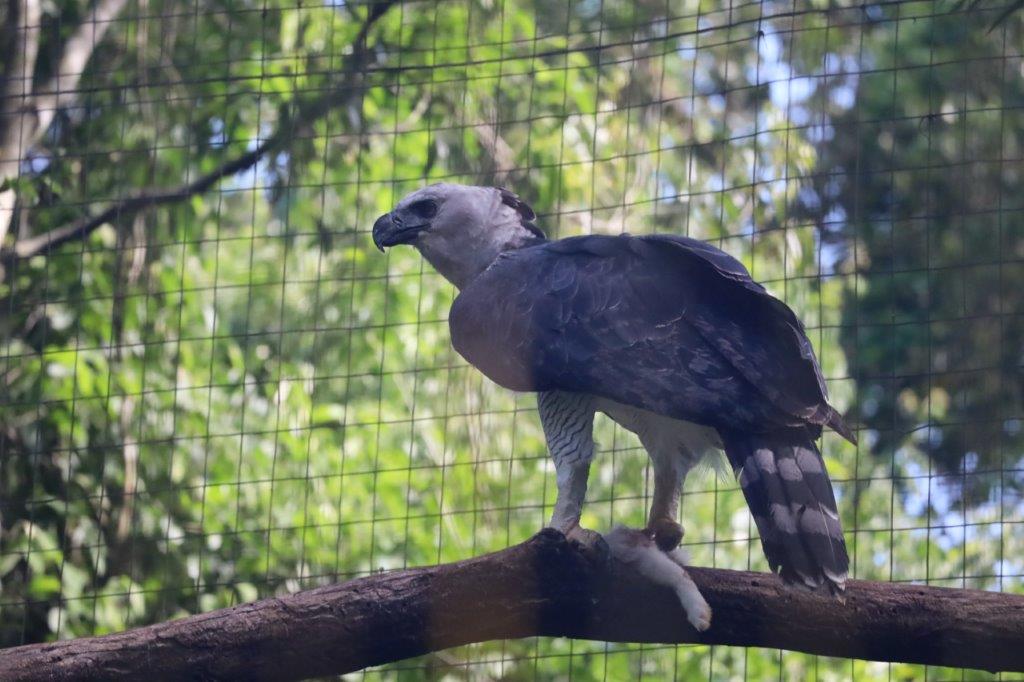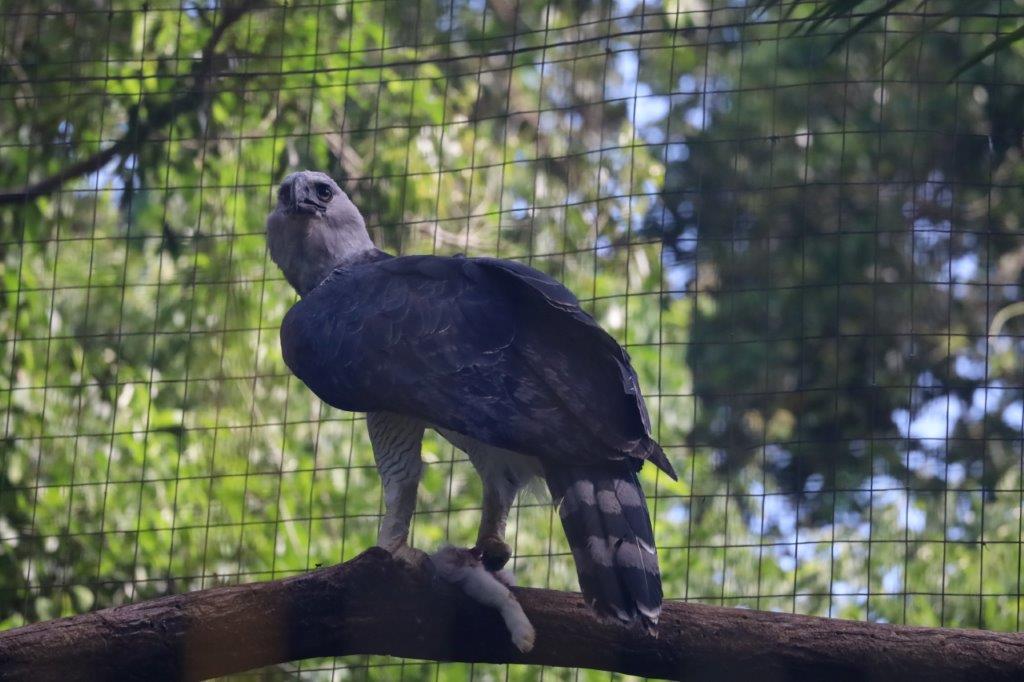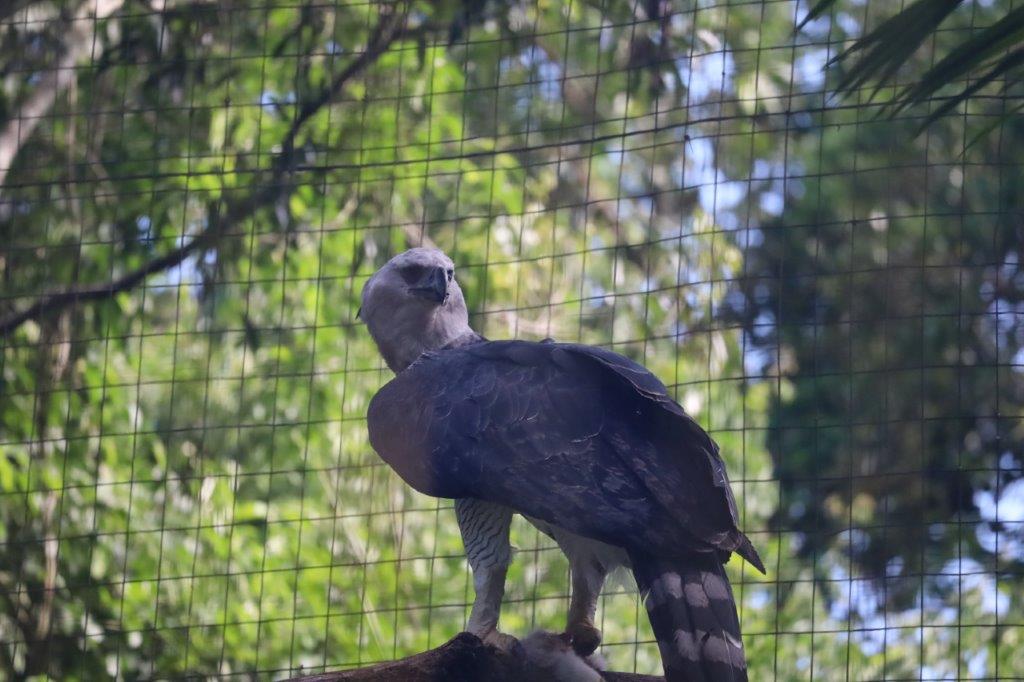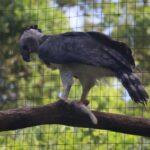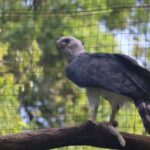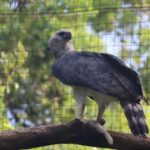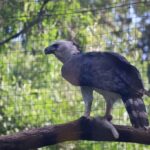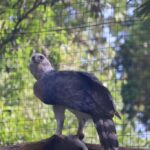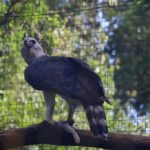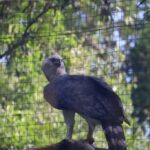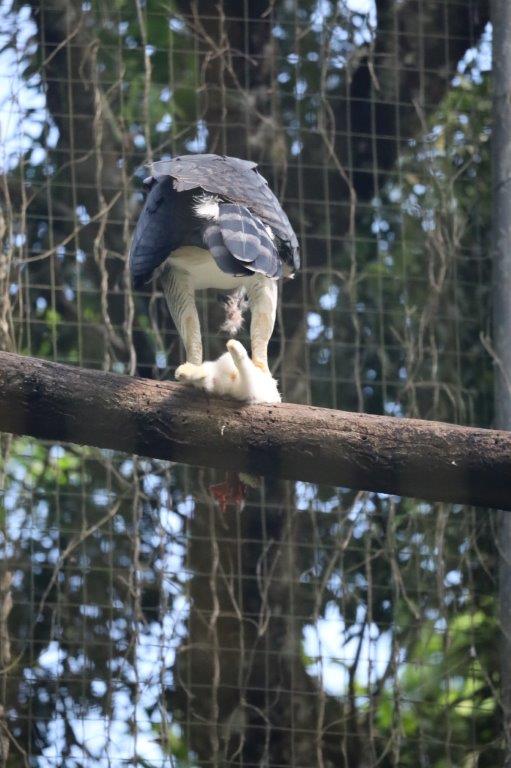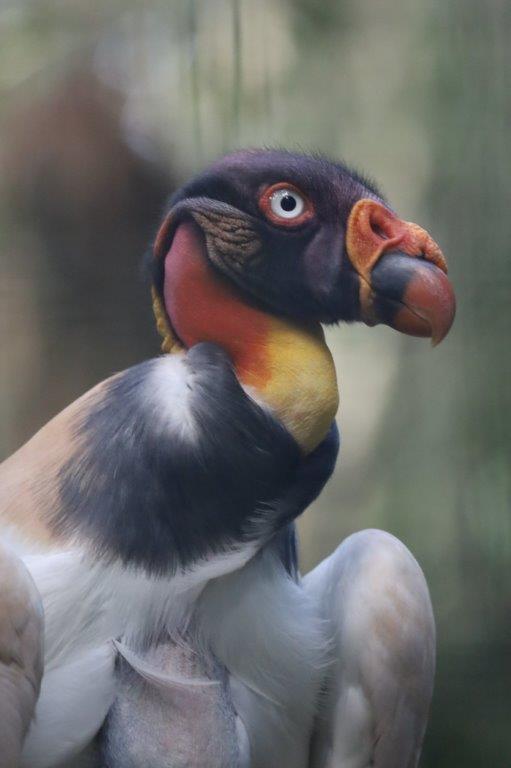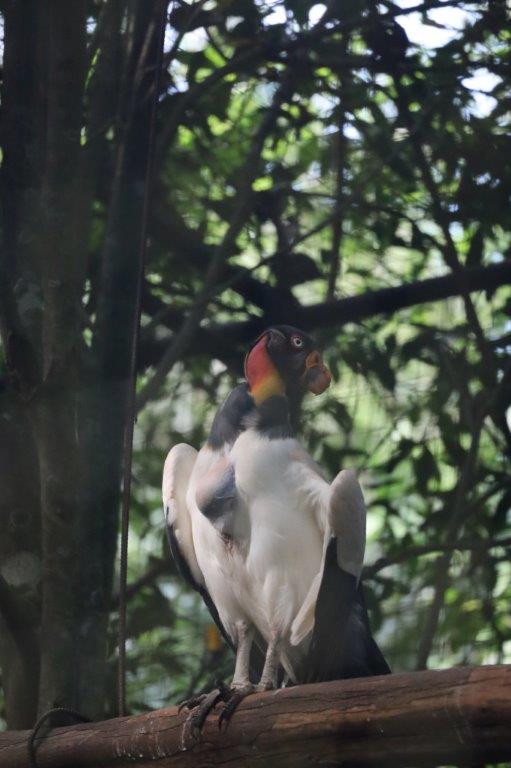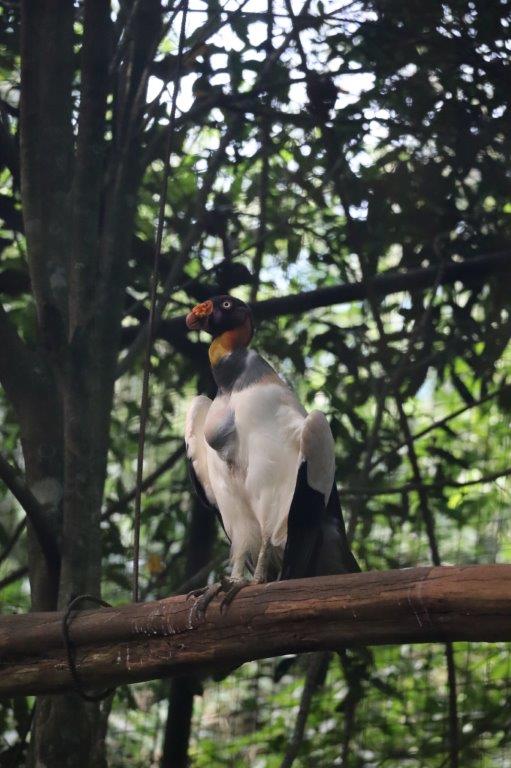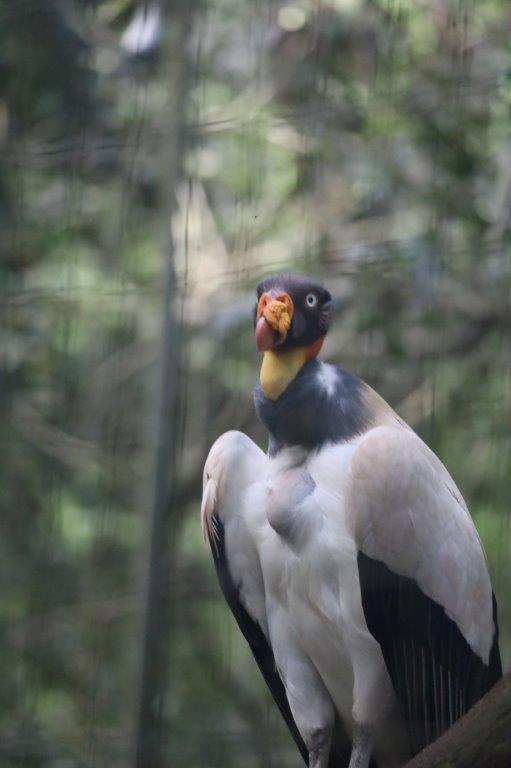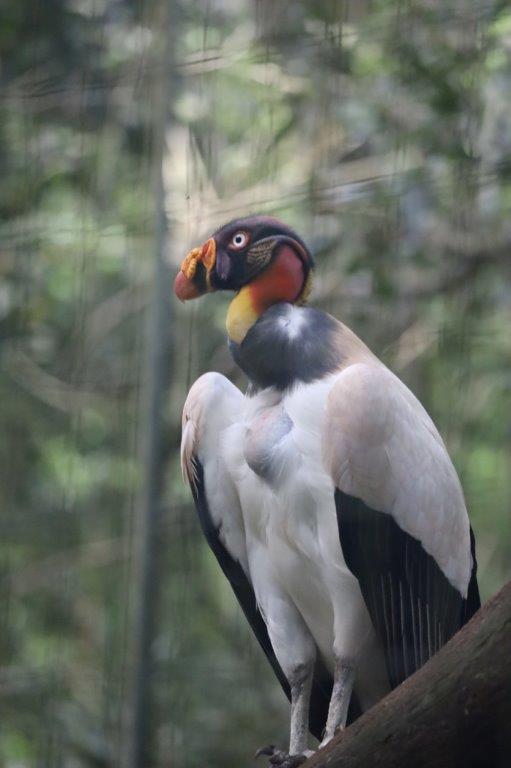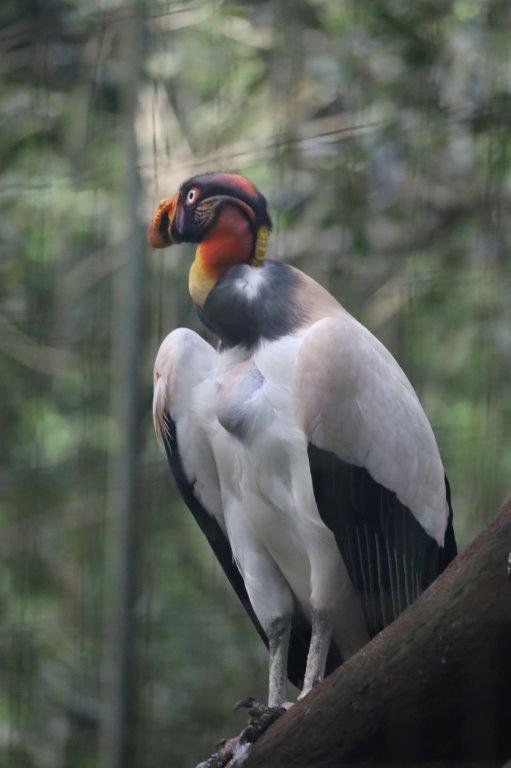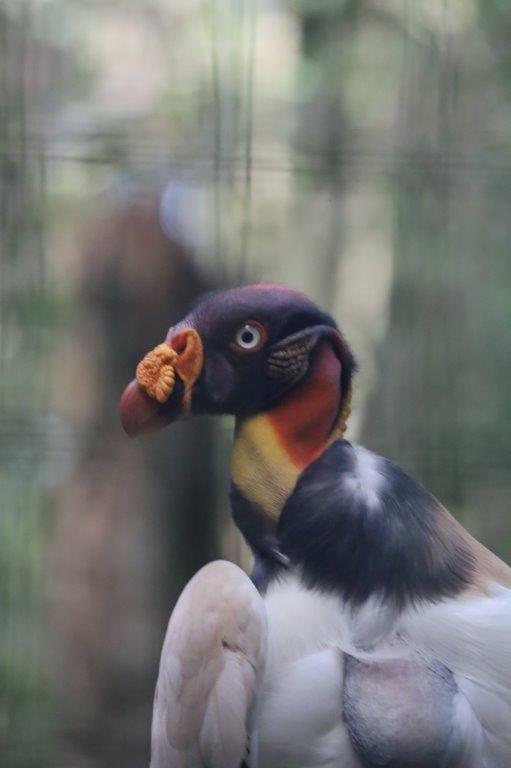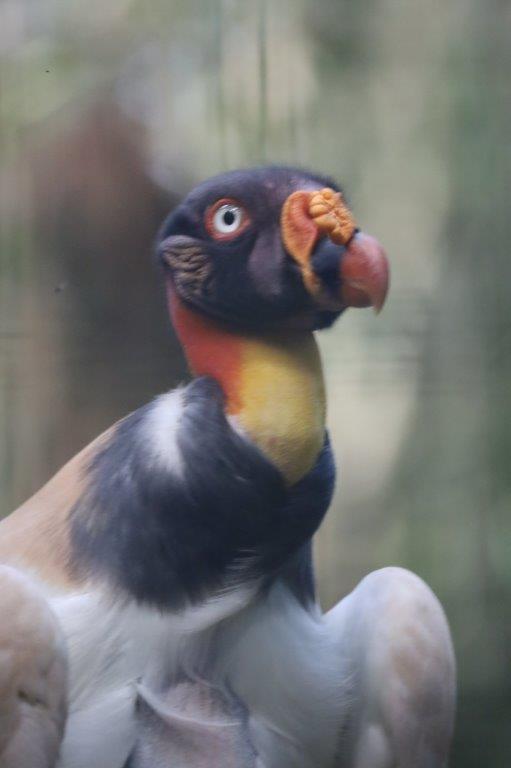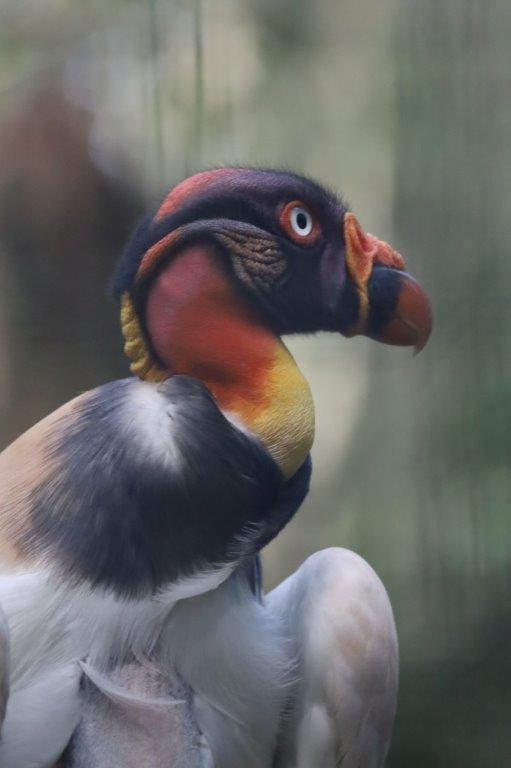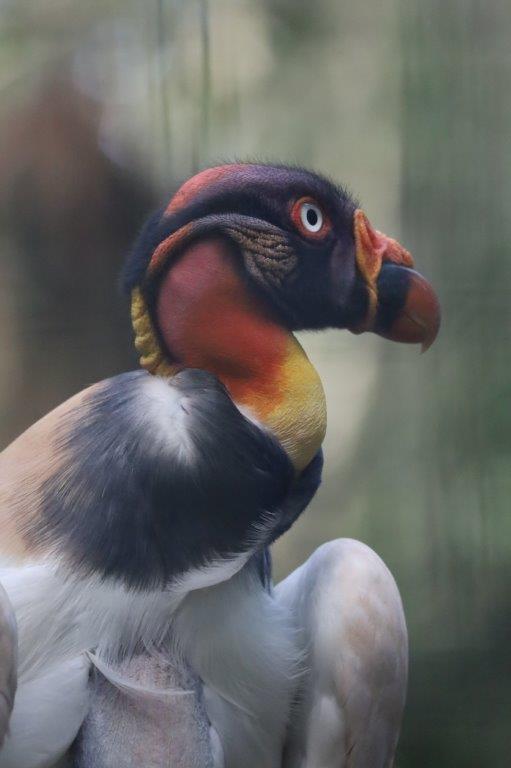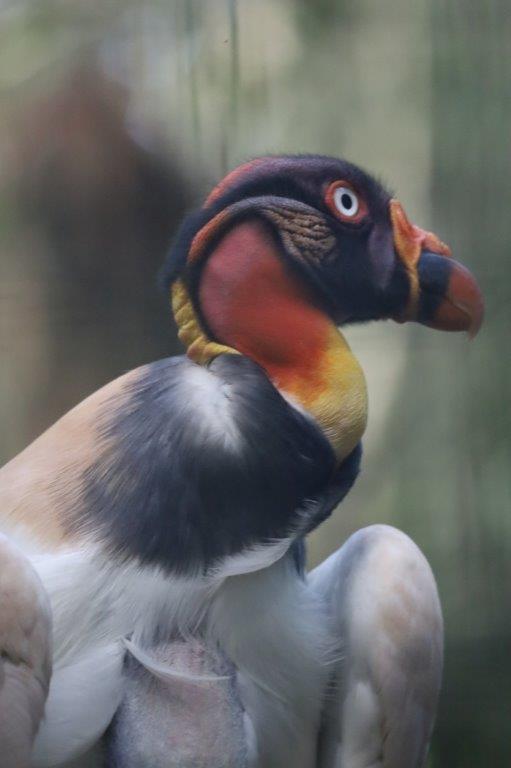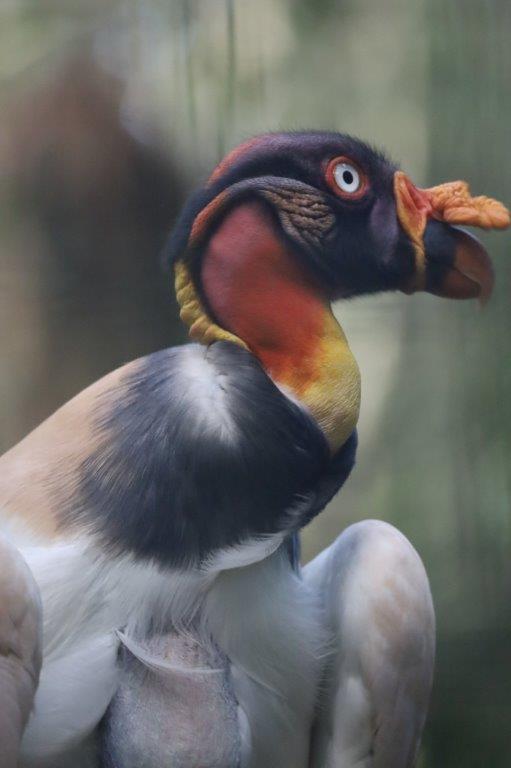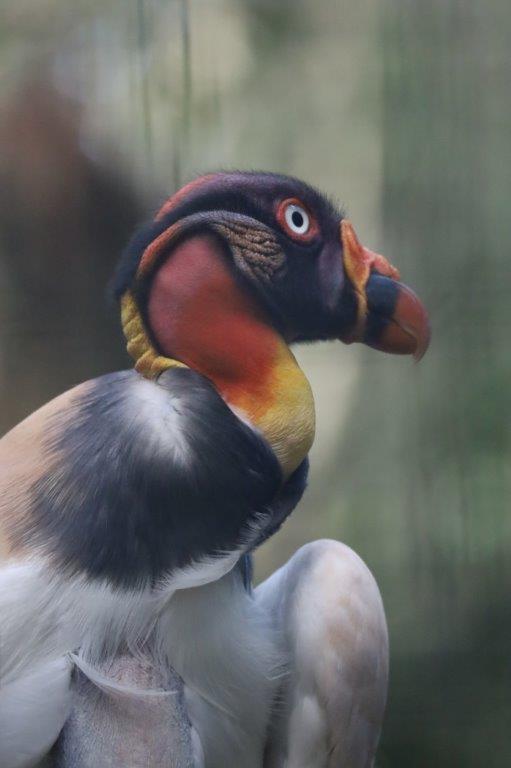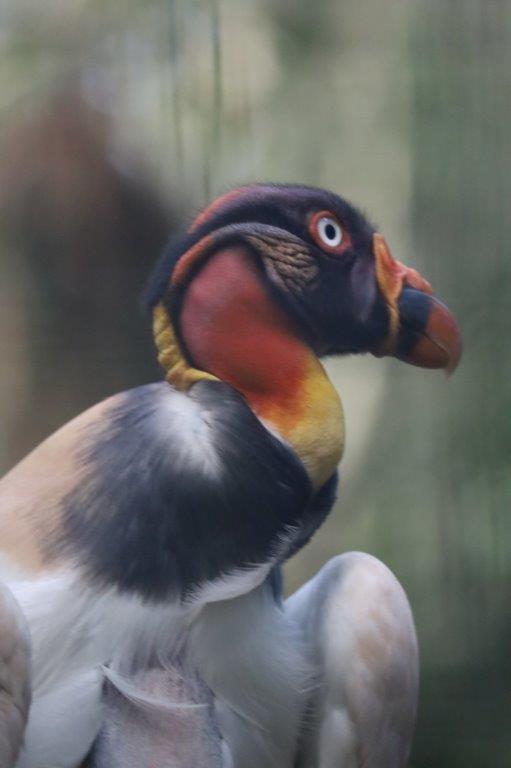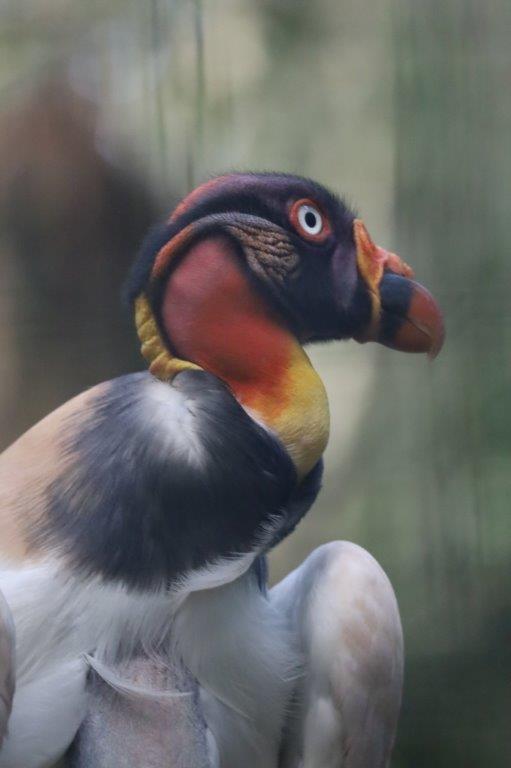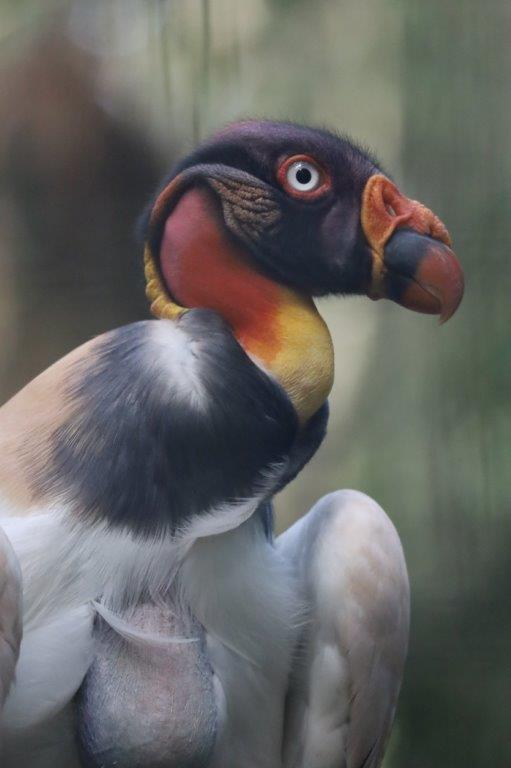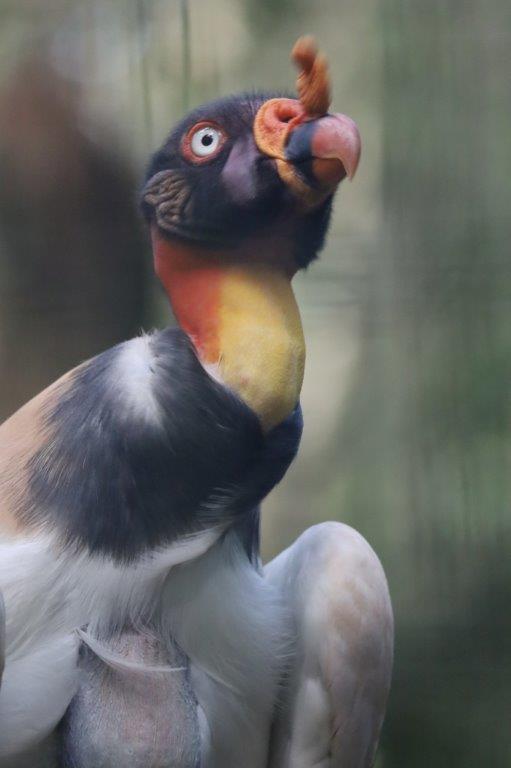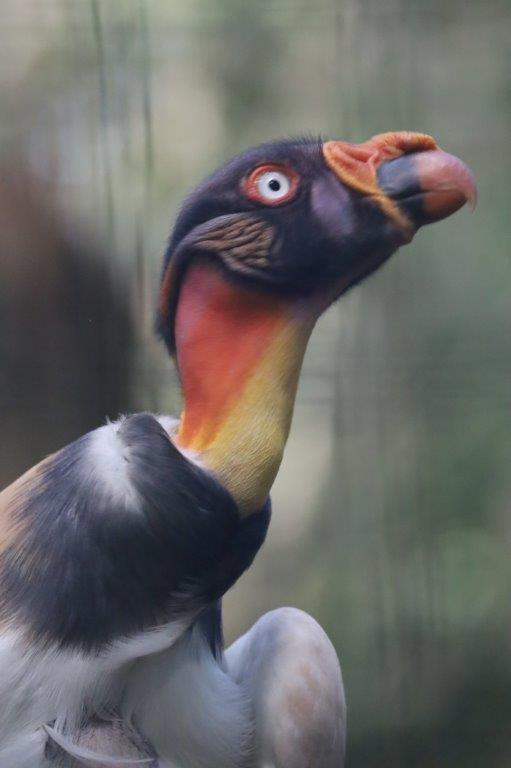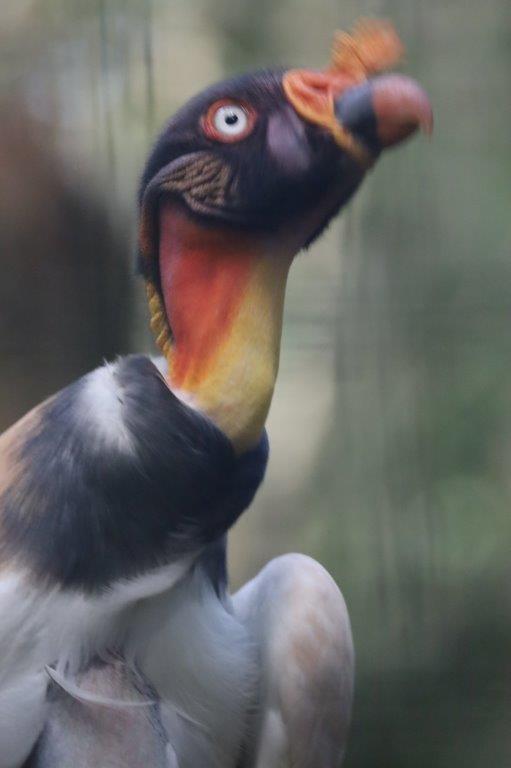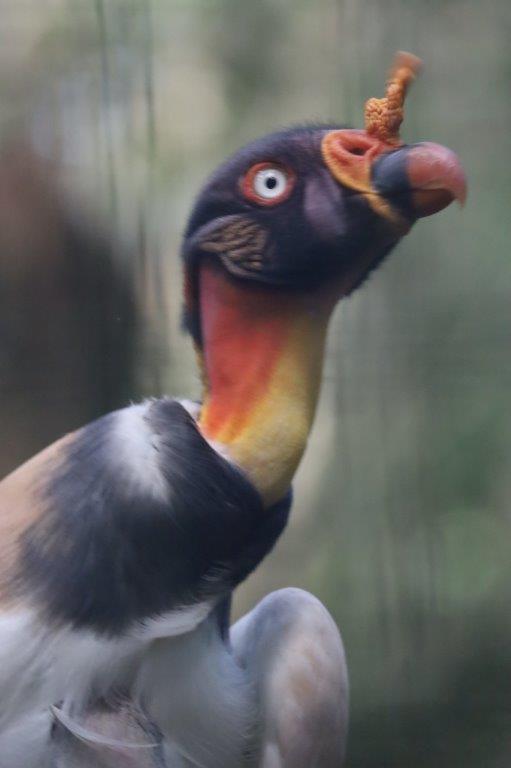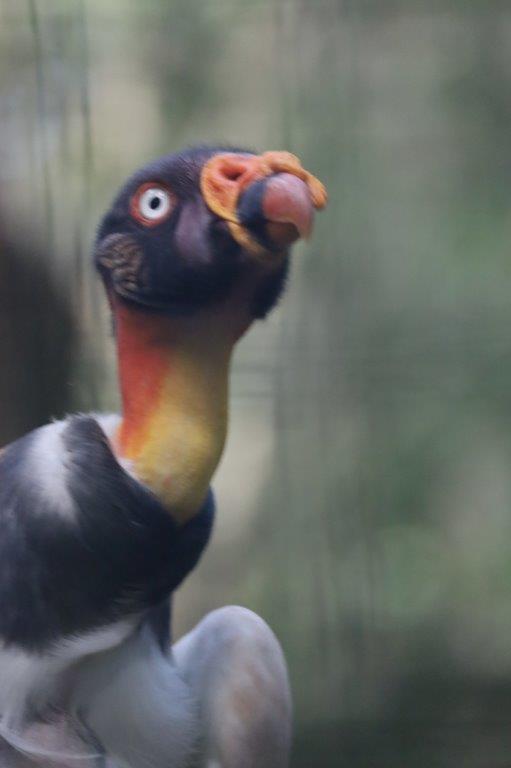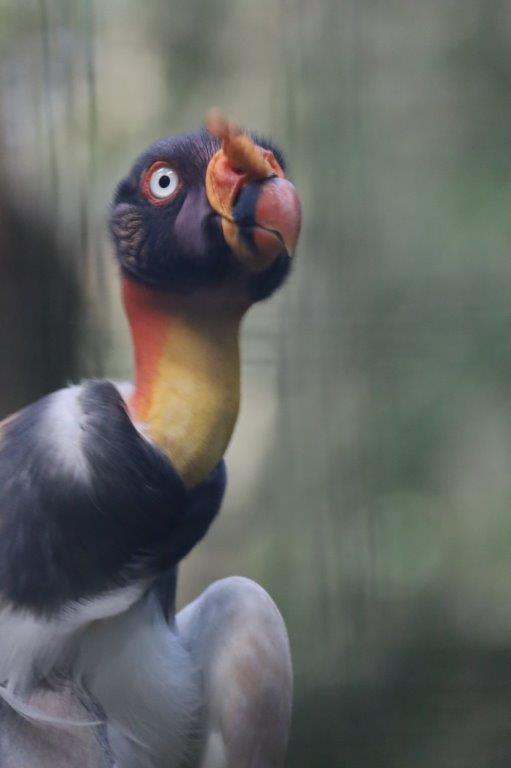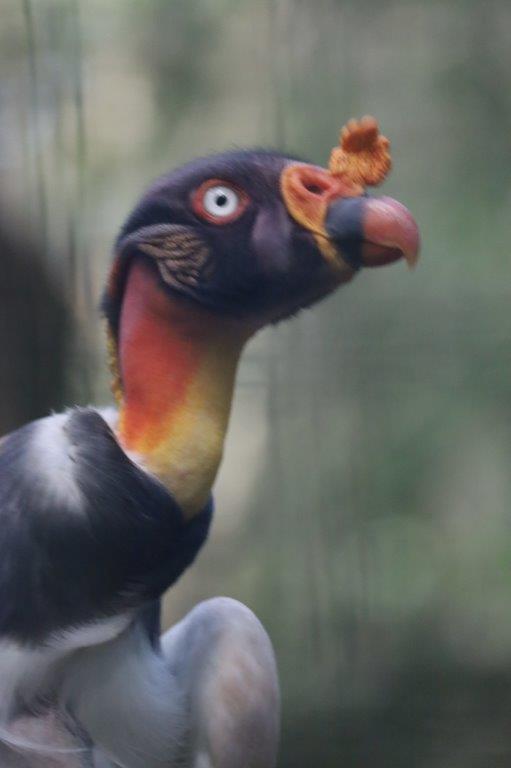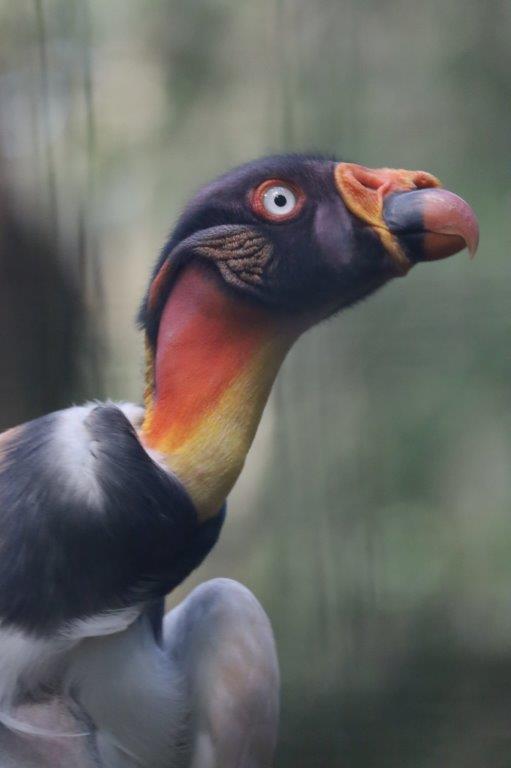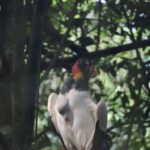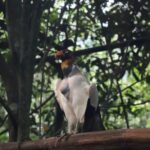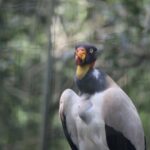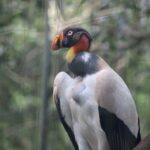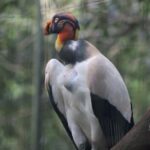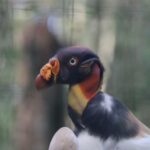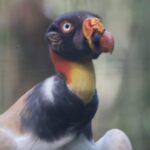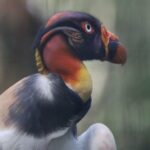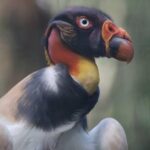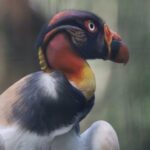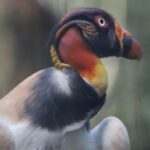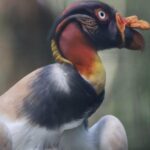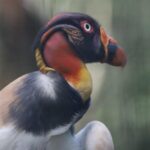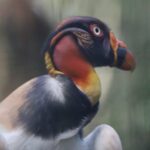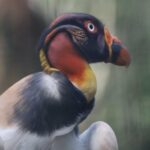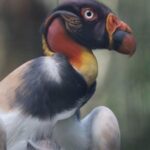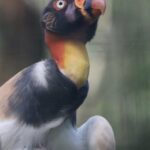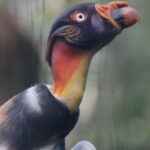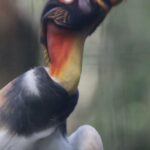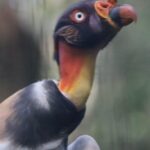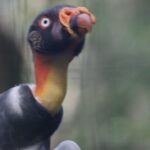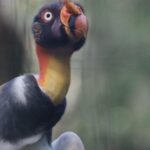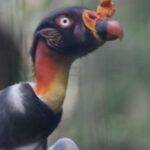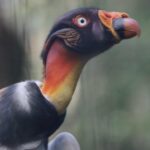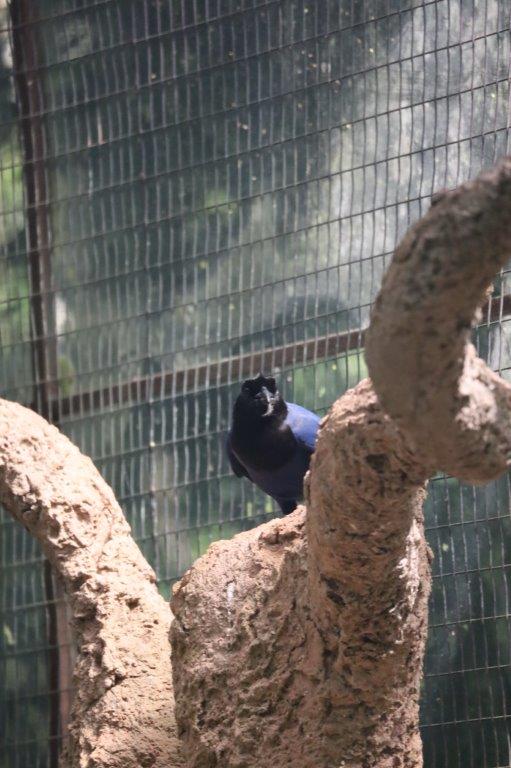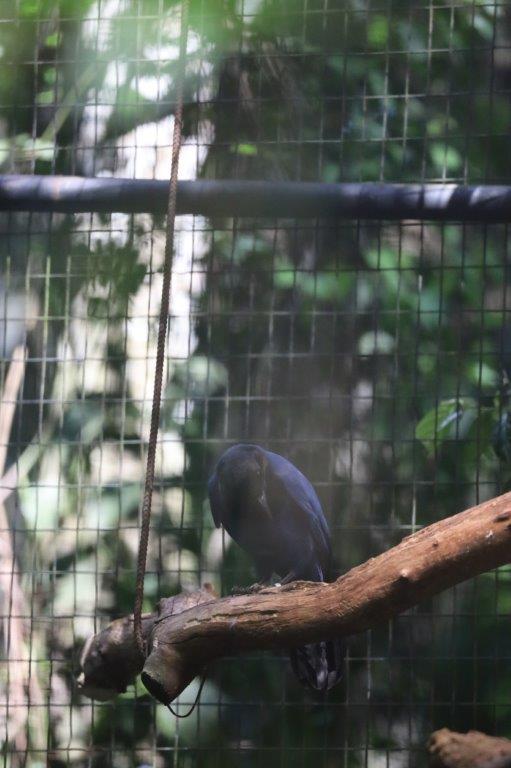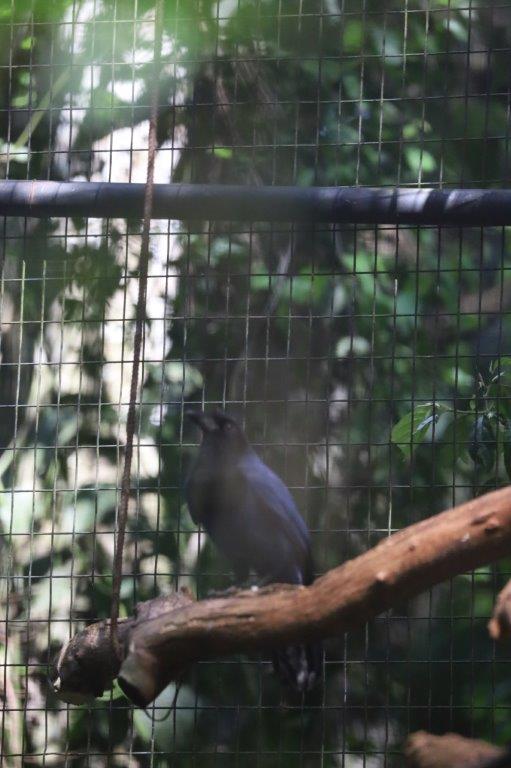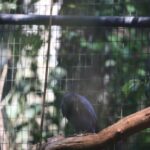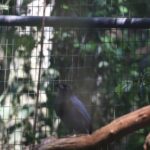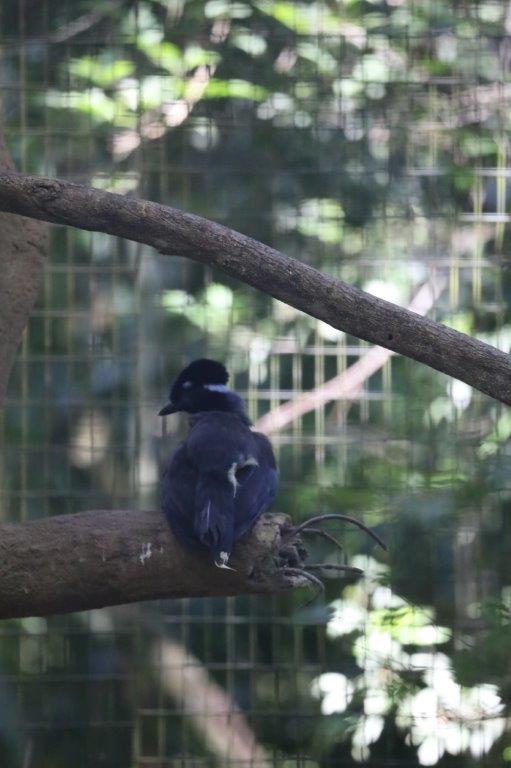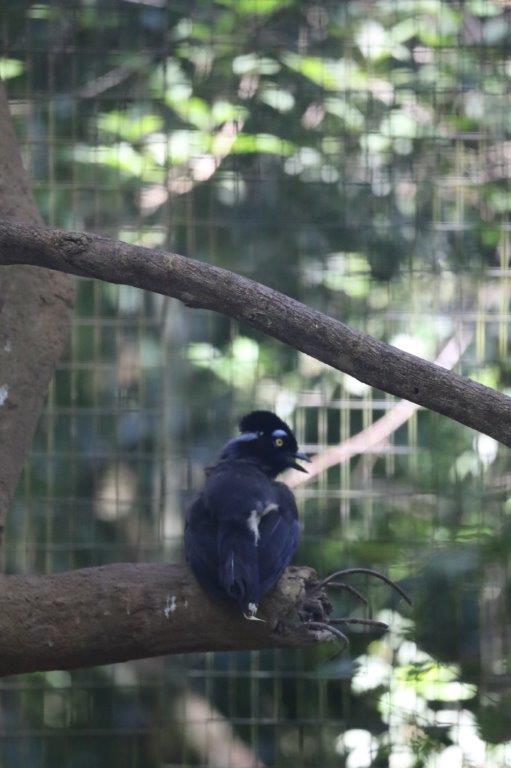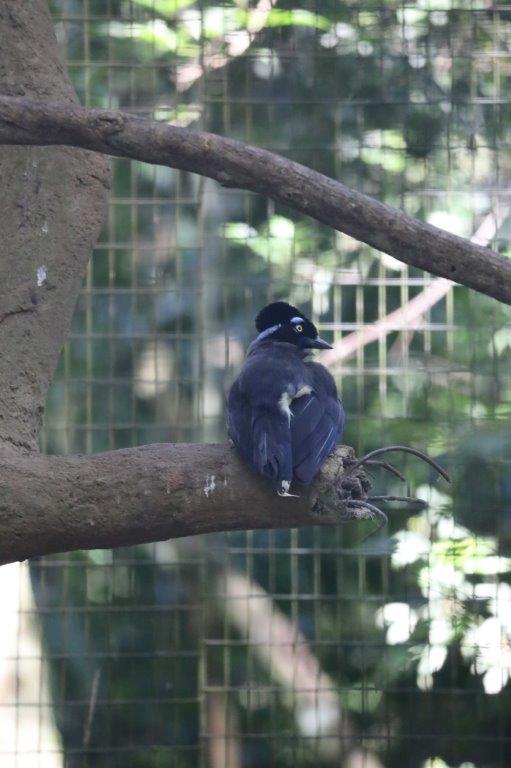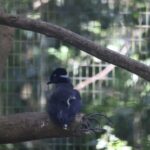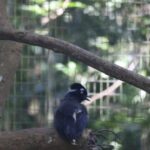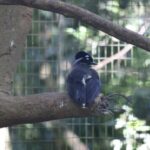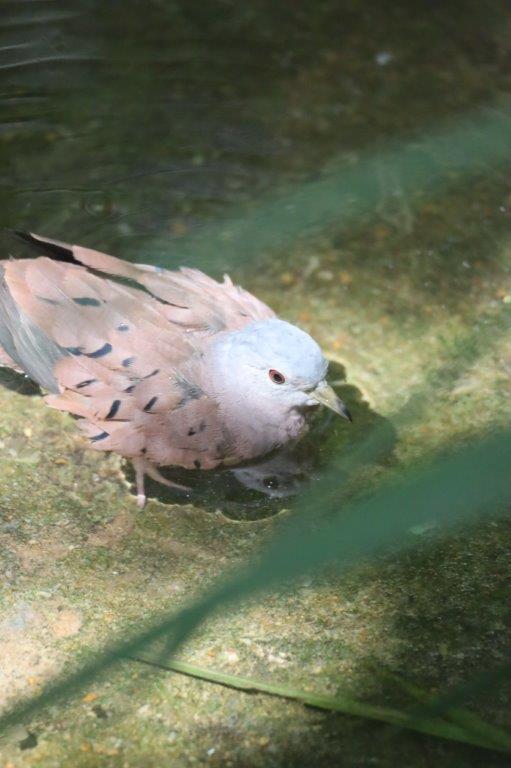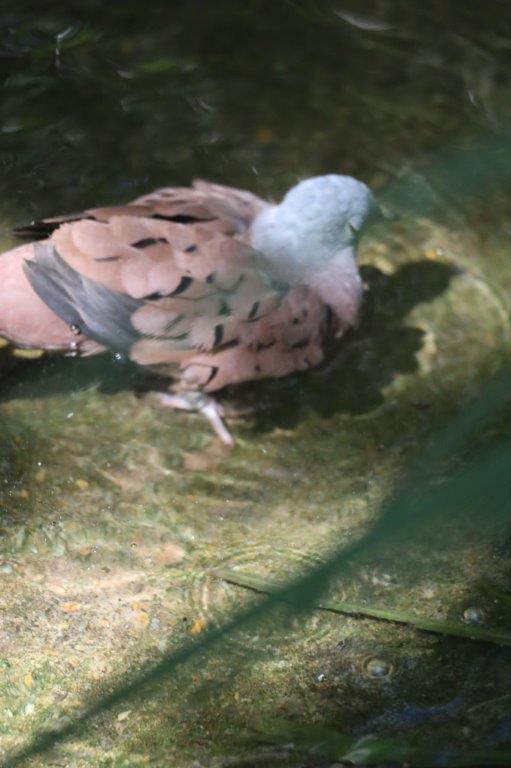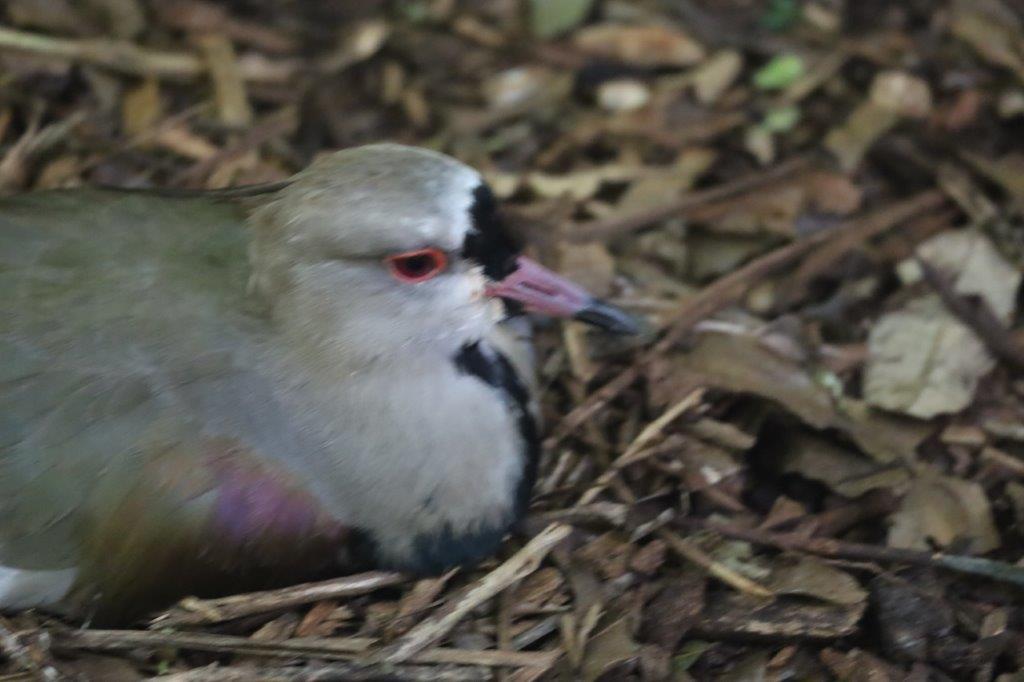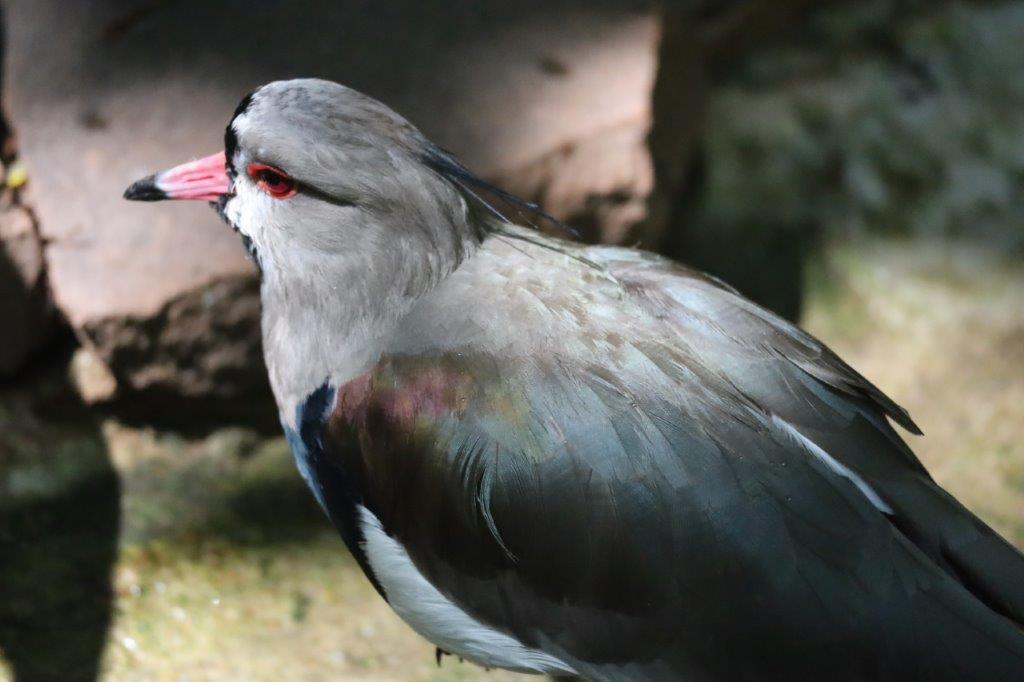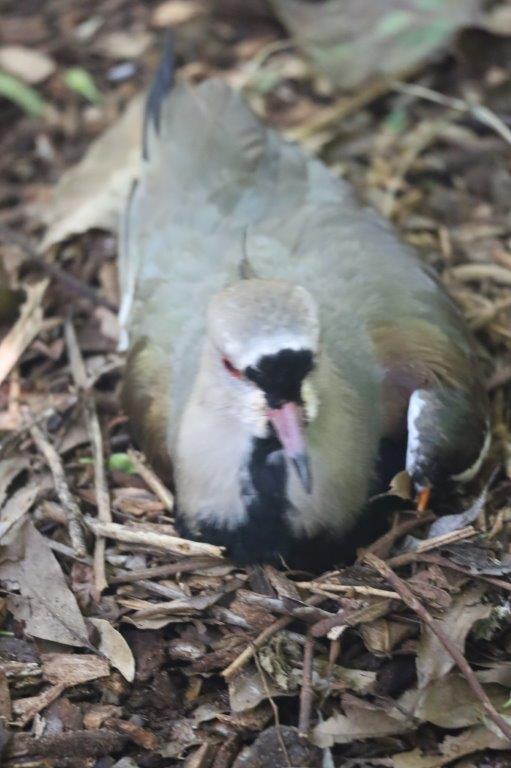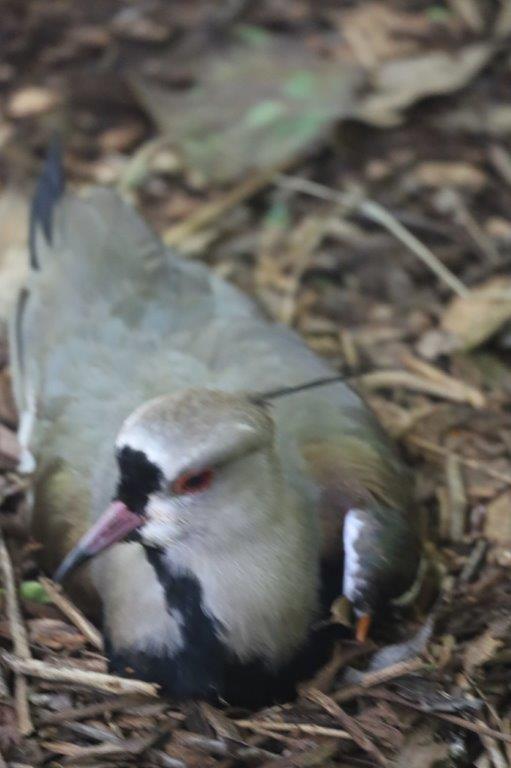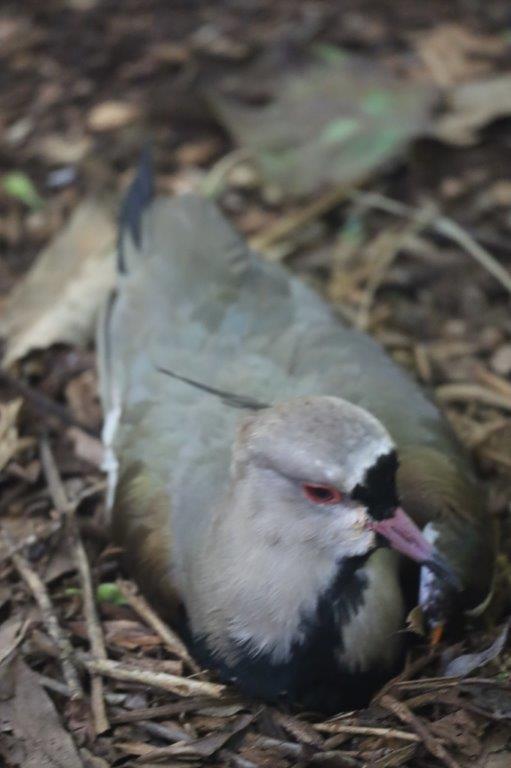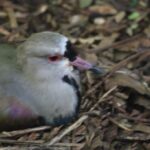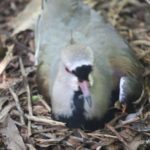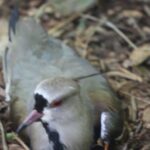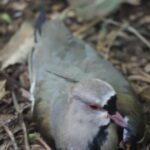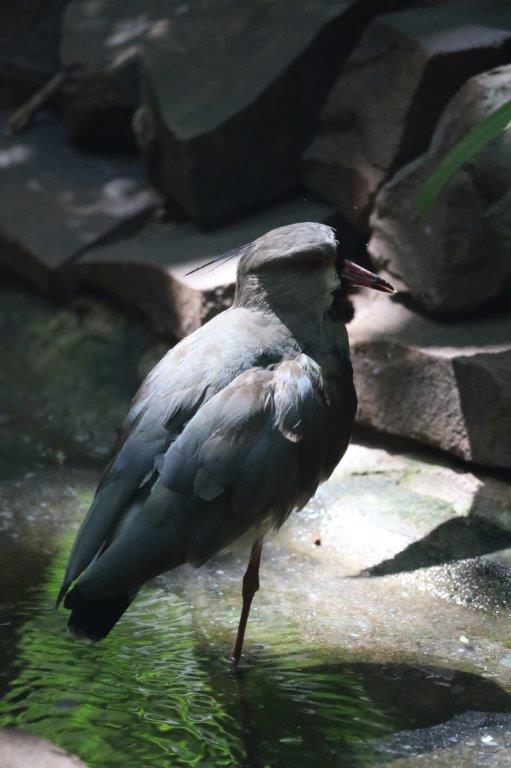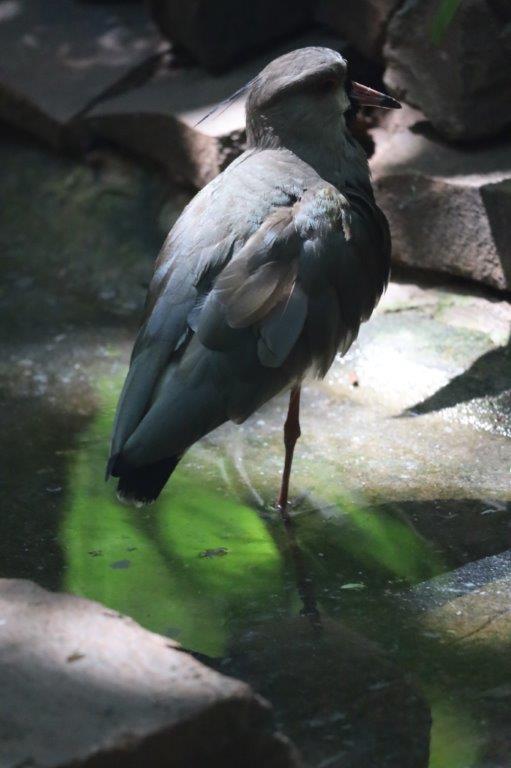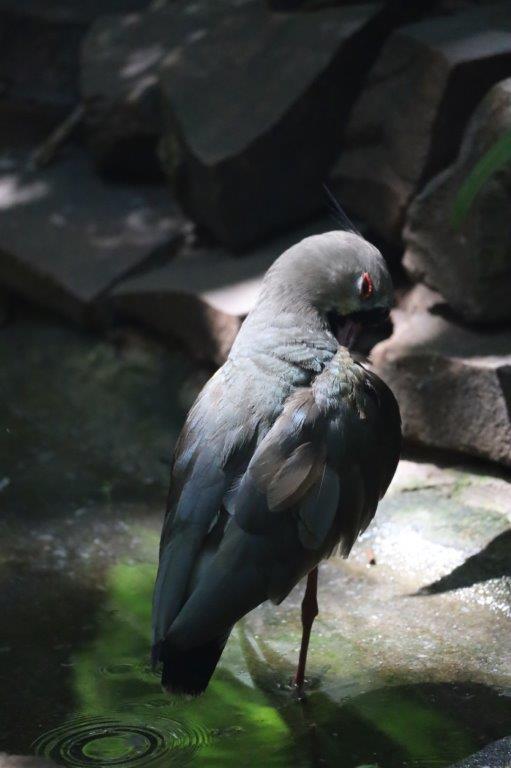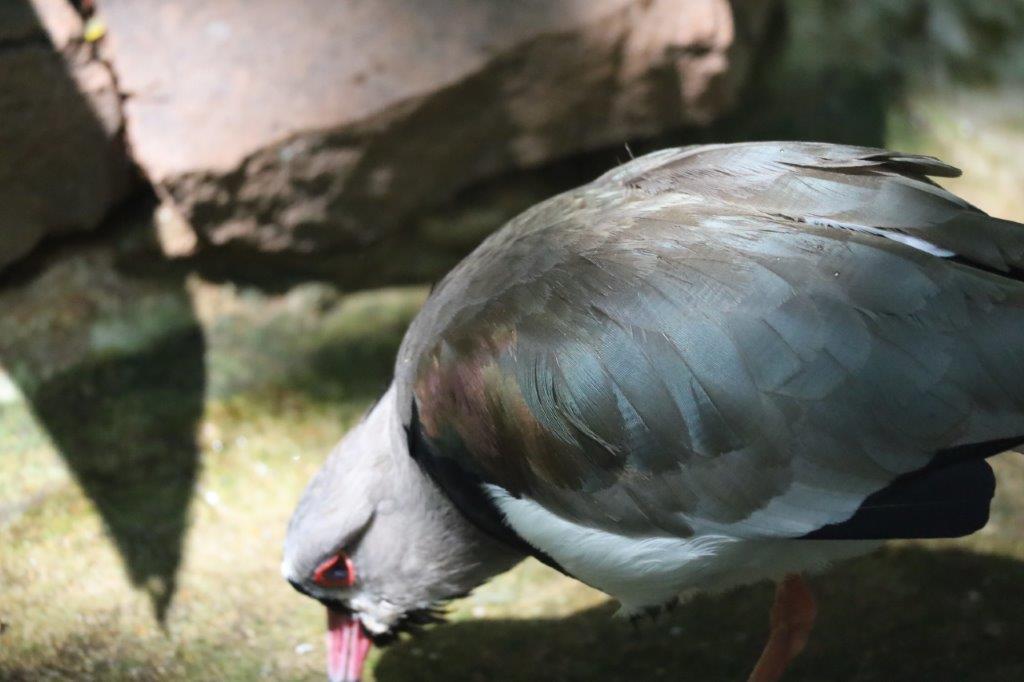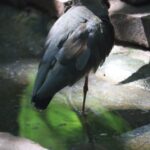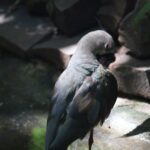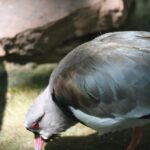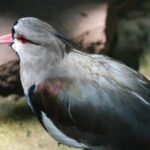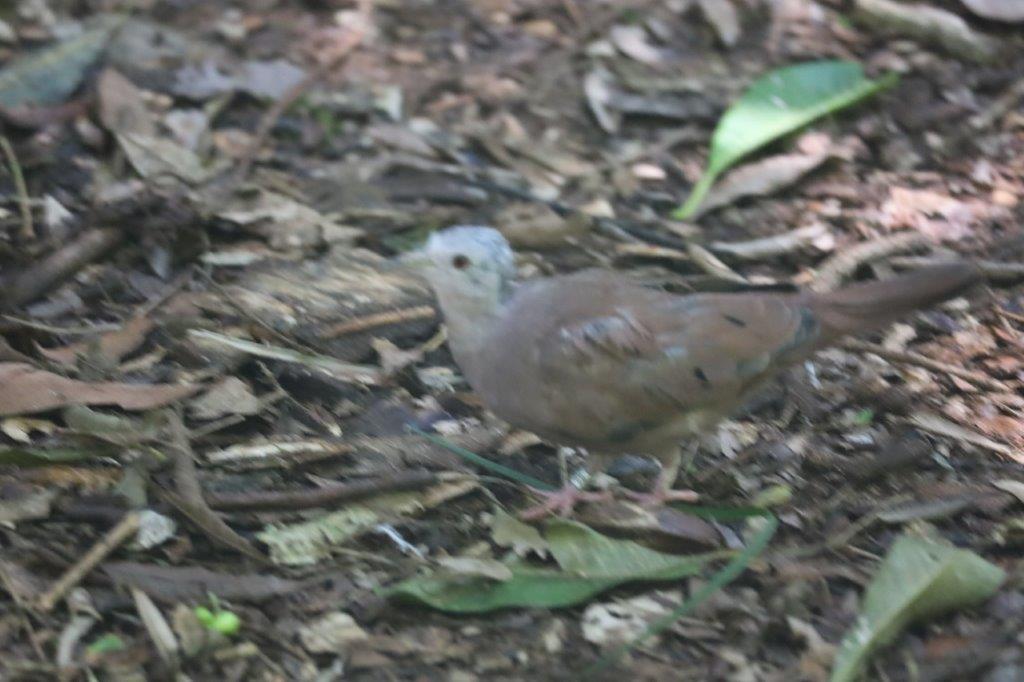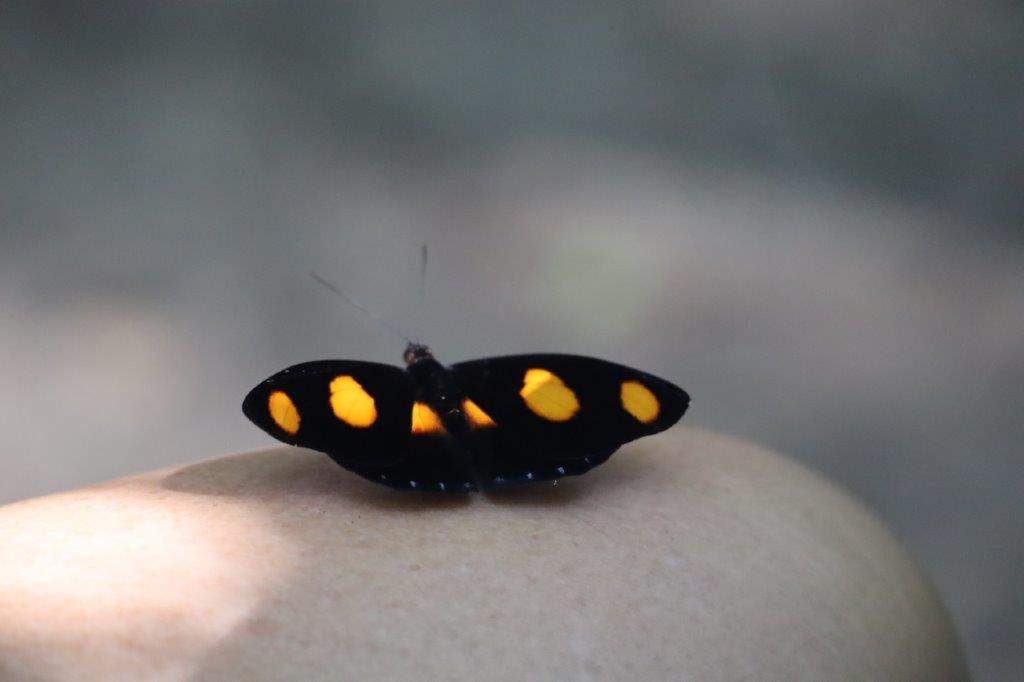49. Brazil: Parque das Aves/Bird Park
A major tip for travellers to the Brazilian Iguazu National Park: Barely outside of the Iguazu National Park is the Parque das Aves, where you can see all typical tropical and subtropical birds that are found in the area up close.
Parque das Aves
The Parque das Aves (English: Bird Park) is a sanctuary and shelter for birds situated in Foz do Iguaçu, Paraná State, Brazil, and it is near to Iguaçu Falls. Its exhibits comprise mainly birds as well as other animals and butterflies. The park is divided into sections for these animals.
The park was opened in 1994 and it is set within 16 hectares (40 acres) of forest.
Parque das Aves is the only institution in the world focused on the conservation of birds from the Atlantic Forest. By visiting the Park, you will have an enchanting experience with these beautiful and exuberant birds and the forests they inhabit, and you will help to reverse the conservation crisis that the Forest and its species are experiencing.
The Atlantic Forest is the second most biodiverse biome on the planet and is home to the largest number of endemic species, that is, species that only occur in this location. The diversity of species found in the Atlantic Forest is incredible and enchanting. 8% of all species on the planet live here.
The Red-legged Seriema
The red-legged seriema (Cariama cristata), also known as the crested cariama and crested seriema, is a mostly predatory terrestrial bird in the seriema family (Cariamidae), included in the Gruiformes in the old paraphyletic circumscription but recently placed in a distinct order: Cariamiformes (along with three extinct families).
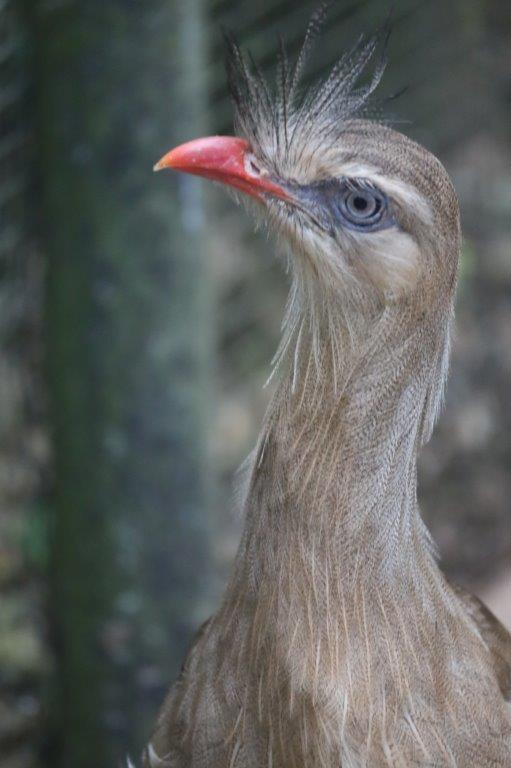
(Genus)
(Species)
|
The red-legged seriema is widely distributed in South America, occurring in central and eastern Brazil through eastern Bolivia and Paraguay to Uruguay and central Argentina (south to La Pampa).
Like the black-legged seriema, farmers often use them as guard animals to protect poultry from predators and sometimes human intruders.
The South American Red Crested Cardinal
The red-crested cardinal (Paroaria coronata) is a passerine bird in the tanager family Thraupidae. Notwithstanding its similar name, this bird is not closely related to the true cardinal family Cardinalidae. It is sometimes known as the Brazilian cardinal.
The red-crested cardinal is a medium-sized species showing a red head, with a red bib and a short red crest that the bird raises when excited. Belly, breast and undertail are white, with a gray back, wings, and tail. Wing coverts are gray, but the primaries, secondaries, and rectrices show a darker gray. Juveniles are similar to the adults, but they show a dull brownish orange head and bib.
This species is very similar to a close relative, the red-cowled cardinal (P. dominicana). It is also similar to the yellow-billed cardinal (P. capitata), but the latter bird has a black throat, darker upper parts and a bright yellow bill.
Flamingo
Flamingos or flamingoes are a type of wading bird in the family Phoenicopteridae, which is the only extant family in the order Phoenicopteriformes. There are four flamingo species distributed throughout the Americas (including the Caribbean), and two species native to Afro-Eurasia.
The Wandelgek had seen several flamincos at the Patagonian east coast as well as near the Andes in southern lake district where the lakes provided a fine foraging location.
Flamingos usually stand on one leg with the other tucked beneath the body. The reason for this behaviour is not fully understood. One theory is that standing on one leg allows the birds to conserve more body heat, given that they spend a significant amount of time wading in cold water. However, the behaviour also takes place in warm water and is also observed in birds that do not typically stand in water. An alternative theory is that standing on one leg reduces the energy expenditure for producing muscular effort to stand and balance on one leg. A study on cadavers showed that the one-legged pose could be held without any muscle activity, while living flamingos demonstrate substantially less body sway in a one-legged posture.
While walking, a flamingo’s legs may appear to bend backwards. This appearance is due to the middle joint on their legs being their ankle, not their knee. Flamingos also have webbed feet that aid with swimming and they may stamp their feet in the mud to stir up food from the bottom.
Flamingos are capable flyers, and flamingos in captivity often require wing clipping to prevent escape. A pair of African flamingos which had not yet had their wings clipped escaped from the Wichita, Kansas, zoo in 2005. One was spotted in Texas 14 years later. It had been seen previously by birders in Texas, Wisconsin and Louisiana.
Macaws
Blue-winged macaw
The blue-winged macaw (Primolius maracana), in aviculture more commonly known as Illiger’s macaw, is a species of small macaw (sometimes called a mini-macaw) found in central and eastern South America. The second name is in honor of the German ornithologist Johann Karl Wilhelm Illiger.⁶ It was previously placed in the genera Ara or Propyrrhura. Blue-winged macaws have been known to reach an age of 50–60 years.
It has a total length of approximately 36–43 cm (14–17 in). It has a moderately sized black bill, a long tail and a mainly green plumage. The upperside of the remiges and primary coverts are blue, as indicated by its common name. The underside of the wings is yellowish, the tail-tip, crown and cheeks are bluish, and the tail-base and small belly-patch are red. The iris is amber. It and the red-bellied macaw are the only macaws where the bare facial-skin is yellowish, but this often fades to white in captivity. Unlike the red-bellied macaw, the blue-winged has a red lower abdomen and a red lower back. In the wild, its flight pattern is said to be a distinctive ‘jerky, rearing motion.’
The blue-winged macaw occurs in eastern and southern Brazil (with a remnant population north-east), eastern Paraguay and, at least formerly, in far north-eastern Argentina and east of Bolivia. It occurs in evergreen and deciduous forests, with a preference for gallery forest. They mainly feed on seeds of Cnidoscolus phyllacanthus, Jatropha, Guazuma ulmifolia, and the non-native Melia azedarach. However, the birds also feed on fruits and nuts.
Two Blue-winged macaws snogging 🤣😂
These birds are affected mostly by deforestation. They were also captured for the cagebird trade – from 1977 to 1979, 183 birds arrived at the United States from Paraguay. It has declined in the southern part of its range, and there are no recent records from Misiones Province in Argentina where many were killed by farmers who considered them pests. Therefore, it was previously considered vulnerable. Information from Brazil suggests it remains widespread and has even re-colonised areas in its historical range in southern Rio de Janeiro. This has led to it being downlisted to near threatened.
From the plane (BA to Iguazu and later Iguazu to BA), The Wandelgek could easily see that there had been massive deforestation in this area of the country in favor of agriculture. This was however mostly masked from the ground because large patches of agricultural land were surrounded by broad tree borders, hiding these from view when driving on the main roads.
Red-shouldered macaw
The red-shouldered macaw (Diopsittaca nobilis) is a small green South American parrot, a member of a large group of Neotropical parrots called macaws. The species is named for the red coverts on its wings. It is the smallest macaw, being 30–35 cm (12–14 in) in length – similar in size to the Aratinga parakeets. It is native to the tropical lowlands, savannah, and swamplands of Brazil, the Guianas, Bolivia, Venezuela, and far south-eastern Peru. There are three subspecies: The noble macaw (Diopsittaca nobilis cumanensis), Hahn’s macaw (Diopsittaca nobilis nobilis), and the long-winged macaw (Diopsittaca nobilis longipennis). The long-winged macaw is a poorly distinct third subspecies that has longer wings, but is otherwise similar to the noble macaw. The Hahn’s subspecies is named for German zoologist Carl-Wilhelm Hahn, who in 1834 began compiling Ornithologischer Atlas oder naturgetreue Abbildung und Beschreibung der aussereuropäischen Vögel (Engl: Ornithological Atlas or natural depiction and description of birds from outside Europe).
Red-shouldered macaws are frequently bred in captivity for the pet trade, where they are sometimes described as mini-macaws.
Though wild populations of red-shouldered macaws have declined locally due to habitat loss, they are listed as Least Concern by IUCN. They are listed on Appendix II of CITES, trade restricted.
The red-shouldered macaw, at 30 cm (12 in) long and 165 g (5.8 oz) weight, is the smallest of all the macaws. Like all macaws, it has a long narrow tail and a large head. It has bright green feathers on the body, with dark or slate blue feathers on the head just above the beak. The wings and tail have feathers that are bright green above and olive-green below. The leading edges of the wings, especially on the underside, are red. (These red feathers appear at puberty.) Their eyes are orange, and the skin around the eyes is white without feathers, just as in the larger macaws. This bare patch of facial skin is smaller in proportion to the head than the one seen in most larger macaws. The Hahn’s macaw and noble macaw can be distinguished by the Hahn’s having a black upper mandible and the Noble’s having a lighter, horn-colored upper mandible.
Their natural vocalizations are more akin to screeches than they are to whistles.
Curasows and Guans
Bare faced Curasow
The bare-faced curassow (Crax fasciolata) is a species of bird in the family Cracidae, the chachalacas, guans, curassows, etc. It is found in Brazil, Paraguay, and eastern Bolivia, and extreme northeast Argentina, in the cerrado, pantanal, and the southeastern region of the Amazon basin. Its natural habitats are subtropical or tropical dry forest and subtropical or tropical moist lowland forest.
The bare-faced curassow is a large bird reaching a length of 82 to 92 centimetres (32 to 36 in). The sexes differ in appearance. The male has black upper parts faintly glossed with greenish-olive, with an unfeathered face with yellowish bare skin, a small black crest, and white underparts. The female, on the other hand, has a black head, throat, neck and upper mantle, and a black and white barred crest. The remainder of the upper parts are greenish-black barred with white or ochre. The black tail is tipped with white or ochre and the underparts are black with ochre barring on the breast, paling to a yellowish or ochre belly. The facial skin on females is blackish.
The bare-faced curassow lives in moist, semi-deciduous and gallery forests, often near the fringes of the woodland. It mainly feeds on fruit, but seeds, flowers and small invertebrates are also eaten. Breeding takes place in the summer in the southern part of its range, with the nests being platforms of sticks in trees.
Females (all photo’s above are of a female) are barred black and white above and have a buffy belly and vent, a black bill with some yellow at the base of the lower bill. Usually found in humid forests and gallery forests foraging singly or in pairs; can be very tame. Commonest call is a high-pitched whistled “kseuw.”
Red-faced Guan
The red-faced guan (Penelope dabbenei) is a species of bird in the family Cracidae, the chachalacas, guans, and curassows. It is found in Argentina and Bolivia.
The red-faced guan is 63 to 69 cm (2.1 to 2.3 ft) long. One female weighed 1,230 g (2.7 lb). It is rich brown overall with white or silvery flecking on the head, breast, and upper back. It has an obvious whitish supercilium, bare pinkish red facial skin, and the red dewlap that is typical of its genus.
Dusky-legged Guan
The bird measures an average of 73 centimeters in length and weighs an average of 1.2 kilograms, being very similar in appearance to its smaller relative, the rusty-margined guan (P. supercilliaris).
Black-fronted piping guan
The black-fronted piping guan or jacutinga in Brazilian Portuguese (Pipile jacutinga) is a bird in the chachalaca, guan, and curassow family Cracidae. It is found in Argentina, Brazil, and Paraguay.
The black-fronted piping guan is 63.5 to 74 cm (2.08 to 2.43 ft) long and weighs 1,100 to 1,400 g (2.4 to 3.1 lb). It is similar in general appearance to a slim turkey, with a thin neck and small head. It is mainly black with a bluish gloss and a conspicuous white wing patch bearing rows of black dots. It has a large white crest and a red throat wattle with a dark blue patch at the front. Its ring of bare white skin around the dark eye and black-feathered face and forehead are unique in its genus. The legs and feet are red.
Apart from the different areas for birds, there was also a:
Reptilian area
There was a pool.
D’Orbigny’s slider / Black-bellied slider
D’Orbigny’s slider or the black-bellied slider (Trachemys dorbigni), commonly known in Brazil as tartaruga-tigre or tartaruga-tigre-d’água (which mean “tiger turtle” and “water tiger turtle” in Portuguese), is a species of water turtle in the family Emydidae. The species is found in southern Brazil, northeastern Argentina, and Uruguay. Two subspecies (in addition to the nominate subspecies) are recognized as being valid, Trachemys dorbigni adiutrix and Trachemys dorbigni brasiliensis.
In this pool were several turtles…
The form of the plastron determines its gender. After a few years of life, show differences between male and female. Males have a penis that is inserted into the tail. It becomes apparent only during the mating season when it is inserted into the female’s cloaca. D’Orbigny’s slider has a life span of between 30 and 100 years in captivity.
They are usually found in water bodies such as lakes, marshes, streams and rivers. They have a preference for waters with low or moderate currents, soft bottoms and abundant aquatic vegetation.
American crocodile
The American crocodile (Crocodylus acutus) is a species of crocodilian found in the Neotropics. It is the most widespread of the four extant species of crocodiles from the Americas, with populations present from South Florida, the Caribbean islands of Cuba, Jamaica, Hispaniola, and the coasts of Mexico to as far south as Peru, Ecuador, Colombia, and Venezuela.
The habitat of the American crocodile consists largely of coastal areas. It is also found in river systems, but tends to prefer salinity, resulting in the species congregating in brackish lakes, mangrove swamps, lagoons, cays, and small islands. Other crocodiles also have tolerance to saltwater due to salt glands underneath the tongue, but the American crocodile is the only species other than the saltwater crocodile to commonly live and thrive in saltwater. They can be found on beaches and small island formations without any freshwater source, such as many cays and islets across the Caribbean. They are also found in hypersaline lakes; one of the largest known populations inhabits Lago Enriquillo in the Dominican Republic.
The American crocodile is one of the largest crocodile species. Males can reach lengths of more than 6.1 m (20 ft 0 in), weighing over 1,000 kilograms (2,200 lb). On average, mature males are more in the range of 2.9 to 4.1 m (9 ft 6 in to 13 ft 5 in) in length weighing up to about 400 kg (880 lb). As with other crocodile species, females are smaller, rarely exceeding 3.8 m (12 ft 6 in) in length even
The American crocodile is one of the largest crocodile species. Males can reach lengths of more than 6.1 m (20 ft 0 in), weighing over 1,000 kilograms (2,200 lb). On average, mature males are more in the range of 2.9 to 4.1 m (9 ft 6 in to 13 ft 5 in) in length weighing up to about 400 kg (880 lb). As with other crocodile species, females are smaller, rarely exceeding 3.8 m (12 ft 6 in) in length even in the largest-bodied population.
Like any other large crocodilian, the American crocodile is potentially dangerous to humans, but it tends not to be as aggressive as some other species. American crocodiles coexist with the American alligator in Florida, and with the smaller spectacled caiman within Central America and South America. The IUCN lists the American crocodile as vulnerable.
Argentine black and white Tegu Lizzard
The Argentine black and white tegu (Salvator merianae), also known as the Argentine giant tegu, the black and white tegu, or the huge tegu, is a species of lizard in the family Teiidae. The species is the largest of the “tegu lizards”. It is an omnivorous species which inhabits the tropical rain forests, savannas and semi-deserts of eastern and central South America. They are native to southeastern Brazil, Uruguay, eastern Paraguay, and Argentina.
Tegus are sometimes kept as pets by humans. They are notable for their unusually high intelligence and can also be housebroken. Like other reptiles, tegus go into brumation in autumn when the temperature drops. They exhibit a high level of activity during their wakeful period of the year. They are the only known extant non-avian reptiles to be partly endothermic.
Tegus fill ecological niches similar to those of monitor lizards, but are only distantly related to them; the similarities are an example of convergent evolution.
The Wandelgek walked on through this wonderful rainforest forest garden …
Water birds
The Great Egret
The great egret (Ardea alba), also known as the common egret, large egret, or (in the Old World) great white egret or great white heron, is a large, widely distributed egret. The four subspecies are found in Asia, Africa, the Americas, and southern Europe. Recently, it has also been spreading to more northern areas of Europe. Distributed across most of the tropical and warmer temperate regions of the world, it builds tree nests in colonies close to water.
The great egret is a large heron with all-white plumage. Standing up to 1 m (3.3 ft) tall, this species can measure 80 to 104 cm (31 to 41 in) in length with a wingspan of 131 to 170 cm (52 to 67 in). Body mass can range from 700 to 1,500 g (1.5 to 3.3 lb), with an average around 1,000 g (2.2 lb). It is thus only slightly smaller than the great blue or grey heron (A. cinerea). Apart from size, the great egret can be distinguished from other white egrets by its yellow bill and black legs and feet, though the bill may become darker and the lower legs lighter in the breeding season. In breeding plumage, delicate ornamental feathers are borne on the back. Males and females are identical in appearance; juveniles look like nonbreeding adults. Differentiated from the intermediate egret (Ardea intermedia) by the gape, which extends well beyond the back of the eye in case of the great egret, but ends just behind the eye in case of the intermediate egret.
Its flight is slow with its neck retracted. This is characteristic of herons and bitterns, and distinguishes them from storks, cranes, ibises, and spoonbills, which extend their necks in flight. The great egret walks with its neck extended and wings held close. The great egret is not normally a vocal bird; it gives a low, hoarse croak when disturbed, and at breeding colonies, it often gives a loud croaking cuk cuk cuk and higher-pitched squawks.
Owing to its wide distribution across so much of the Americas, as well as Africa, Europe and Asia, the great egret shares its habitat with many other similar species. For example, the little egret (Egretta garzetta), intermediate egret (Ardea intermedia), Chinese egret (Egretta eulophotes), and the western reef heron (Egretta gularis). In the Americas, the snowy egret (Egretta thula)—a medium-sized heron that shares the same habitat as the great egret—is one such species. The snowy egret is readily distinguished from the great egret because it is noticeably smaller, and it has a more slender bill which is black in color and yellow feet, whereas the great egret has a yellow bill and black feet. Another species that—in North America—is easily confused with the great egret is the white morph of the great blue heron (Ardea herodias). The great blue heron is a bit larger, and has a thicker bill than that of the great egret.
Scarlet Ibis/Eudocimus
After having seen different types of ibises in Africa, this was a new one.
The scarlet ibis, sometimes called red ibis (Eudocimus ruber), is a species of ibis in the bird family Threskiornithidae. It inhabits tropical South America and part of the Caribbean. In form, it resembles most of the other twenty-seven extant species of ibis, but its remarkably brilliant scarlet coloration makes it unmistakable. It is one of the two national birds of Trinidad and Tobago, and its Tupi–Guarani name, guará, is part of the name of several municipalities along the coast of Brazil.
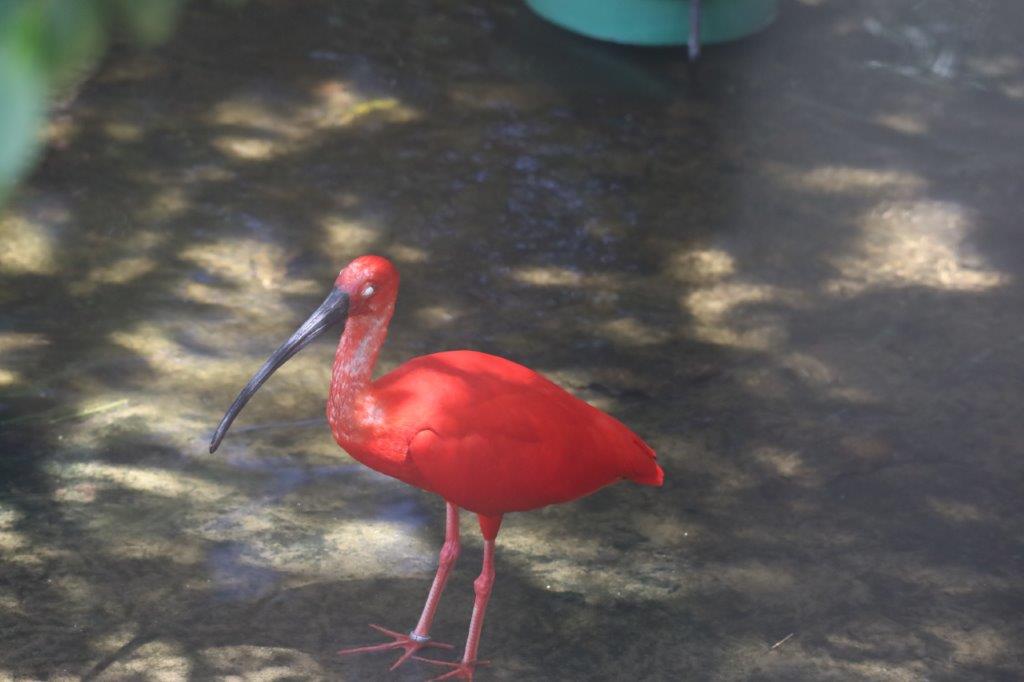 These birds are found in marshy wetlands, often near coasts. They build stick nests in trees or bushes over water, and a typical clutch is two to five eggs. Eudocimus ibises are monogamous and colonial, often nesting in mixed colonies with other wading species.
These birds are found in marshy wetlands, often near coasts. They build stick nests in trees or bushes over water, and a typical clutch is two to five eggs. Eudocimus ibises are monogamous and colonial, often nesting in mixed colonies with other wading species.
Adults are 56–61 cm long with an 85–95 cm wingspan. They have long curved bills, pink legs and bare red faces. The plumage is all-white (albus) or all-scarlet (ruber), except for the black wing-tips, which are easily visible in flight. Juveniles are largely brown with white underparts and duller bare parts.
Eudocimus ibises feed by probing with their long, downcurved beaks. Their diet consists of fish, frogs, crustaceans and insects. They fly with neck and legs outstretched, often in long, loose lines, especially on their way to or from the night-time roosts.
The range of the scarlet ibis is very large, and colonies are found throughout vast areas of South America and the Caribbean islands. Native flocks exist in Brazil; Colombia; French Guiana; Guyana; Suriname; and Venezuela, as well as the islands of the Netherlands Antilles, and Trinidad and Tobago. Flocks gather in wetlands and other marshy habitats, including mud flats, shoreline and rainforest. Outlying colonies have been identified in the coastal areas of the states of Espírito Santo, Rio de Janeiro, São Paulo (for example in the Santos-Cubatão mangroves of the Baixada Santista district), Paraná and Santa Catarina. In recent years, bird colonies can be seen as far south as in the coastal areas of Joinville and the island of São Francisco do Sul.
Owls
Burrowing owl
The burrowing owl (Athene cunicularia), also called the shoco, is a small, long-legged owl found throughout open landscapes of North and South America. Burrowing owls can be found in grasslands, rangelands, agricultural areas, deserts, or any other open, dry area with low vegetation. They nest and roost in burrows, such as those excavated by prairie dogs (Cynomys spp.). Unlike most owls, burrowing owls are often active during the day, although they tend to avoid the midday heat. Like many other kinds of owls, though, burrowing owls do most of their hunting during dusk and dawn, when they can use their night vision and hearing to their advantage. Living in open grasslands as opposed to forests, the burrowing owl has developed longer legs that enable it to sprint, as well as fly, when hunting.
Burrowing owls have bright eyes; their beaks can be dark yellow or gray depending on the subspecies. They lack ear tufts and have a flattened facial disc. The owls have prominent white eyebrows and a white “chin” patch which they expand and display during certain behaviors, such as a bobbing of the head when agitated.
Adults have brown heads and wings with white spotting. Their chests and abdomens are white with variable brown spotting or barring, also depending on the subspecies. Juvenile owls are similar in appearance, but they lack most of the white spotting above and brown barring below. The juveniles have a buff bar across their upper wings and their breasts may be buff-colored rather than white. Burrowing owls of all ages have grayish legs longer than those of other owls.
Males and females are similar in size and appearance, so display little sexual dimorphism. Females tend to be heavier, but males tend to have longer linear measurements (wing length, tail length, etc.). Adult males appear lighter in color than females because they spend more time outside the burrow during daylight, and their feathers become “sun-bleached”. The burrowing owl measures 19–28 cm (7–11 in) long and spans 50.8–61 cm (20–24 in) across the wings, and weighs 140–240 g (5–8 oz). As a size comparison, an average adult is slightly larger than an American robin (Turdus migratorius).
Striped owl (Pseudoscops clamator)
The striped owl (Asio clamator) is a medium-sized owl with large ear tufts and a brownish-white facial disk rimmed with black. Its beak is black, and it has cinnamon-colored eyes. It has shorter, rounder wings than most of its close relatives. The upperparts are cinnamon with fine black vermiculation and heavy stripes. The underparts are pale tawny with dusky streaks. It is native to South America and parts of Central America.
The striped owl is a relatively large species with prominent tufts of elongated feathers on the crown resembling ears. It is 30–38 cm (12–15 in) long and weighs from 320 to 546 g (11.3 to 19.3 oz). Its head, back, wings and tail are brown with black stripes and small markings while its underparts are buff-coloured with heavy black streaking on the breast. The facial disk is pure white with a thin black border.
The striped owl is native to much of South and Central America. Its range is not well known, perhaps because it is nocturnal and not easily seen, but it is known from Argentina, Belize, Bolivia, Brazil, Colombia, Costa Rica, Ecuador, El Salvador, French Guiana, Guatemala, Guyana, Honduras, Mexico, Nicaragua, Panama, Paraguay, Peru, Suriname, Trinidad and Tobago, Uruguay and Venezuela. It uses a variety of habitats, including riparian woodlands, marshes, savannahs, grassy open areas, and tropical rainforests. It can be found from sea level to an altitude of 1,600 m (5,200 ft) and above.
Macaws
Hyacinth macaw
The hyacinth macaw (Anodorhynchus hyacinthinus), or hyacinthine macaw, is a parrot native to central and eastern South America. With a length (from the top of its head to the tip of its long pointed tail) of about one meter it is longer than any other species of parrot. It is the largest macaw and the largest flying parrot species; the flightless kākāpō of New Zealand outweighs it at up to 3.5 kg. While generally easily recognized, it could be confused with the smaller Lear’s macaw. Habitat loss and the trapping of wild birds for the pet trade have taken a heavy toll on their population in the wild, so the species is classified as Vulnerable on the International Union for Conservation of Nature’s Red List, and it is protected by its listing on Appendix I of the Convention on International Trade in Endangered Species of Wild Fauna and Flora (CITES).
The largest parrot by length in the world, the hyacinth macaw is 1 m (3 ft 3 in) long from the tip of its tail to the top of its head and weighs 1.2–1.7 kg (2 lb 10 oz – 3 lb 12 oz). Each wing is 38.8–42.5 cm (15+1⁄4–16+3⁄4 in) long. The tail is long and pointed. Its feathers are entirely blue, lighter above. However, the neck feathers can sometimes be slightly grey. The ring around the parrot’s eyes and the area just underneath the beak are a strong, vibrant yellow.
In the Pantanal, hyacinth macaws feed almost exclusively on the nuts of Acrocomia aculeata and Attalea phalerata palm trees.
This behaviour was recorded by the English naturalist Henry Walter Bates in his 1863 book The Naturalist on the River Amazons, where he wrote that
It flies in pairs, and feeds on the hard nuts of several palms, but especially of the Mucuja (Acrocomia lasiospatha). These nuts, which are so hard as to be difficult to break with a heavy hammer, are crushed to a pulp by the powerful beak of this macaw.
— Bates
Charles Darwin remarked on Bates’s account of the species, calling it a “splendid bird” with its “enormous beak” able to feed on these palm nuts.
Ara
Ara is a Neotropical genus of macaws with eight extant species and at least two extinct species. The genus name was coined by French naturalist Bernard Germain de Lacépède in 1799. It gives its name to and is part of the Arini, or tribe of Neotropical parrots. The genus name Ara is derived from the Tupi word ará, an onomatopoeia of the sound a macaw makes.
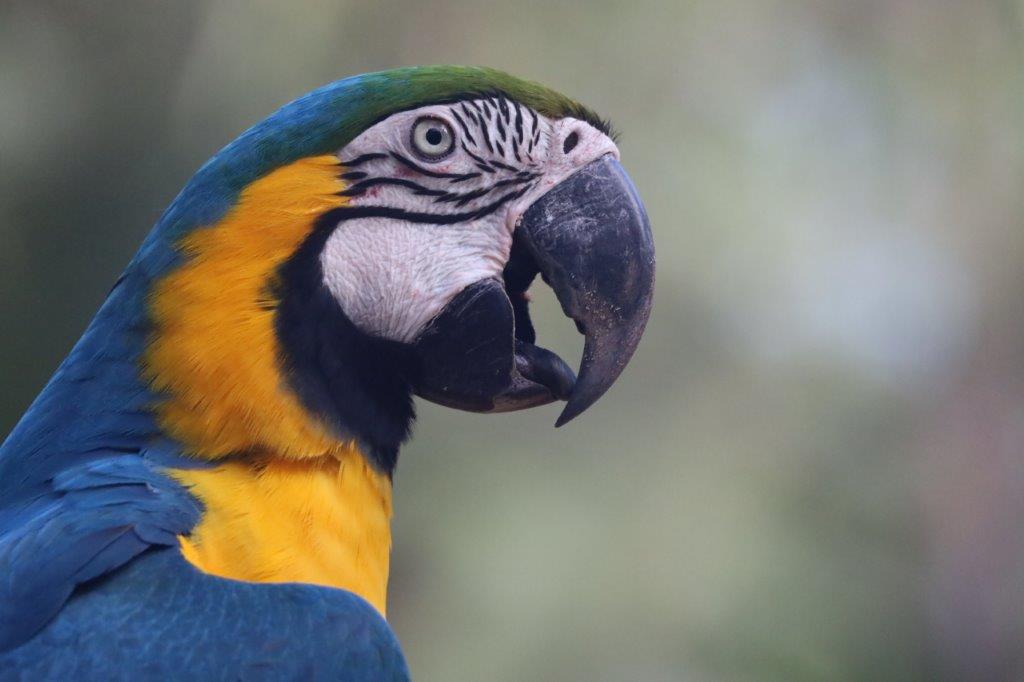
The Ara macaws are large striking parrots with long tails, long narrow wings and vividly coloured plumage. They all have a characteristic bare face patch around the eyes. Males and females have similar plumage. Many of its members are popular in the pet trade, and bird smuggling is a threat to several species.
The Ara macaws are large parrots ranging from 46–51 cm (18–20 in) in length and 285 to 287 g (10 oz) in weight in the chestnut-fronted macaw, to 90–95 cm (35.5–37.5 in) and 1,708 g (60.2 oz) in the green-winged macaw. The wings of these macaws are long and narrow, which is typical for species of parrot which travel long distances in order to forage. They have a massive downward curved upper mandible and a patch of pale skin around the eye that extends to base of the beak.
The skin patch bears minute feathers arranged in lines that form a pattern over the otherwise bare skin in all species of the genus except the scarlet macaw in which the skin is bare. In most species the bill is black, but the scarlet macaw and green-winged macaw have a predominantly horn coloured upper mandible and a black lower one.
The colours in the plumage of the Ara macaws are spectacular. Four species are predominantly green, two species are mostly blue and yellow, and three species (including the extinct Cuban macaw) are mostly red. There is no sexual dimorphism in the plumage, and the plumage of the juveniles is similar to adults, although slightly duller in some species.
Nightjar/Common Nighthawk
Nightjars are medium-sized nocturnal or crepuscular birds in the family Caprimulgidae and order Caprimulgiformes, characterised by long wings, short legs, and very short bills. They are sometimes called bugeaters, their primary source of food being insects. Some New World species are called nighthawks. The English word “nightjar” originally referred to the European nightjar.
The common nighthawk or bullbat (Chordeiles minor) is a medium-sized crepuscular or nocturnal bird of the Americas within the nightjar (Caprimulgidae) family, whose presence and identity are best revealed by its vocalization. Typically dark (gray, black and brown), displaying cryptic colouration and intricate patterns, this bird is difficult to spot with the naked eye during the day. This bird is most conspicuous when in its buoyant and erratic flight. The most remarkable feature of this aerial insectivore is its small beak that belies the massiveness of its mouth. Some claim appearance similarities to owls. With its horizontal stance and short legs, the common nighthawk does not travel frequently on the ground, instead preferring to perch horizontally, parallel to branches, on posts, on the ground or on a roof. The males of this species may roost together but the bird is primarily solitary. The common nighthawk shows variability in territory size.
Toucans
Toucans are Neotropical birds in the family Ramphastidae. The Ramphastidae are most closely related to the Toucan barbets. They are brightly marked and have large, often colorful bills. The family includes five genera and over 40 different species.
Toucans are arboreal and typically lay two to four white eggs in their nests. They make their nests in tree hollows and holes excavated by other animals such as woodpeckers—the toucan bill has very limited use as an excavation tool. When the eggs hatch, the young emerge completely naked, without any down. Toucans are resident breeders and do not migrate. Toucans are usually found in pairs or small flocks. They sometimes fence with their bills and wrestle, which scientists hypothesize they do to establish dominance hierarchies. In Africa and Asia, hornbills occupy the toucans’ ecological niche, an example of convergent evolution.
Red-breasted Toucan
The red-breasted toucan or green-billed toucan (Ramphastos dicolorus) is a bird in the family Ramphastidae, the toucans, toucanets, and aracaris. It is found in Argentina, Brazil, Bolivia and Paraguay.
The red-breasted toucan is 42 to 48 cm (17 to 19 in) long and weighs 265 to 400 g (9.3 to 14 oz); it is the smallest member of genus Ramphastos. The sexes are alike though the female’s bill is shorter than the male’s. Their bill is mostly green to green-yellow, with a vertical black line at its base, red and ivory tomial “teeth”, and some green striations on the maxilla. Their crown, nape, upperparts, and tail are black but for red uppertail coverts. Their face is yellow with bare red, blue, and yellow-green skin around the eye. Their throat and breast are yellow with a red area within the lower breast. Their belly and undertail coverts are red and their flanks black.
In the southern part of its range the red-breasted toucan moves to lower elevations in the austral winter. After breeding some move from natural forest into plantations.
The red-breasted toucan feeds mostly on fruits, of both native and introduced plants as well as green coffee beans and fruit in orchards. To a lesser extent it also feeds on insects and small birds. It usually forages in pairs and small groups but 20 or more may gather at times. It usually forages in the forest canopy but will pick up fallen fruit from the ground.
Toco Toucan
The Toco Toucan is the largest and most iconic Toucan, maybe one of the most photogenic and thus rememberable and marketing friendly birds.
That’s why anyone visiting Ireland must have seen these beautiful enamel Guinness shields:
Another example is the logo of the dutch restaurant and hotel chain Van der Toekan … ehm just kidding. Van der Valk. But the Toucan is more colorful than the Valk (falcon) and it was already the logo of an Avifauna park which the Van der Valk family was buying so the logo became:
The toco toucan (Ramphastos toco) is a species of bird in the toucan family Ramphastidae. It is the largest species of toucan and has a distinctive appearance, with a black body, a white throat, chest and uppertail-coverts, and red undertail-coverts. Its most conspicuous feature is its massive beak, which is yellow-orange with a black base and large spot on the tip. It is endemic to South America, where it has a wide distribution from the Guianas south to northern Argentina and Uruguay, and its range has recently been expanding southwards. Unlike other toucans, which inhabit continuous forests, toco toucans inhabit a variety of semi-open habitats at altitudes of up to 1,750 m (5,740 ft). They are especially common in the Brazilian cerrado, gallery forests, and the wetlands of the Pantanal.
Toco toucans mainly feed on fleshy fruits, but also supplement their diets with insects, eggs, and nestlings of other birds. They will eat any available sugar-rich fruits, and show a high level of variation in their diet depending on the surrounding habitat. Breeding is seasonal, with the timing of the breeding season differing between regions. Nests are usually made in hollows in trees and contain two to four eggs; both parents incubate the eggs for 17–18 days before hatching. It is considered to be of Least Concern by BirdLife International.
Golden parakeet
The golden parakeet or golden conure (Guaruba guarouba), or the Queen of Bavaria conure is a medium-sized golden-yellow Neotropical parrot native to the Amazon Basin of interior northern Brazil. It is the only species placed in the genus Guaruba.
Its plumage is mostly bright yellow, hence its common name, but it also possesses green remiges. It lives in the drier, upland rainforests in Amazonian Brazil, and is threatened by deforestation and flooding, and also by the now-illegal trapping of wild individuals for the pet trade. It is listed on CITES appendix I. Again an endangered bird species by deforestation. It can be found in this area because of the snall but important rainforest of the Iguazu Falls.
Birds of prey
Harpy Eagle
The harpy eagle (Harpia harpyja) is a large neotropical species of eagle. It is also called the American harpy eagle to distinguish it from the Papuan eagle, which is sometimes known as the New Guinea harpy eagle or Papuan harpy eagle. It is the largest and most powerful bird of prey found throughout its range, and among the largest extant species of eagles in the world. It usually inhabits tropical lowland rainforests in the upper (emergent) canopy layer. Destruction of its natural habitat has caused it to vanish from many parts of its former range, and it is nearly extirpated from much of Central America. In Brazil, the harpy eagle is also known as royal-hawk (in Portuguese: gavião-real). The genus Harpia, together with Harpyopsis, Macheiramphus and Morphnus, form the subfamily Harpiinae.
The upperside of the harpy eagle is covered with slate-black feathers, and the underside is mostly white, except for the feathered tarsi, which are striped black. A broad black band across the upper breast separates the gray head from the white belly. The head is pale grey, and is crowned with a double crest. The upperside of the tail is black with three gray bands, while the underside of it is black with three white bands. The irises are gray or brown or red, the cere and bill are black or blackish and the tarsi and toes are yellow. The plumage of males and females is identical. The tarsus is up to 13 cm (5.1 in) long.
Full grown harpy eagles are at the top of a food chain. They possess the largest talons of any living eagle and have been recorded as carrying prey weighing up to roughly half of their own body weight. This allows them to snatch from tree branches a live sloth and other large prey items. Most commonly, harpy eagles use perch hunting, in which they scan for prey activity while briefly perched between short flights from tree to tree. Upon spotting prey, the eagle quickly dives and grabs it. Sometimes, harpy eagles are “sit-and-wait” predators (common in forest-dwelling raptors), perching for long periods on a high point near an opening, a river, or a salt lick, where many mammals go to attain nutrients. On occasion, they may also hunt by flying within or above the canopy. They have also been observed tail-chasing: pursuing another bird in flight, rapidly dodging among trees and branches, a predation style common to hawks (genus Accipiter) that hunt birds.
A recent literature review and research using camera traps list a total of 116 prey species. Its main prey are tree-dwelling mammals, and a majority of the diet has been shown to focus on sloths and monkees.
King Vulture
The king vulture (Sarcoramphus papa) is a large bird found in Central and South America. It is a member of the New World vulture family Cathartidae. This vulture lives predominantly in tropical lowland forests stretching from southern Mexico to northern Argentina. It is the only surviving member of the genus Sarcoramphus, although fossil members are known.
Large and predominantly white, the king vulture has gray to black ruff, flight, and tail feathers. The head and neck are bald, with the skin color varying, including yellow, orange, blue, purple, and red. The king vulture has a very noticeable orange fleshy caruncle on its beak. This vulture is a scavenger and it often makes the initial cut into a fresh carcass. It also displaces smaller New World vulture species from a carcass. King vultures have been known to live for up to 30 years in captivity.
King vultures were popular figures in the Mayan codices as well as in local folklore and medicine. Although currently listed as Least Concern by the IUCN, they are decreasing in number, due primarily to habitat loss.
Jaybirds
Azure jay
The azure jay (Cyanocorax caeruleus) (Brazilian Portuguese: Gralha-azul, meaning blue jackdaw) is a passeriform bird of the crow family, Corvidae. It is found in the Atlantic Forest, especially with Araucaria angustifolia, in south-eastern Brazil (São Paulo to Rio Grande do Sul), far eastern Paraguay and far north-eastern Argentina. It is the state bird of Paraná.
The azure jay has a total length of approximately 40 cm (16 in) and it weighs about 270 g (9.5 oz), and is the largest South American corvid. Its plumage is intensely blue with a contrasting black head and upper chest. Males and females are similar, although the females typically are smaller.
Its breeding season is from October to January. This bird is a social breeder. It lays 2–4 eggs and its nest is made of sticks. It is placed 10–20 m (33–66 ft) above the ground in an Araucaria tree.
It feeds extensively on the nut-like seeds of Araucaria angustifolia, but it is not strictly limited to this, and also feeds on insects and fruit. Like other corvids, azure jays are highly intelligent. Their communication is complex, consisting of at least 14 distinct vocalizations. They form groups of 4 to 15 individuals that are well organized in hierarchies. These groups remain stable for up to two generations.
Plush-crested Jaybird
The plush-crested jay (Cyanocorax chrysops) is a jay of the family Corvidae (which includes the crows and their many allies). It is found in central-southern South America: in southwestern Brazil, Bolivia, Paraguay, Uruguay, and northeastern Argentina, including southern regions of the Amazon Basin river systems bordering the Pantanal.
The plush-crested jay is a medium-sized bird with an overall dark blue colored plumage. It has a cream-yellow underbelly, undertail coverts, underwings, and tail tip, while the upper breast, neck, and head are mostly black. It has a lighter blue on its cheeks and nape, which fades into the darker blue of its body, as well as a spot above its eyes, which are yellow. Its bill is dark blue to black. It has a rounded crest on its head, which it is named for.
Violacious Quail-Dove
The violaceous quail-dove (Geotrygon violacea) is a species of bird in the family Columbidae. It is found in Argentina, Bolivia, Brazil, Colombia, Costa Rica, Guyana, Nicaragua, Panama, Paraguay, Peru, Suriname, and Venezuela.
The nominate subspecies of violaceous quail-dove has a discontinuous distribution. It is found in southeastern Colombia; Guyana and Suriname; northeastern Brazil; parts of Peru and Bolivia; and southeastern Brazil, eastern Paraguay, and far northeastern Argentina. G. v. albiventer is found in Nicaragua, Costa Rica, Panama, and through northeastern Colombia to eastern Venezuela. Some seasonal movements are suspected but not documented. It inhabits the undergrowth and understory of tropical evergreen forest, both primary and secondary, and cacao plantations as well. In elevation it ranges up to 1,650 m (5,410 ft).
Southern Lapwing / Quero Quero
The southern lapwing (Vanellus chilensis), commonly called quero-quero in Brazil, or tero in Argentina and Uruguay, tero-tero in Paraguay, and queltehue in Chile is a wader in the order Charadriiformes. It is a common and widespread resident throughout South America, except in densely forested regions (e.g. most of the Amazon), the higher parts of the Andes, and the arid coast of a large part of western South America.
This bird is particularly common in the basin of the Río de la Plata. It has also been spreading through Central America in recent years. It reached Trinidad in 1961, Tobago in 1974, and has rapidly increased on both islands, sporadically making its way North to Barbados where one pair mated, nested, and produced chicks in 2007. There have been sightings reported in North America with a verified sighting of a bird in Texas posted on Birda on the 17th April 2024.
This lapwing is the only crested wader in South America. It is 32 to 38 cm (13 to 15 in) in length and weighs approximately 250 to 425 g (8.8 to 15.0 oz). The upperparts are mainly brownish grey, with a bronze glossing on the shoulders. The head is particularly striking; mainly grey with a black forehead and throat patch extending onto the black breast. A white border separates the black of the face from the grey of the head and crest. The rest of the underparts are white and the eye ring, legs, and most of the bill are pink. It is equipped with red bony extensions under the wings (spurs), used to intimidate foes and fight birds of prey.
During its slow flapping flight, the southern lapwing shows a broad white wing bar separating the grey-brown of the back and wing coverts from the black flight feathers. The rump is white and the tail black. The call is a very loud and harsh keek-keek-keek.
There are three or four subspecies, differing slightly in head coloration and voice. Vanellus chilensis fretensis from Patagonia is sometimes included in the nominate subspecies V. c. chilensis. The northern subspecies—V. c. cayennensis from the north and V. c. lampronotus from the south of the Amazon River—are sometimes separated as a distinct species, Vanellus cayennensis.
These two subspecies have a browner head—particularly the northernmost birds—and the white face band (broad in the northern and narrow in the southern one) does not reach to the center of the crown. However, birds from the general region of Uruguay apparently intergrade.
No idea Bird
It could be a rock pigeon or a violaceous quail-dove, but I can’t be sure…
At the falls there had been great flocks of butterflies and there were butterflies in this park too, but because of the focus on birds, there was only a bit of time left when the park was closing, which resulted in only a meager single photo of a butterfly, but it is a beauty…
Butterflies
I really do not know its name yet, but it sat down on my knee…
Don’t despair I’ll get back on the subject of butterflies soon.
After leaving the Parque das Aves, The Wandelgek felt very satisfied that he had not returned to Argentina after his visit to the falls, but instead had taken this unexpected detour into the world of endangered birds.
He took a taxi back to the border, had to wait at the border check point to cross back into Argentina and was driven back to tge resort where he would spend the next couple of nights.
After having driven all the way from Brazil to Argentina, we had a traffic accident on the parking lot. The Argentine driver of a car leaving its parking spot backward, didn’t look in his mirrors and bumped into our taxi.
After some harsh words, the Brazilian cab driver chose to let it be and drove back to Brazil.
More about the resort and upcoming adventures in my next blogposts…

